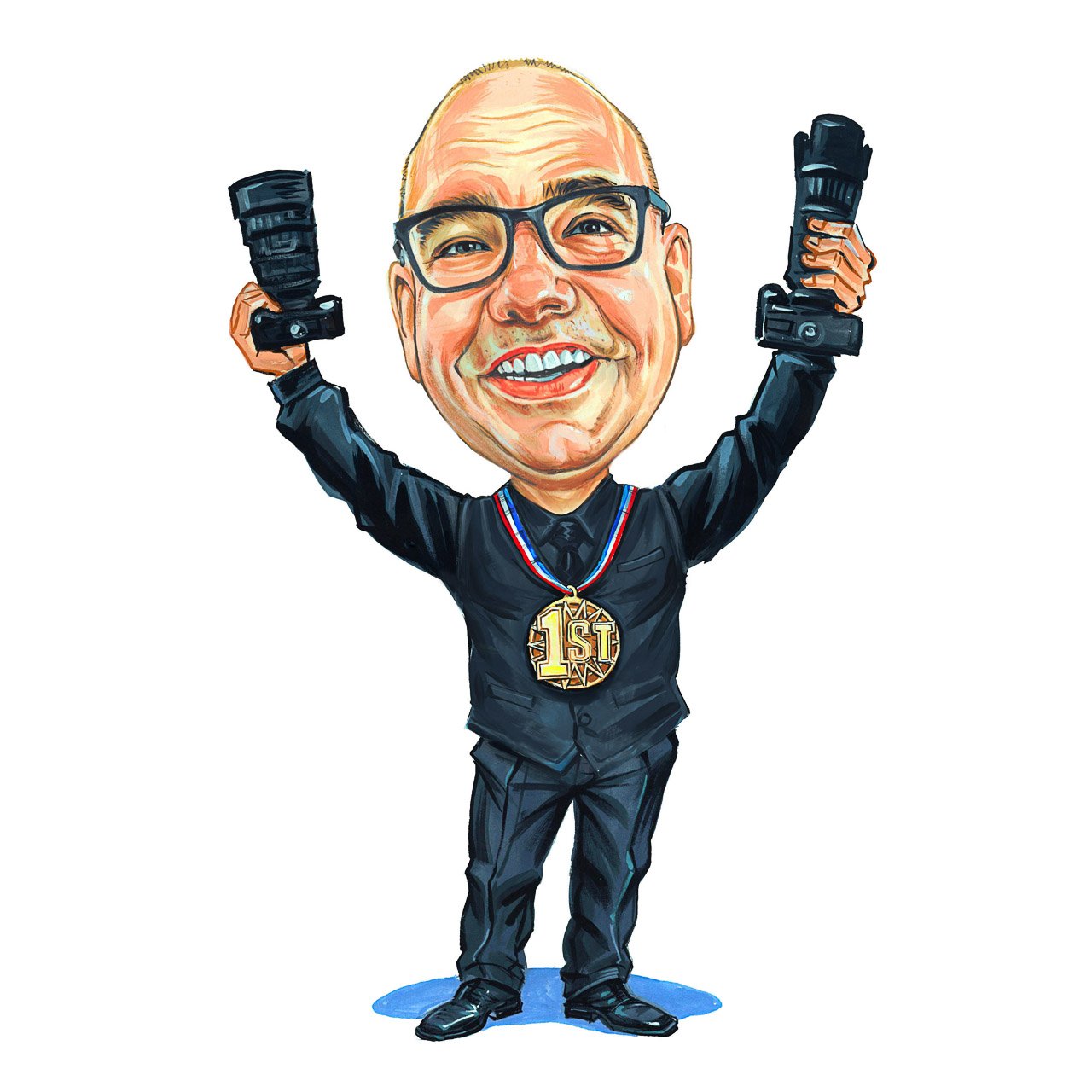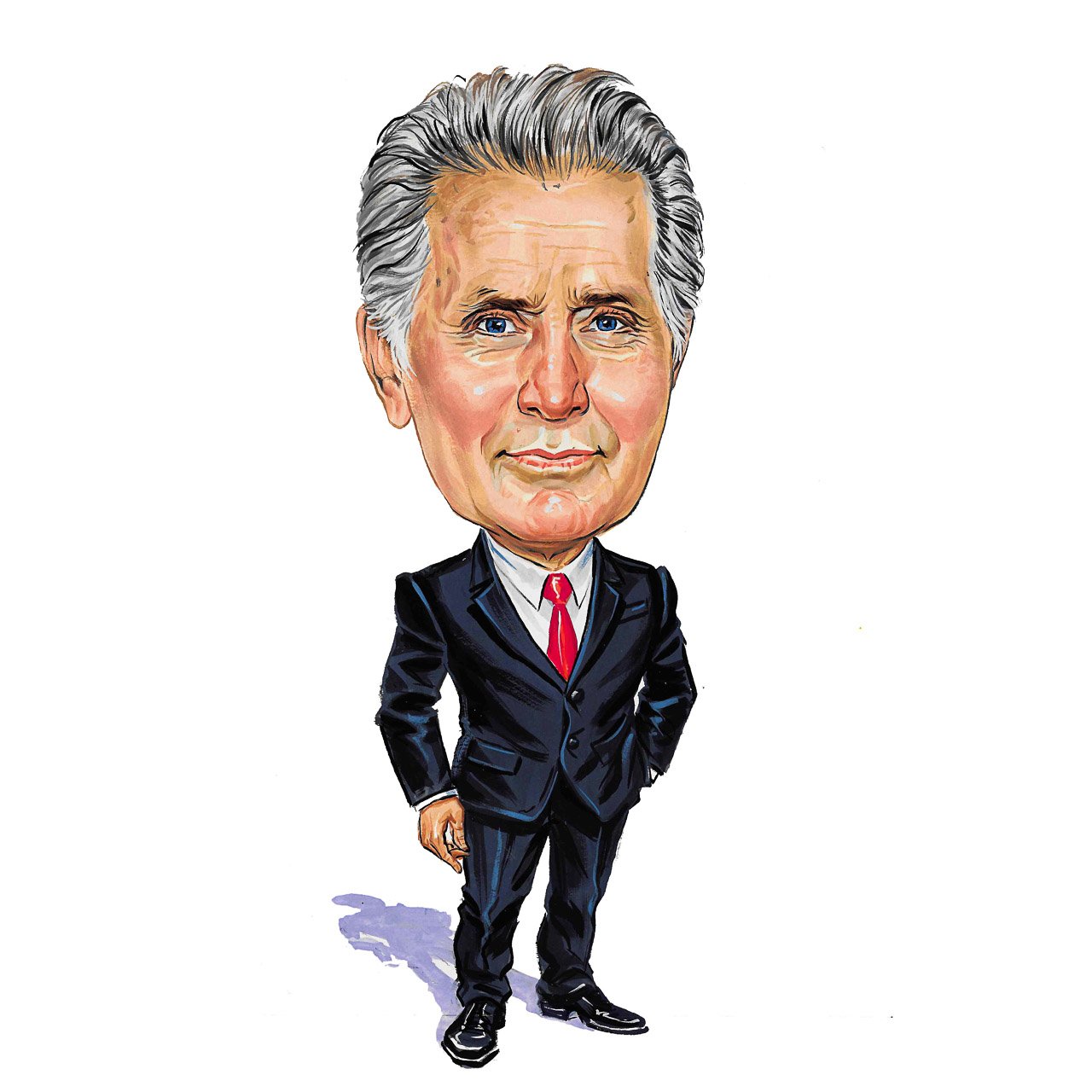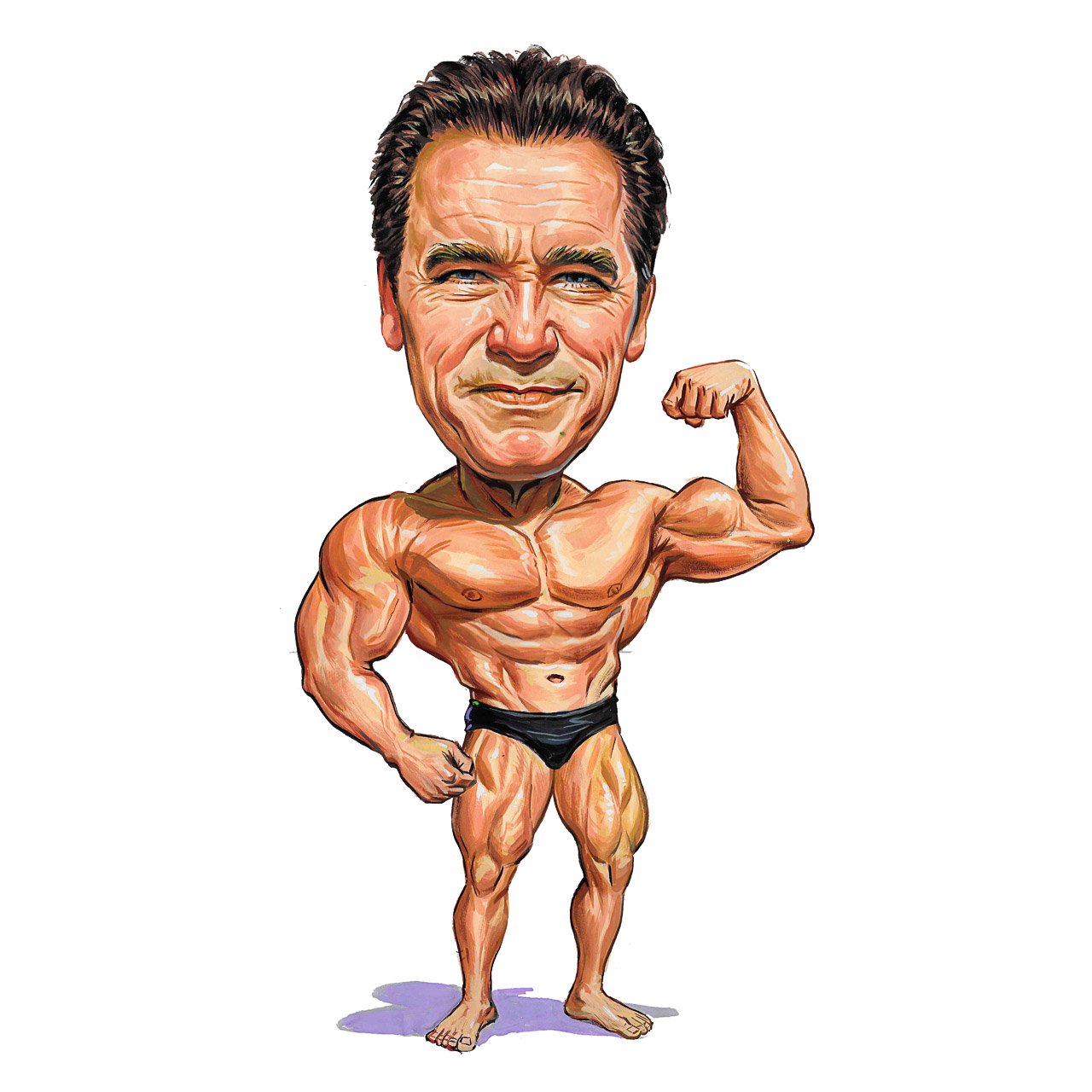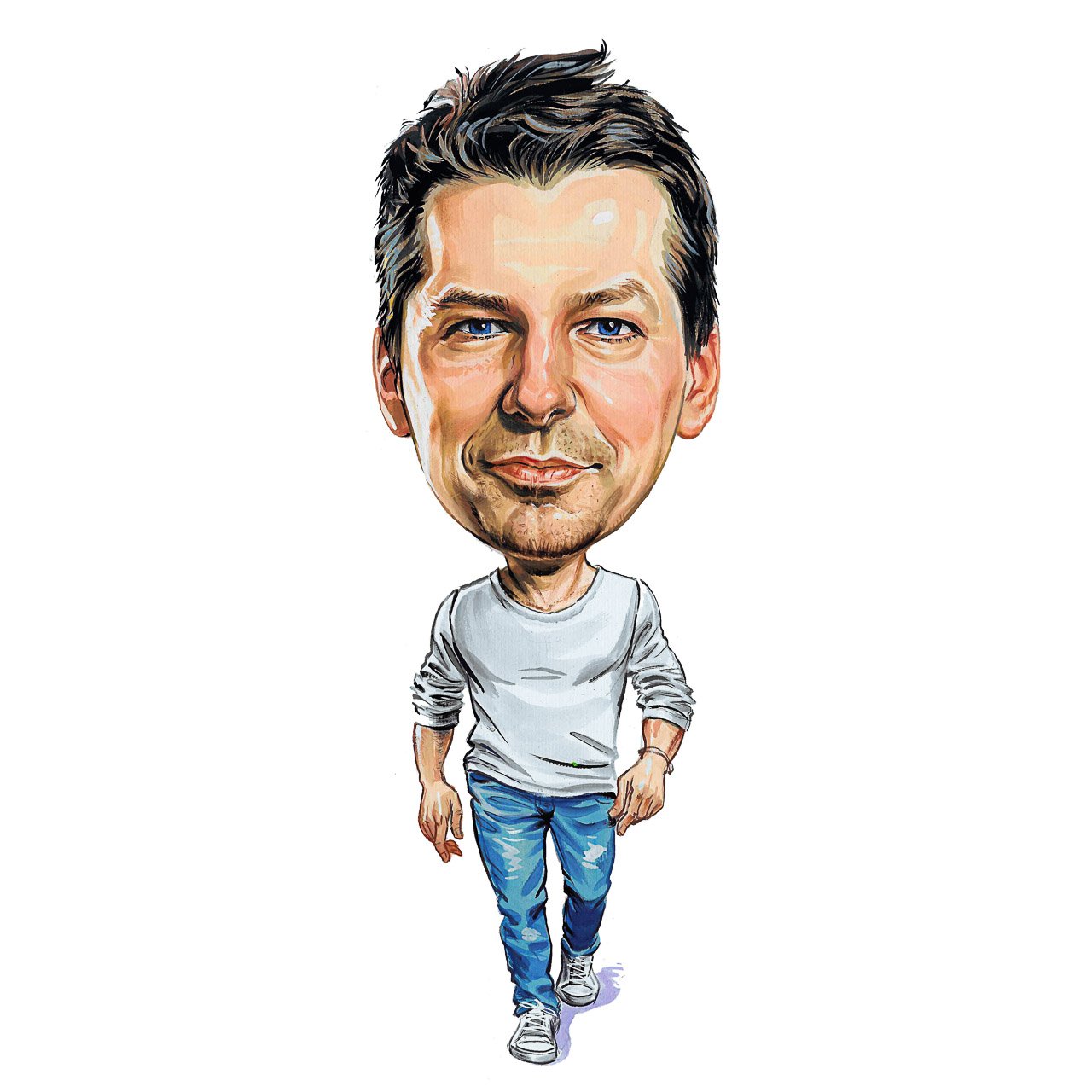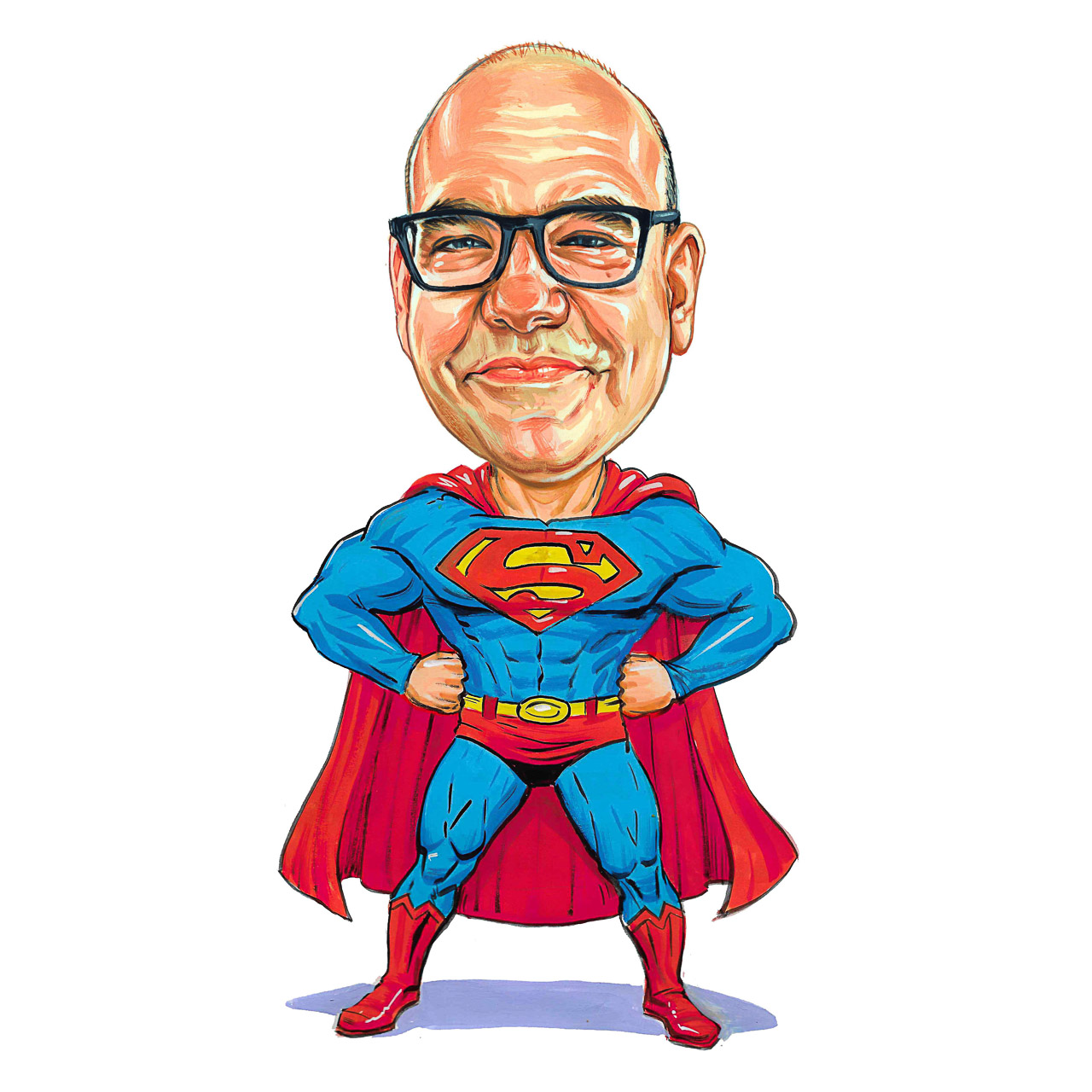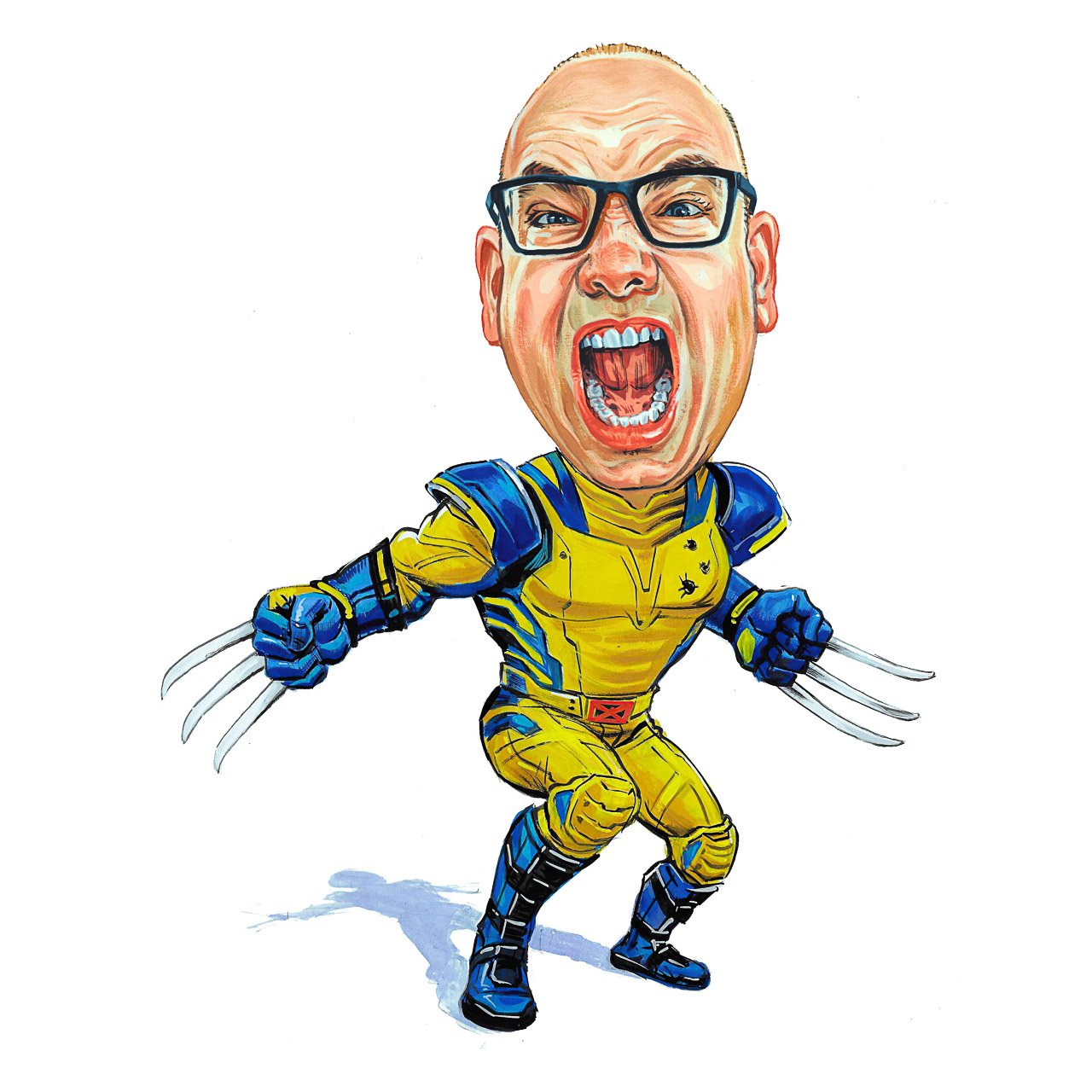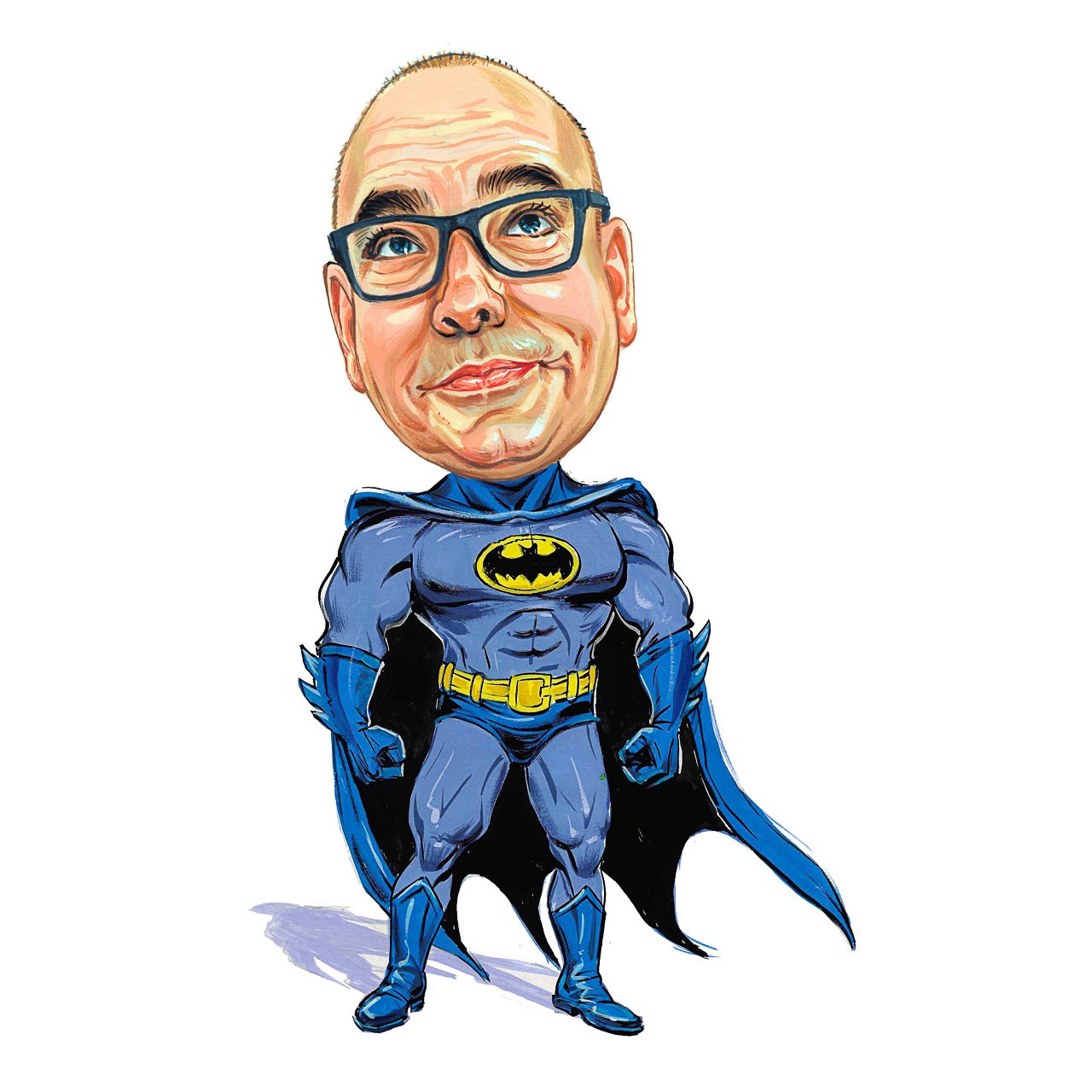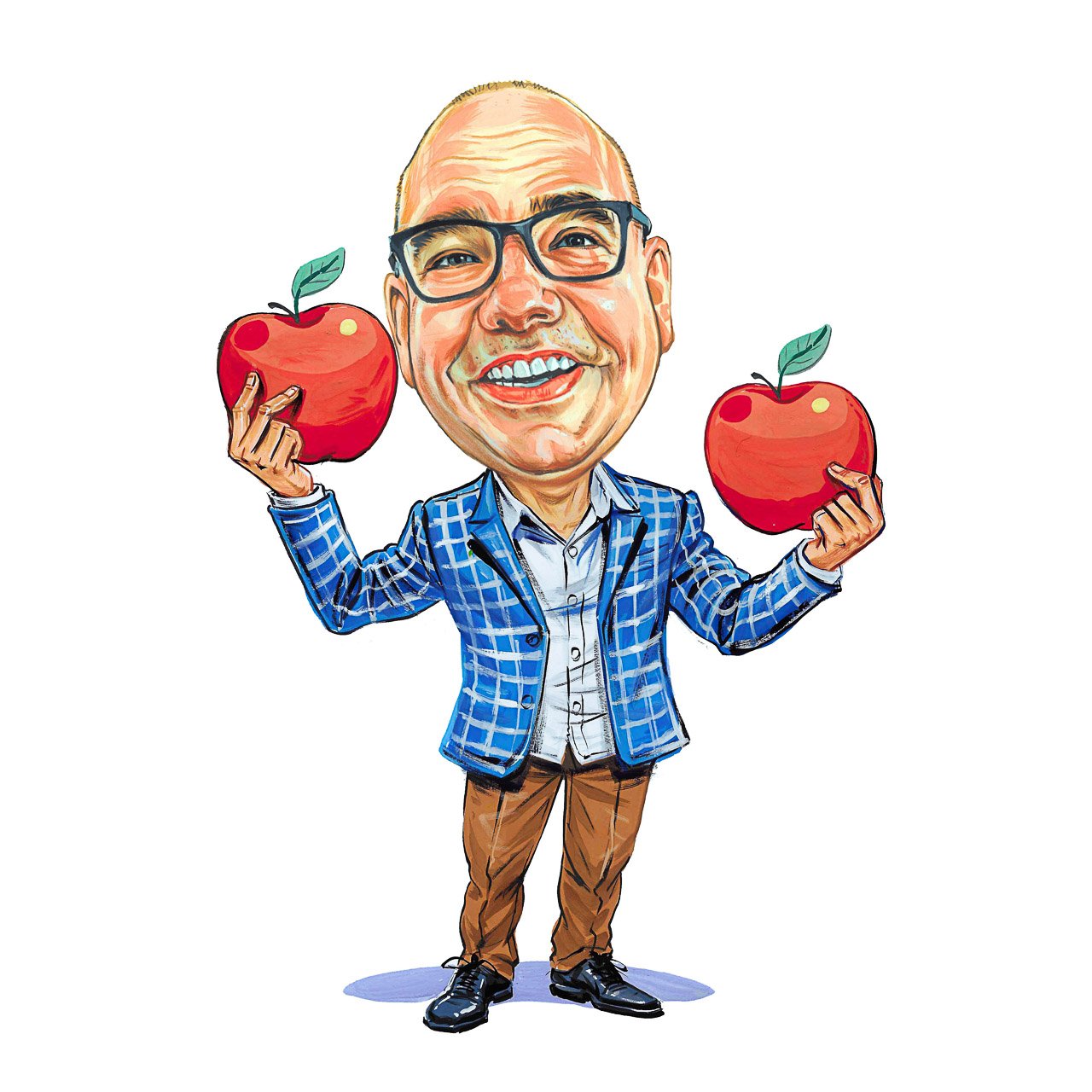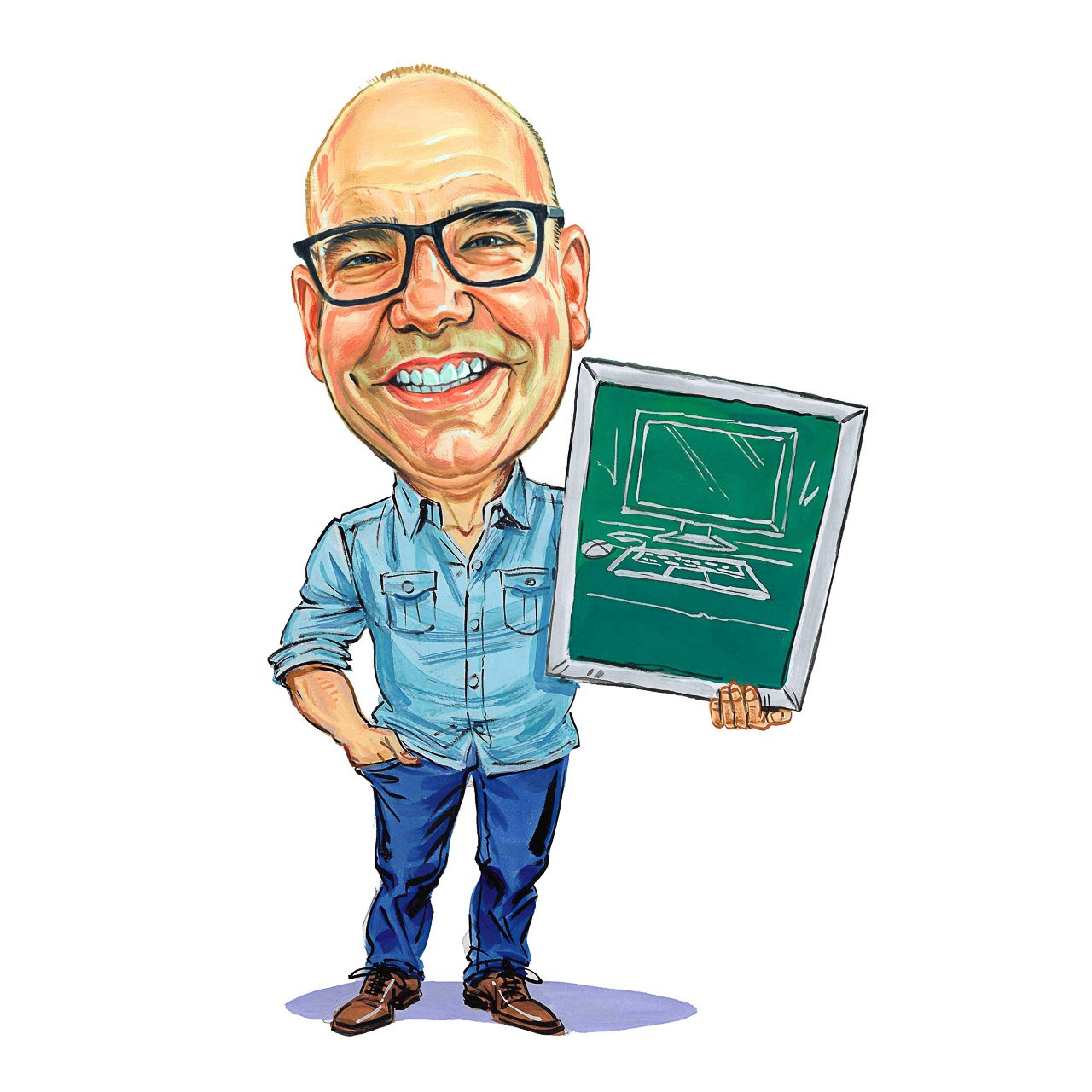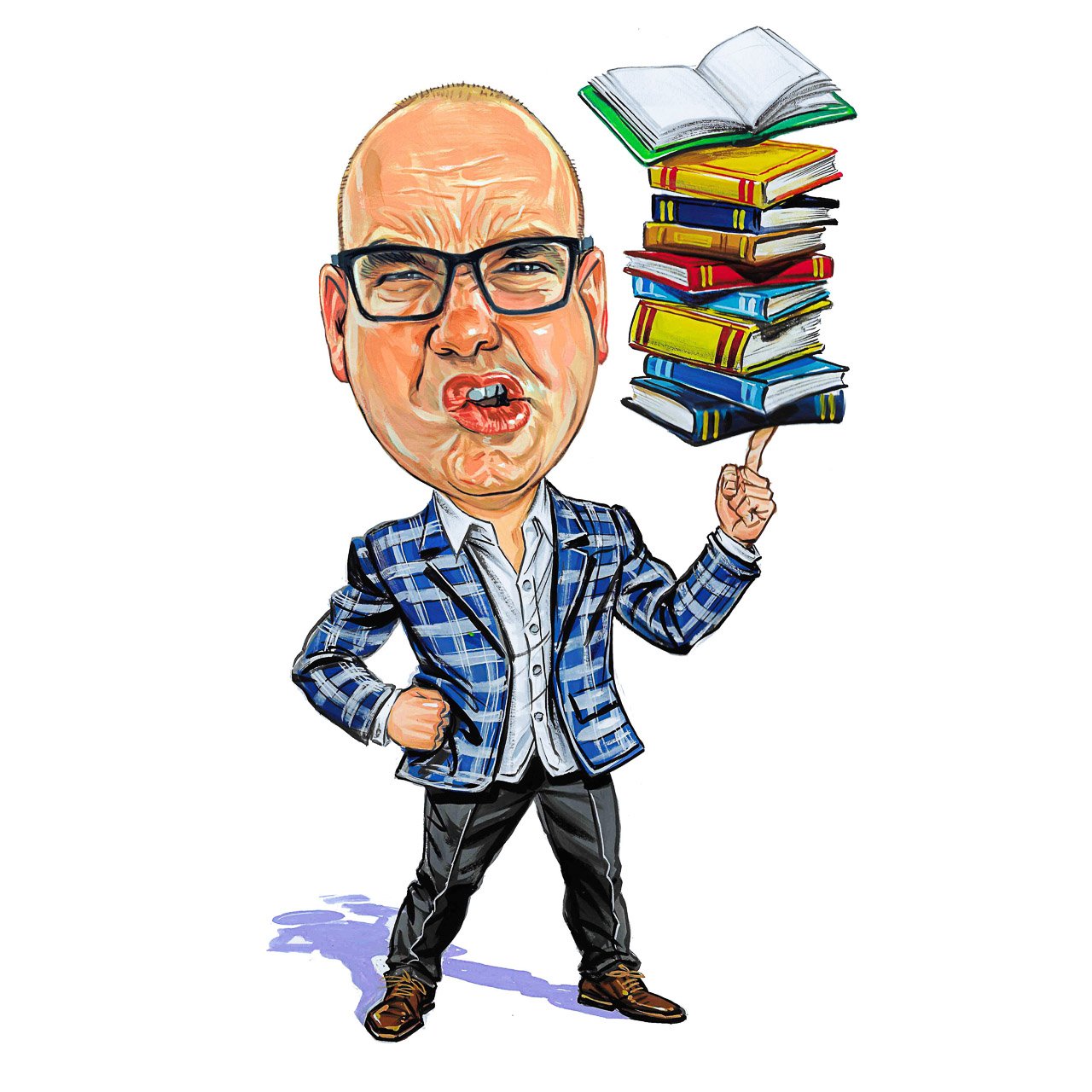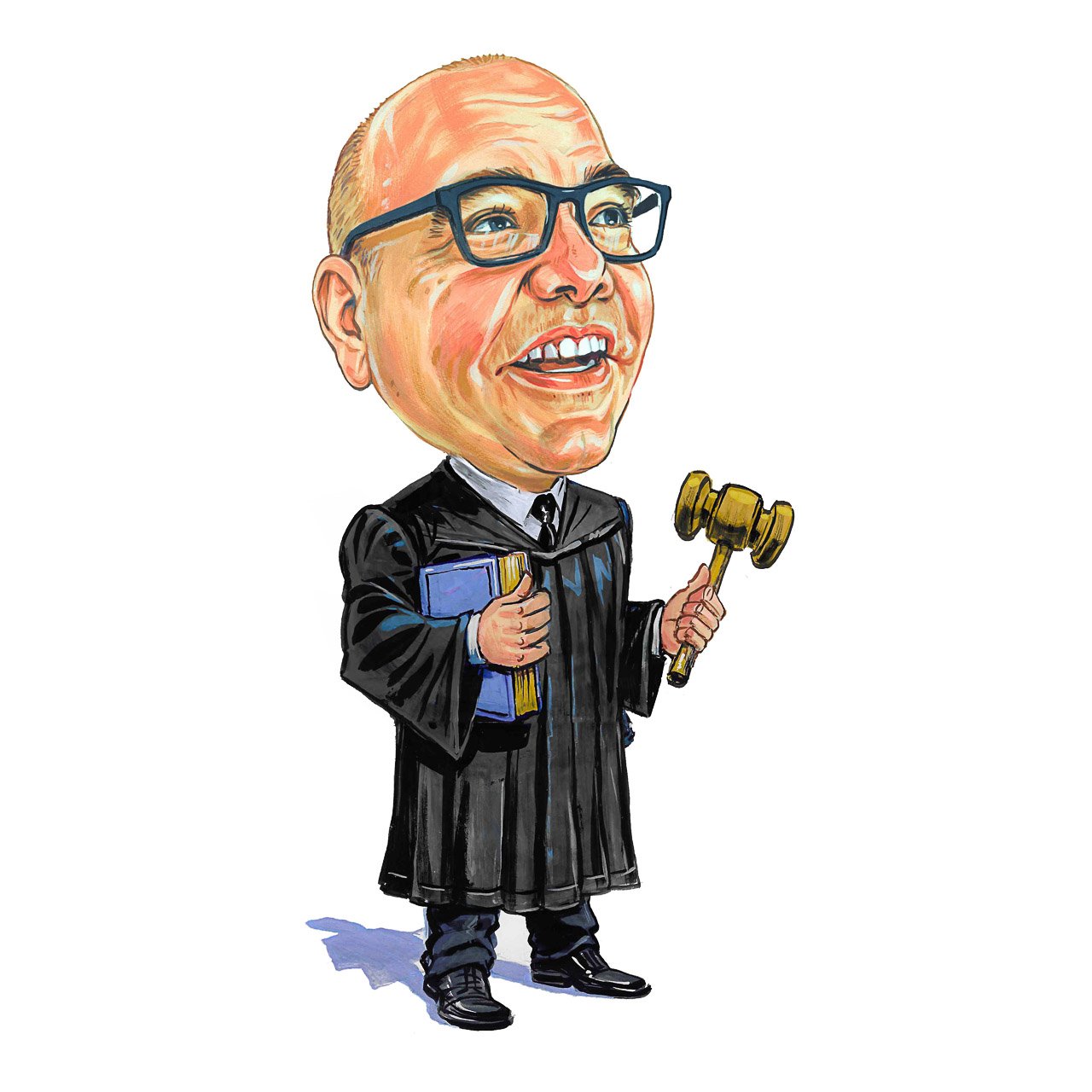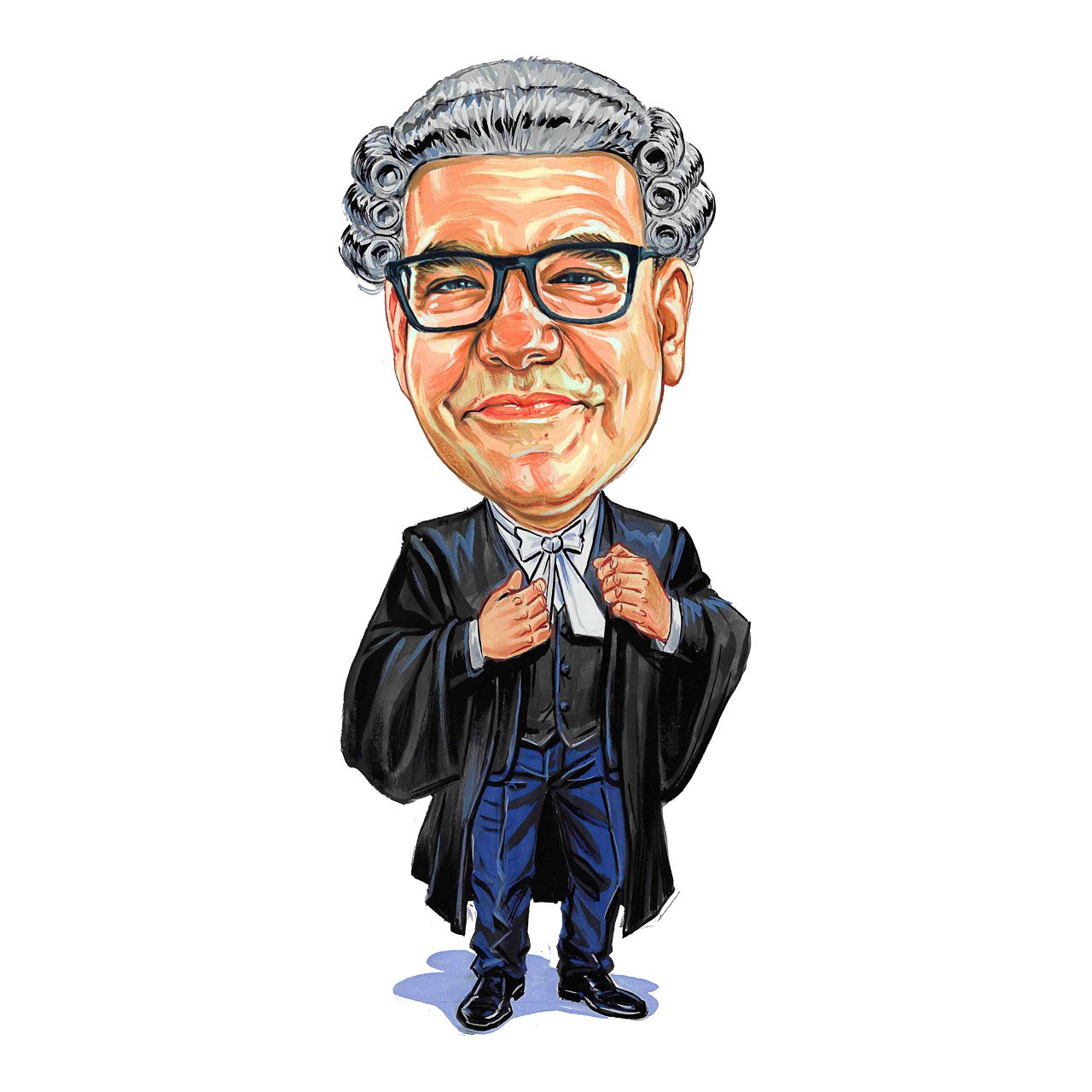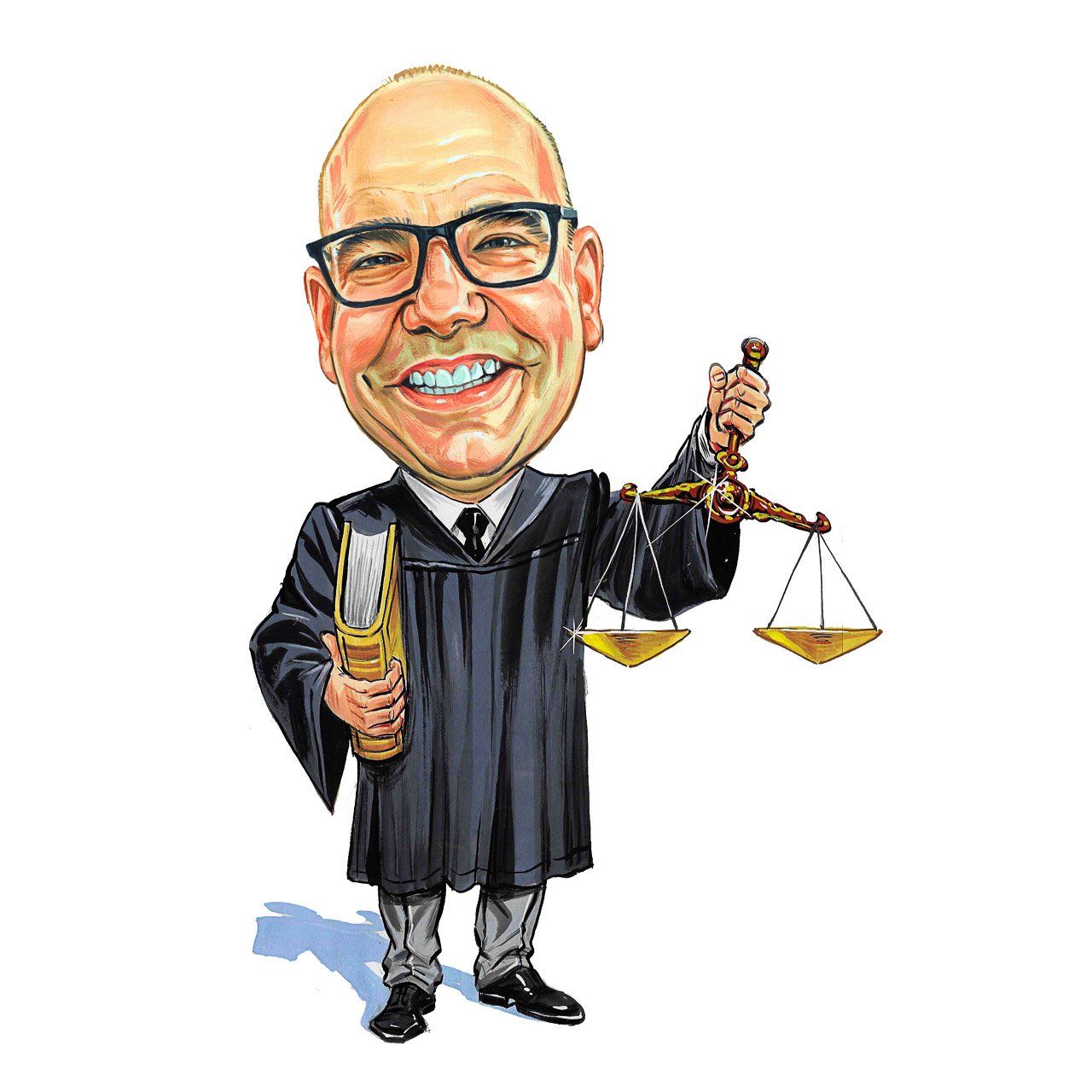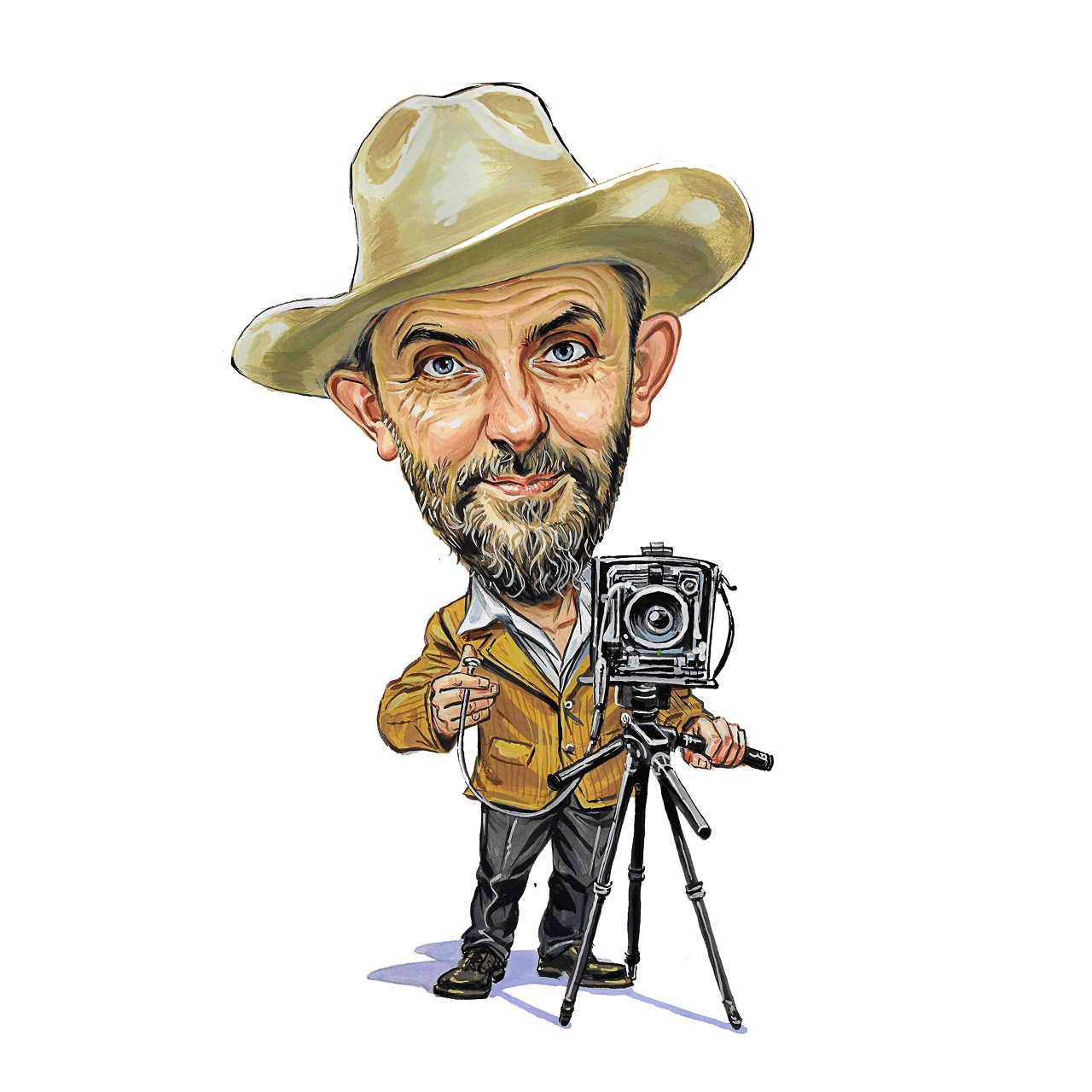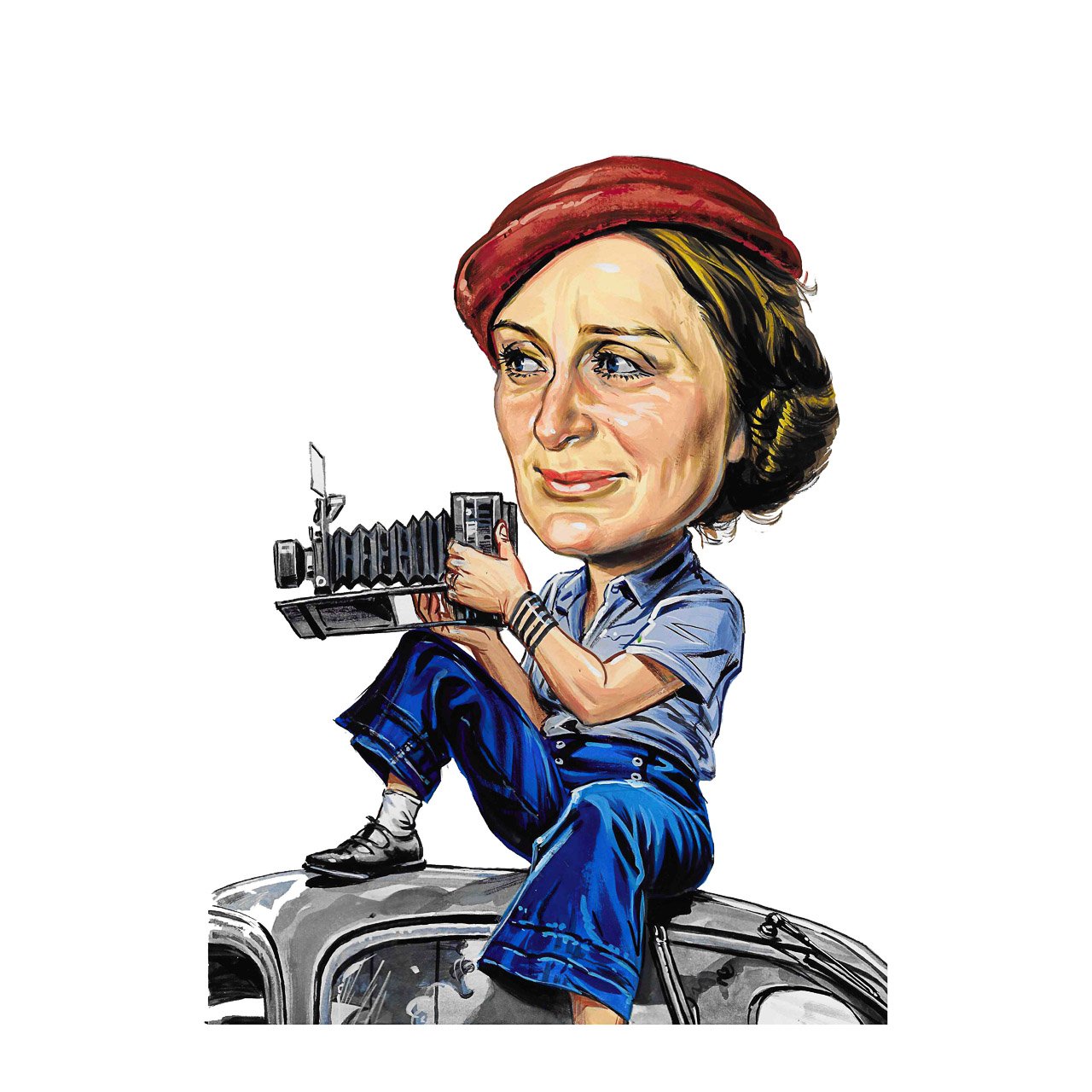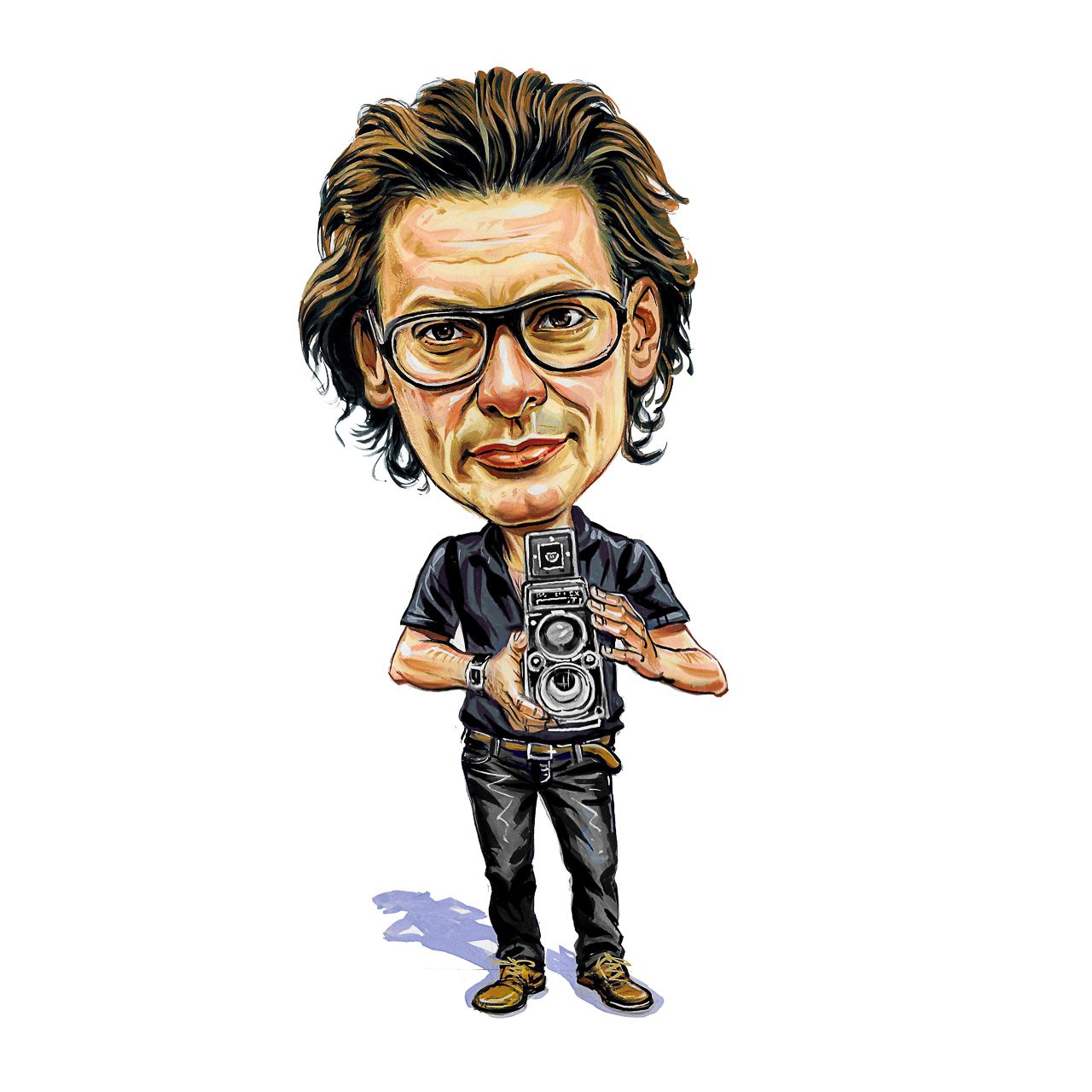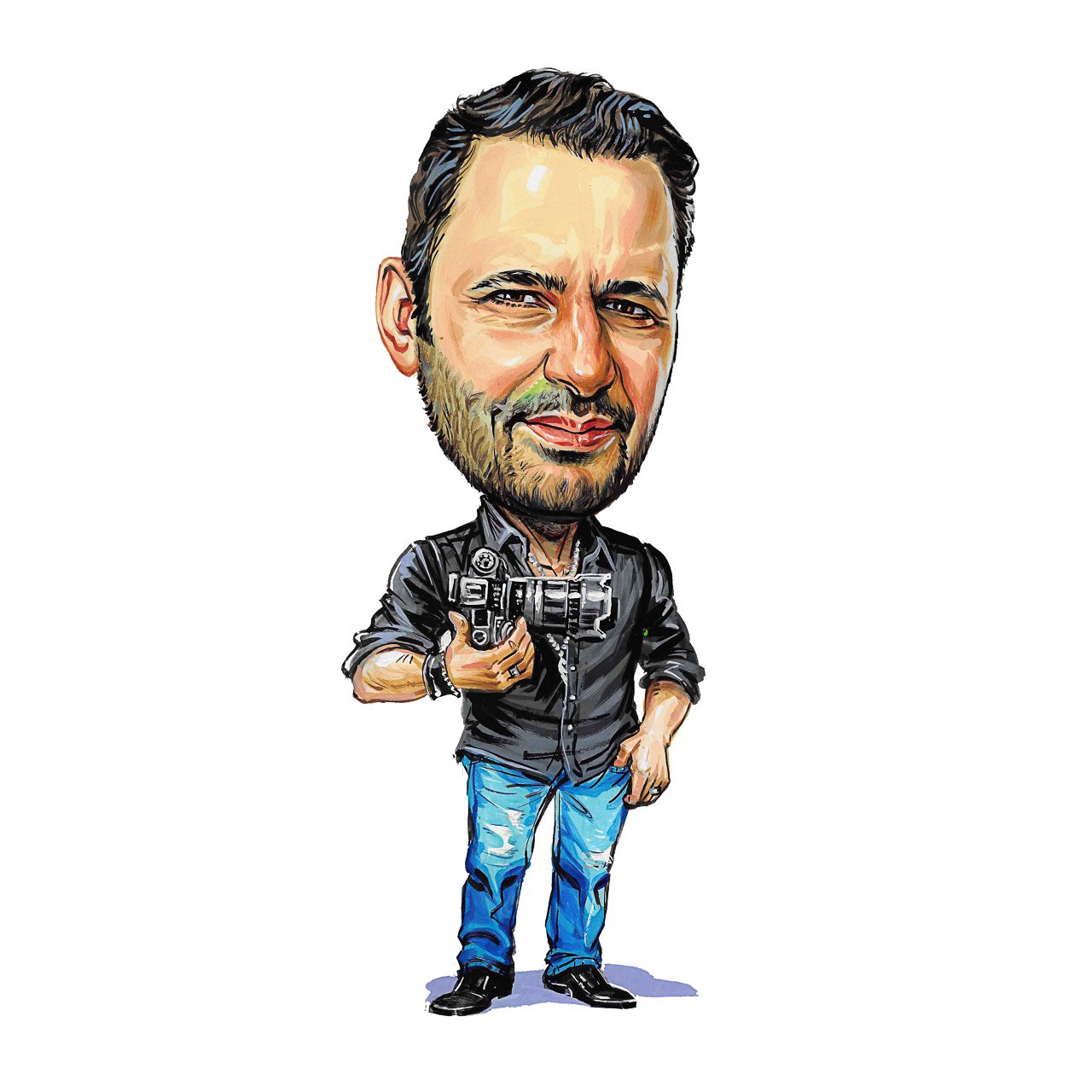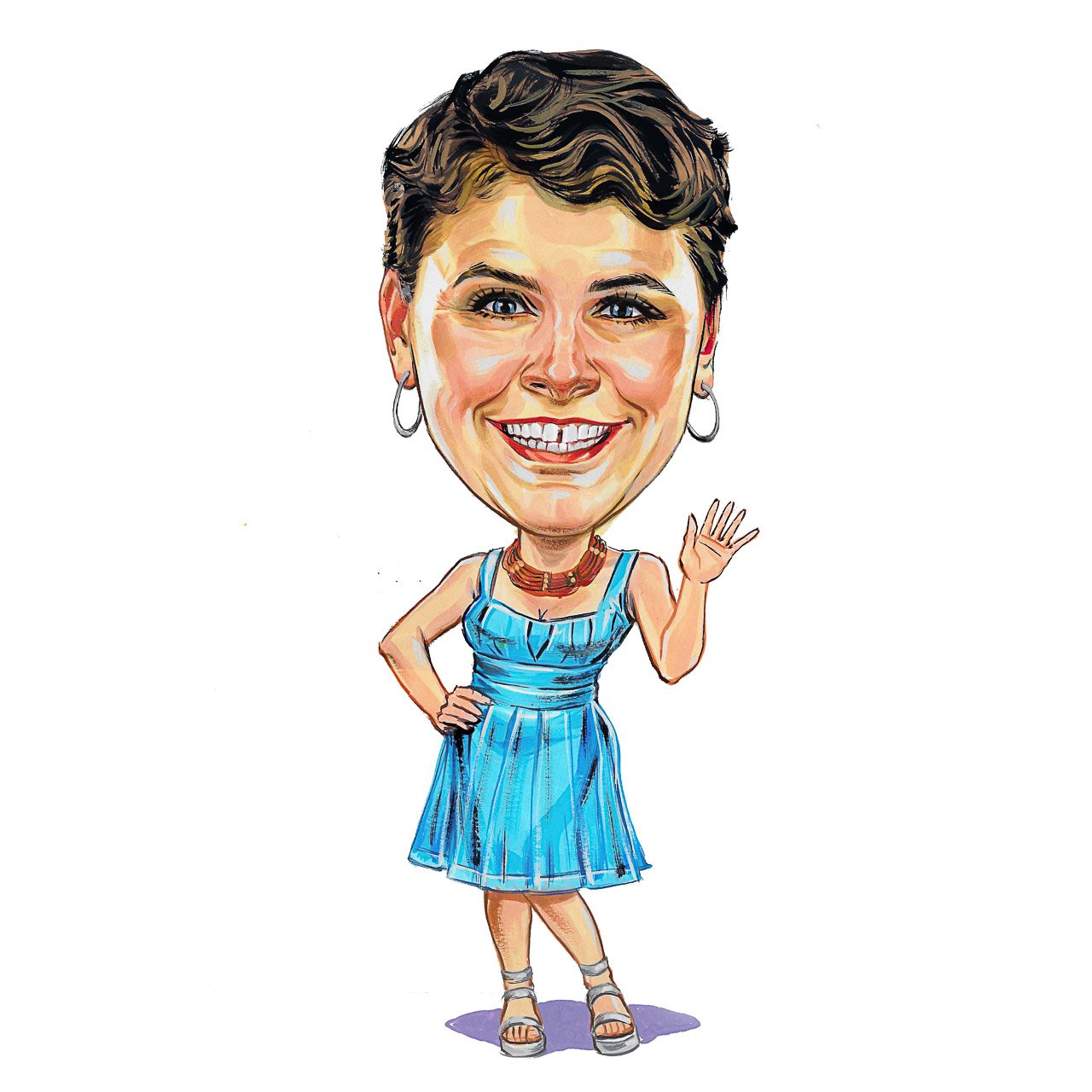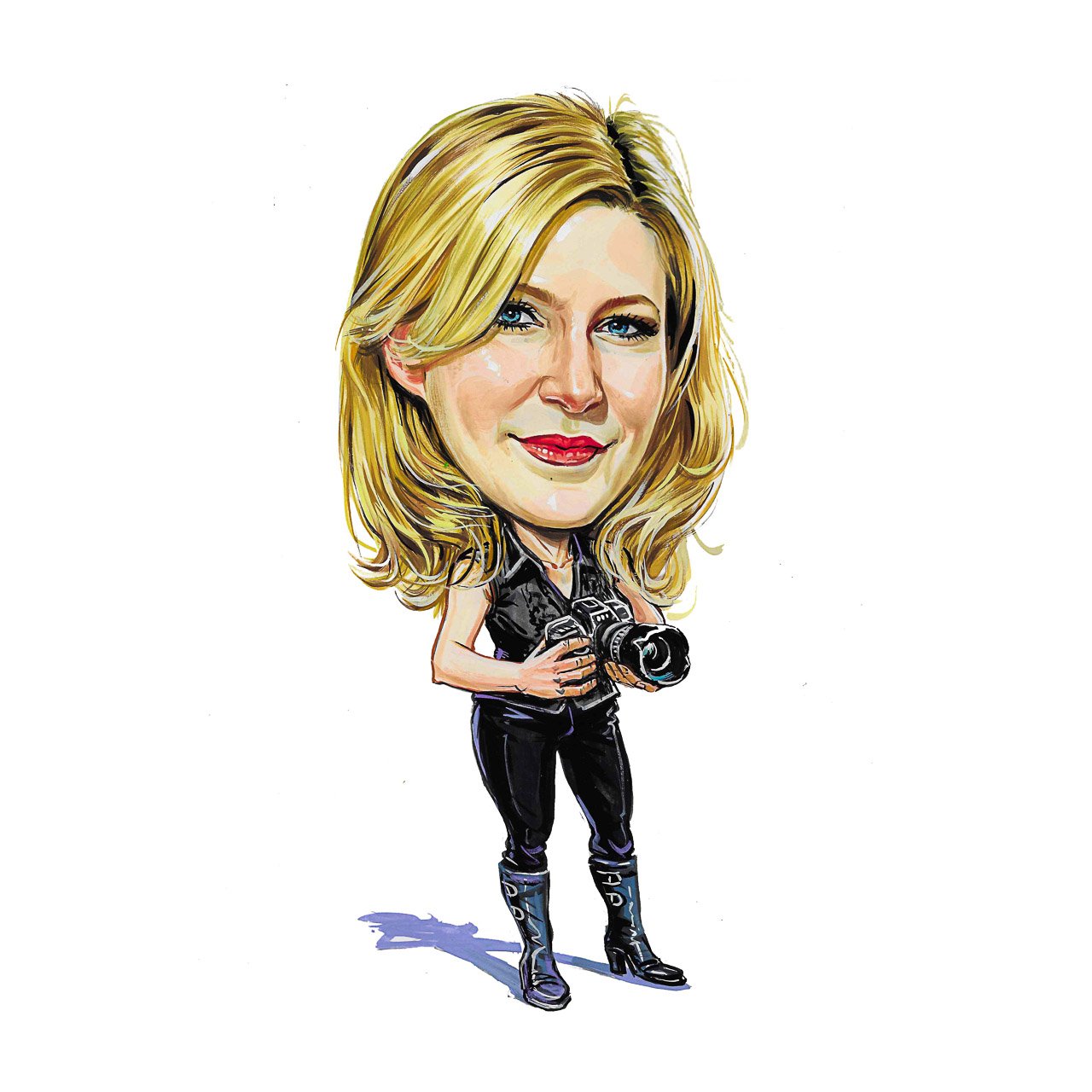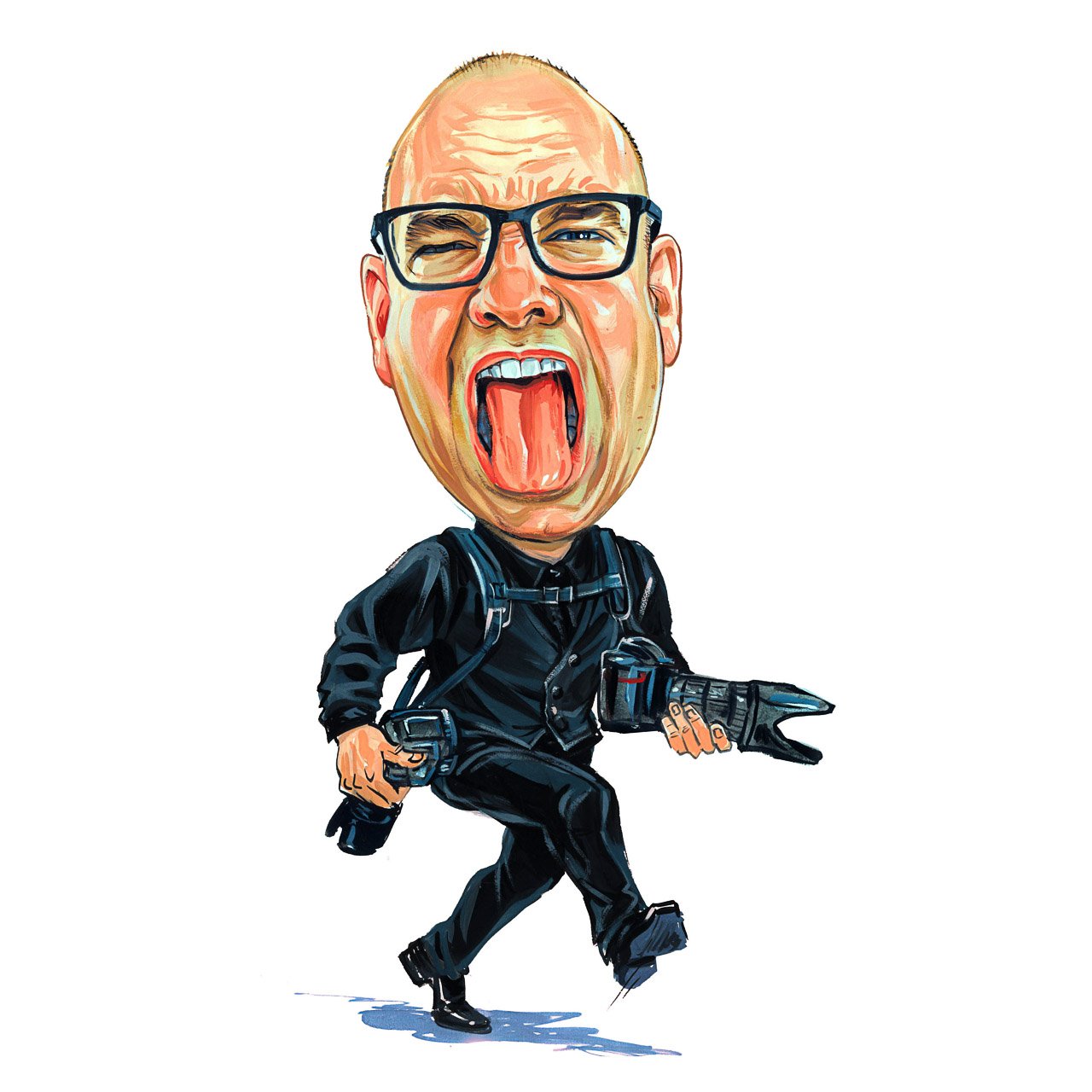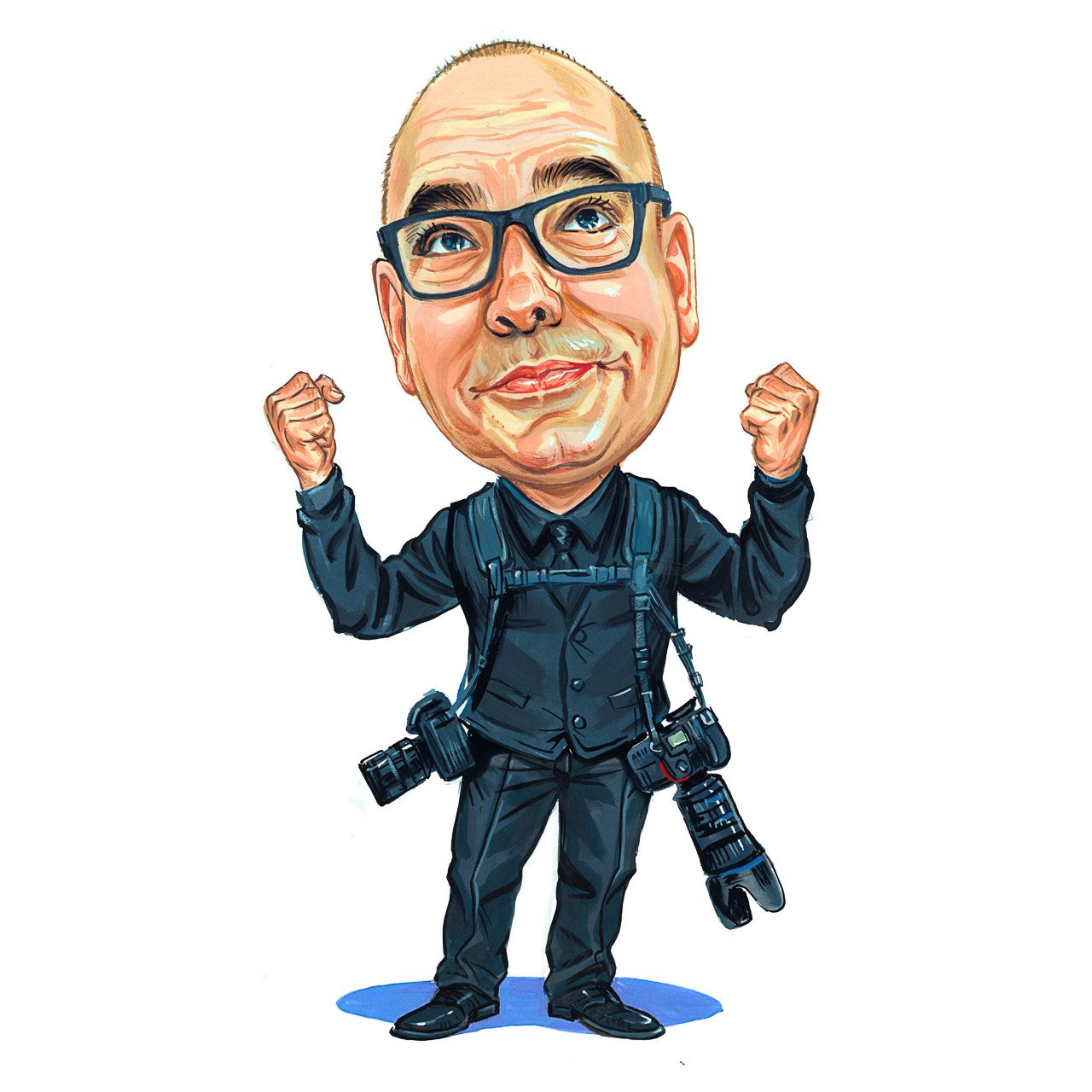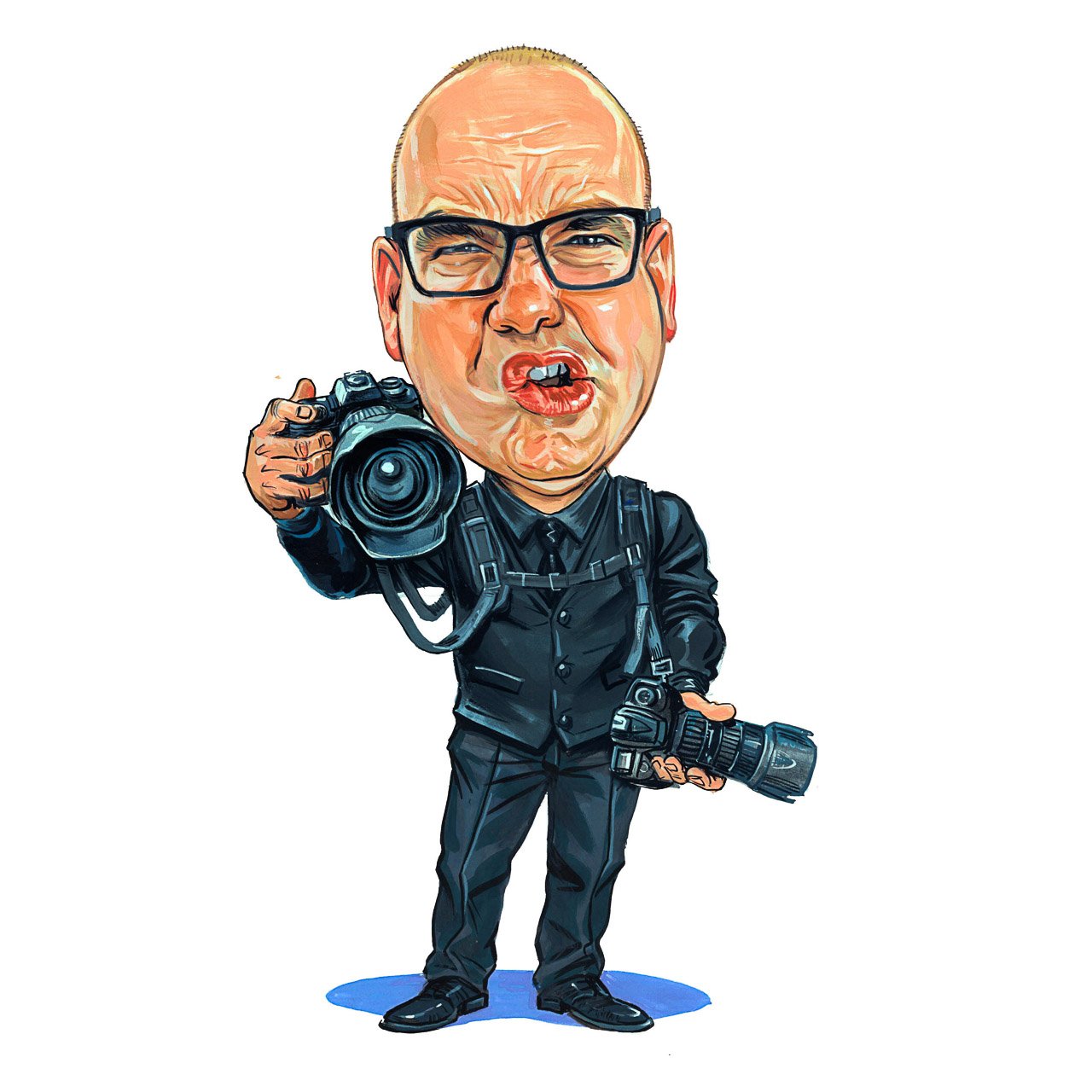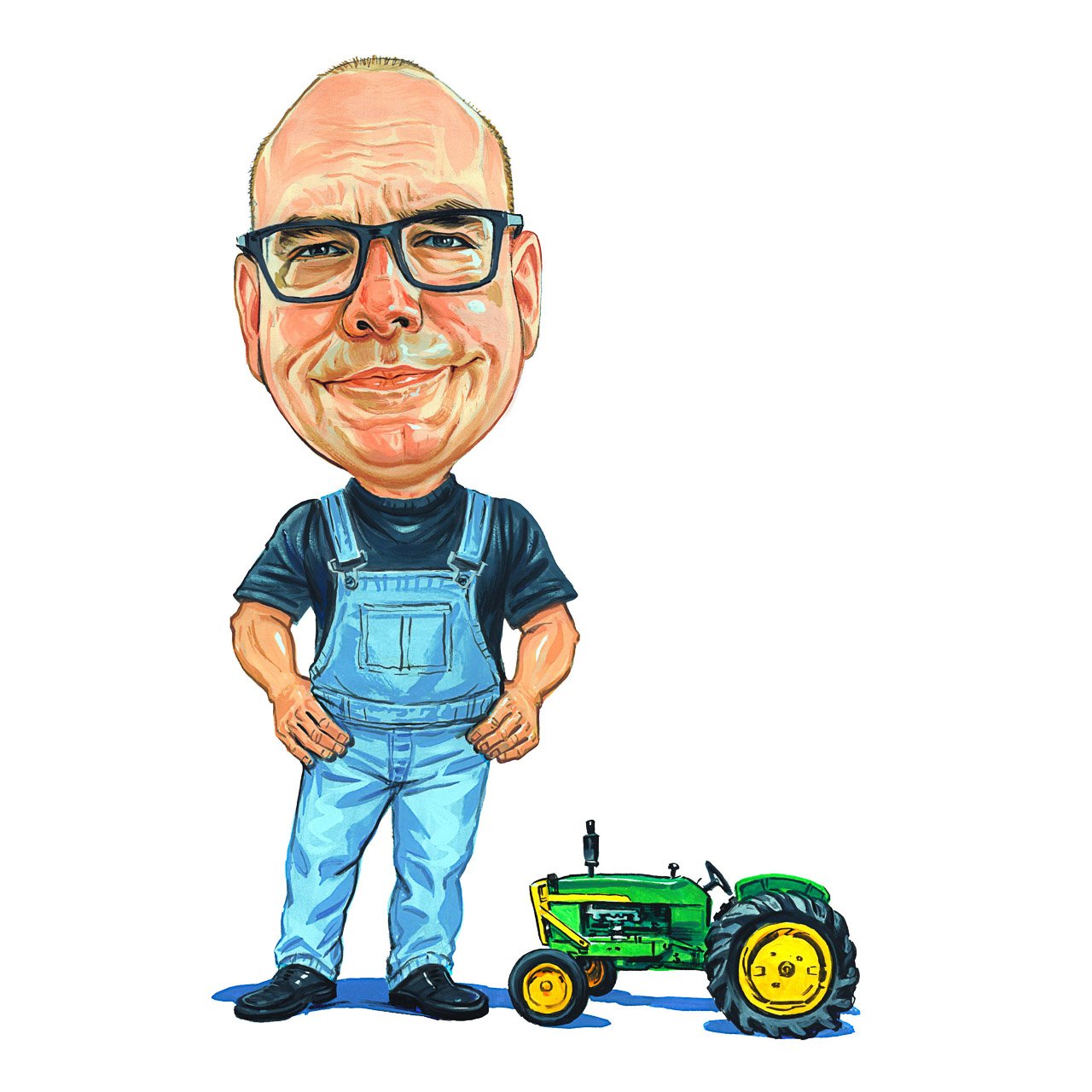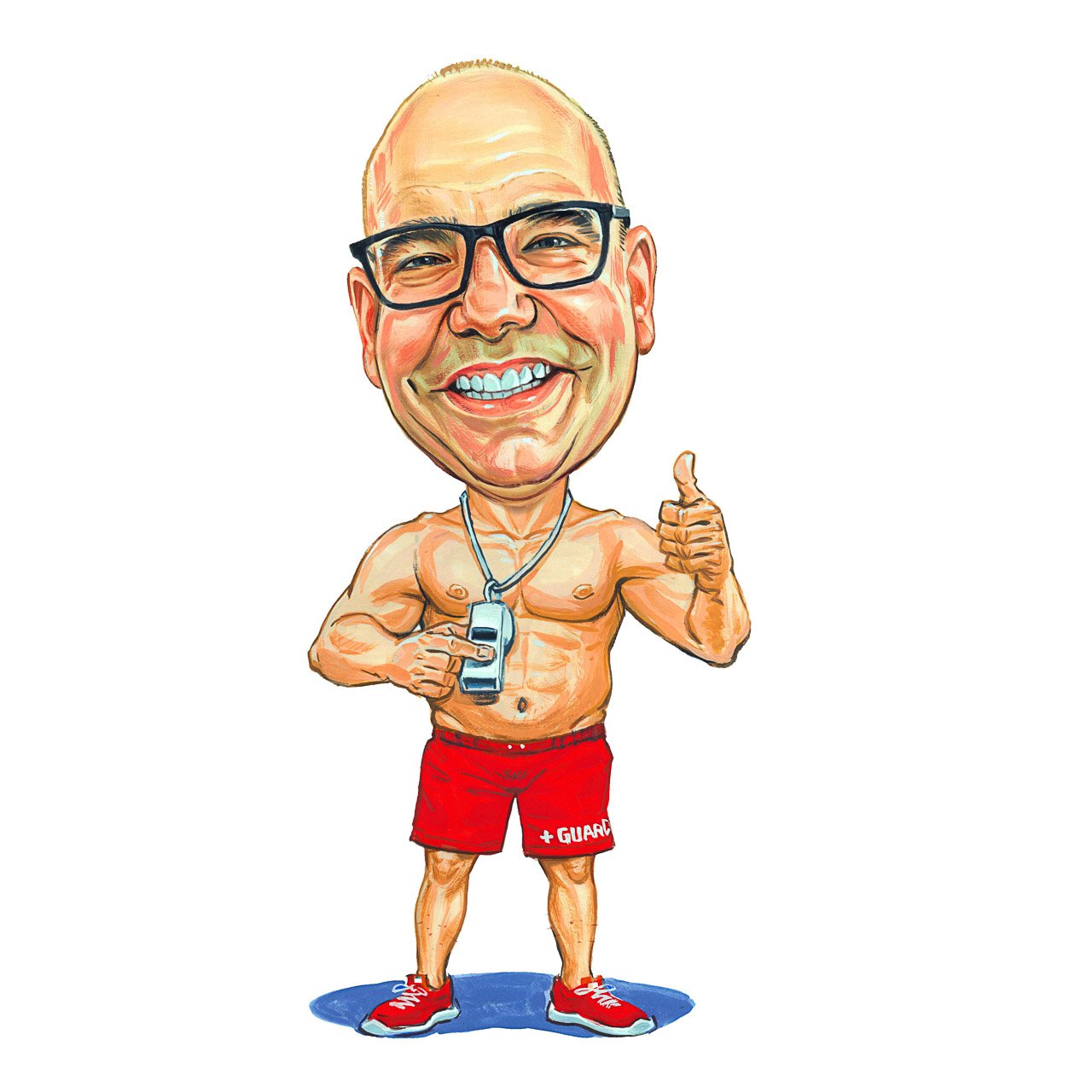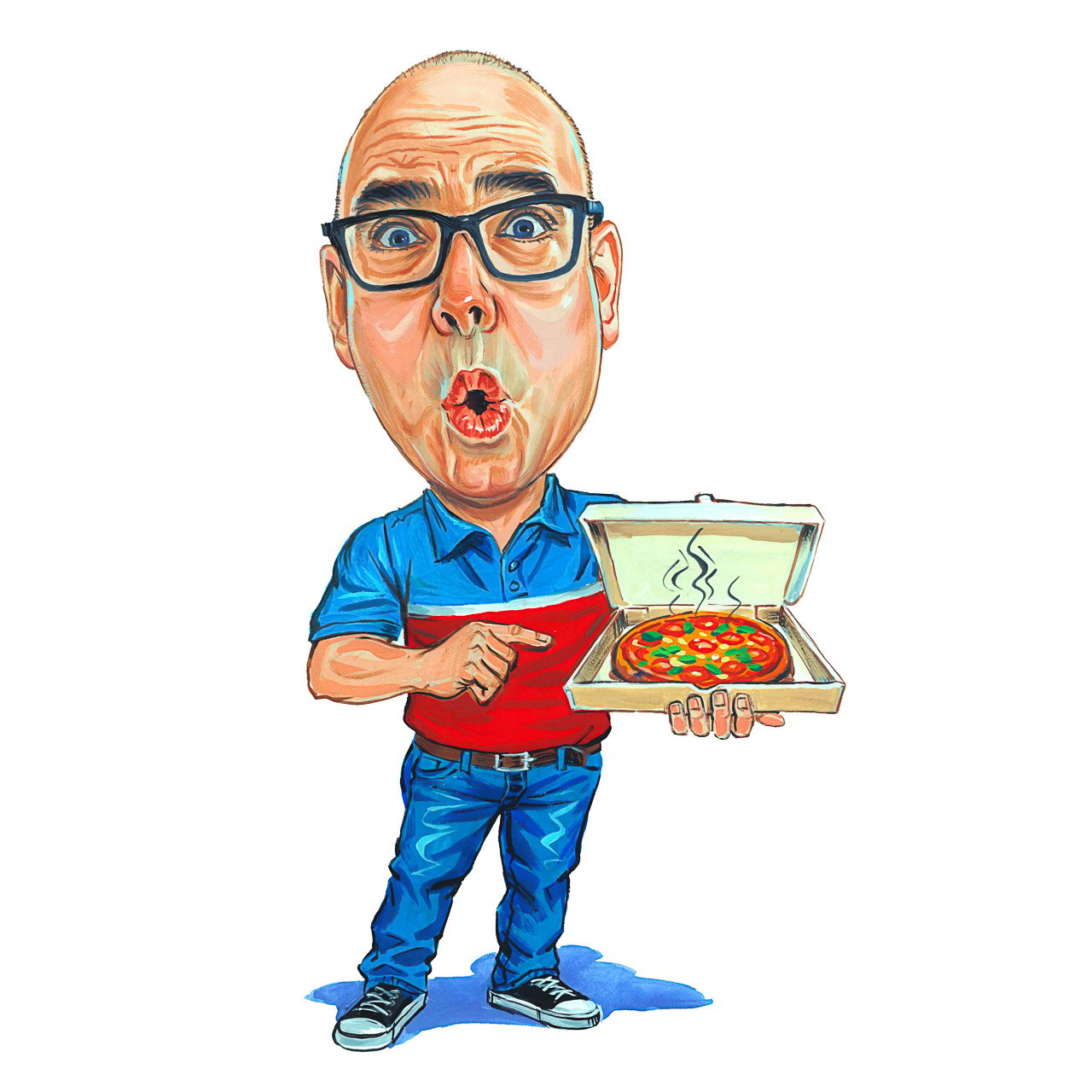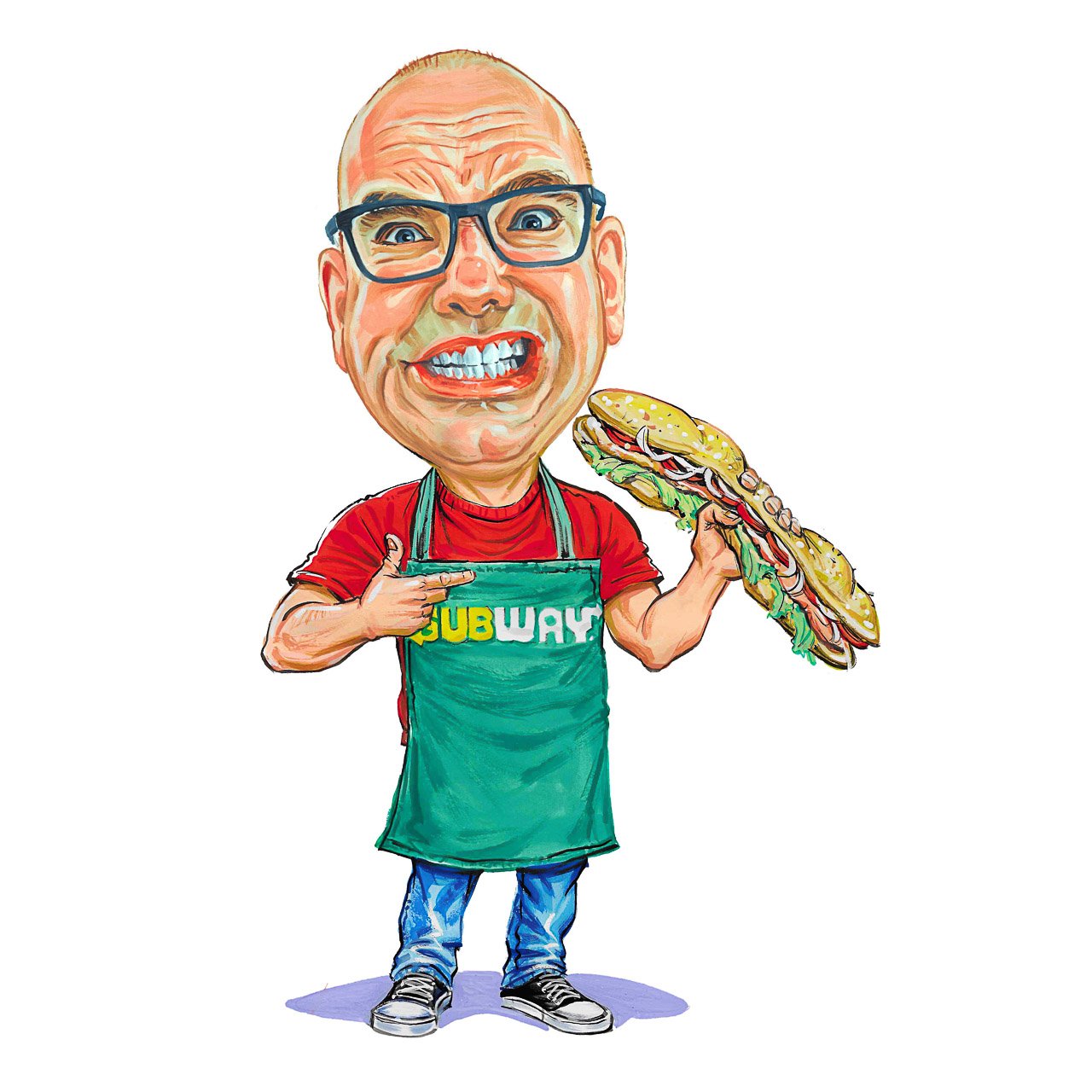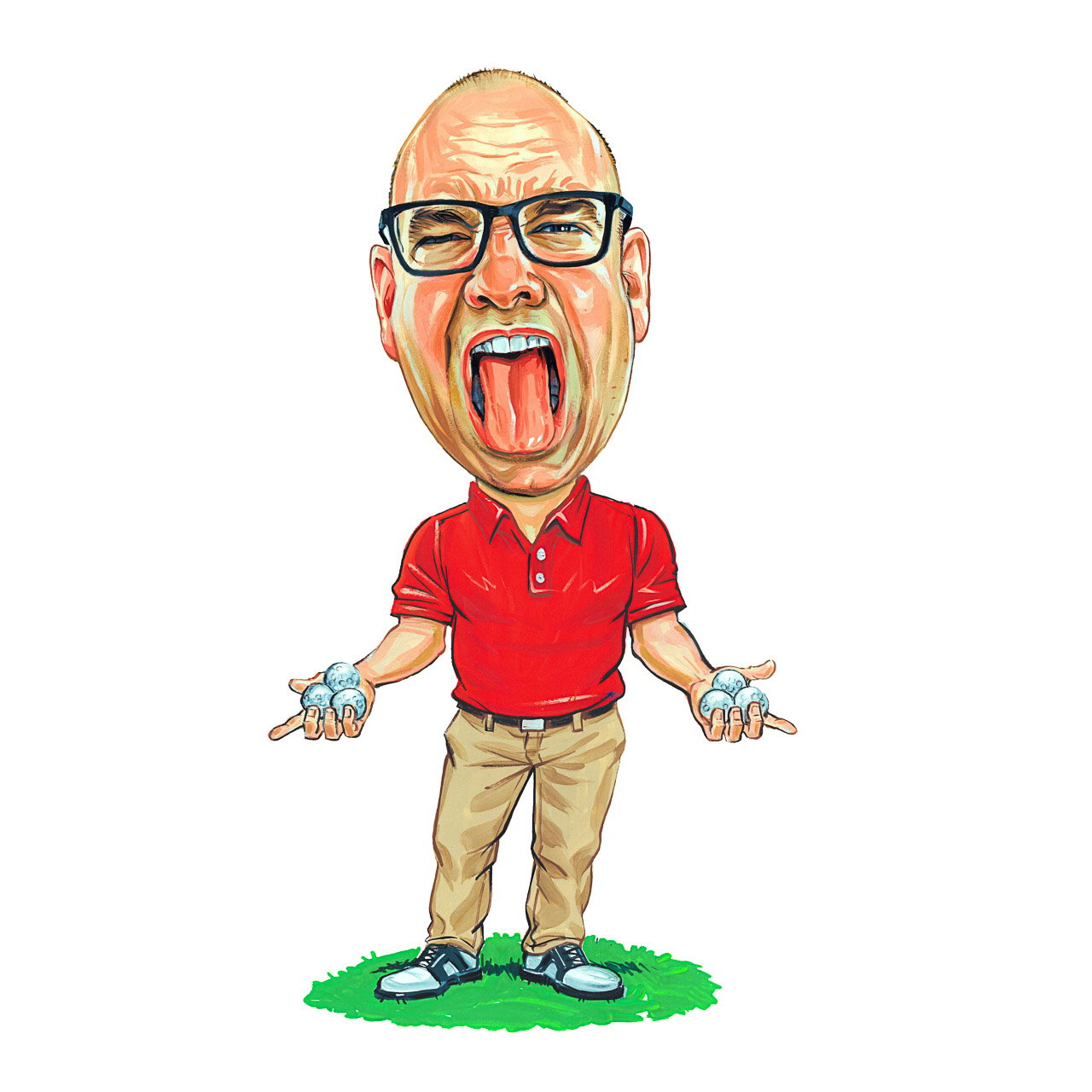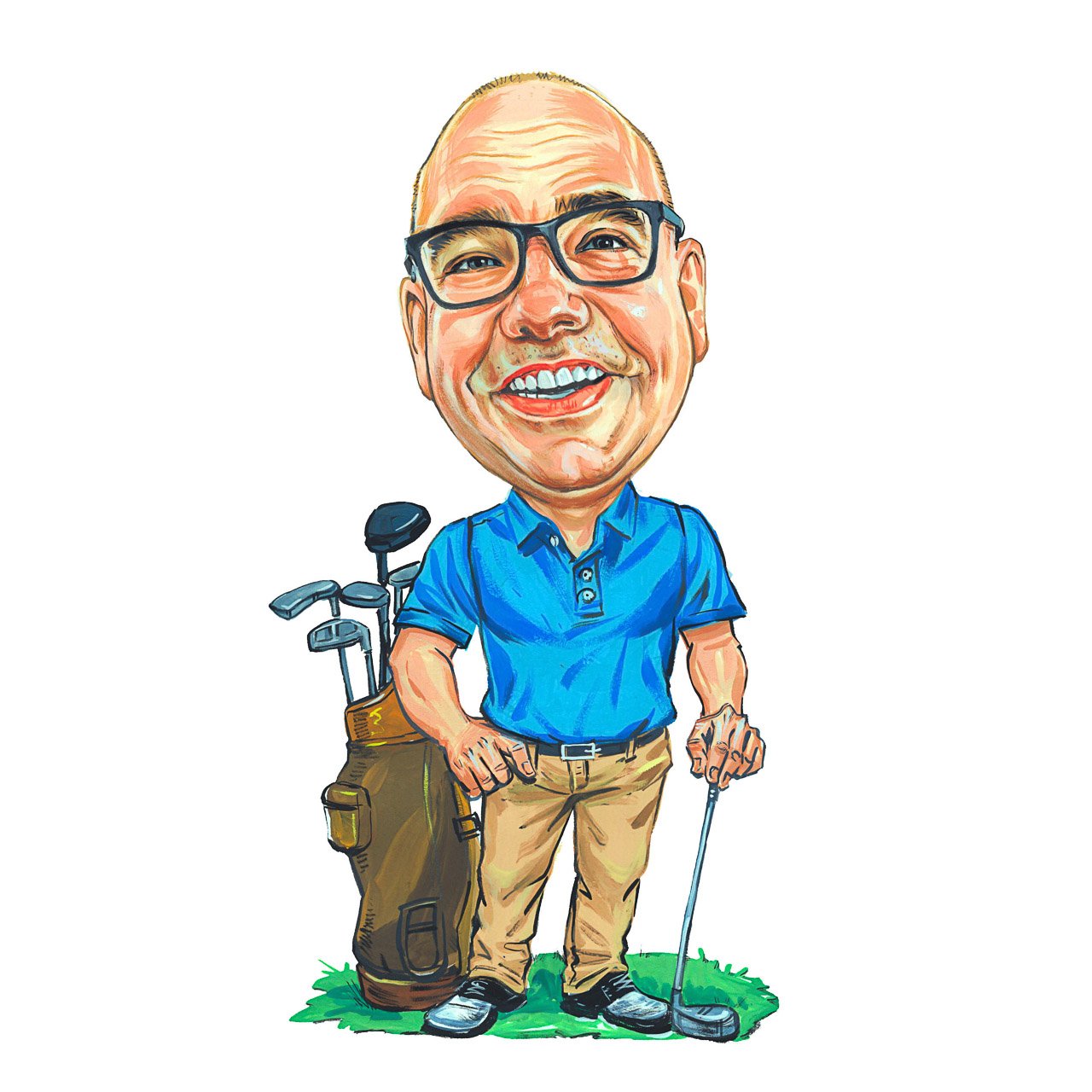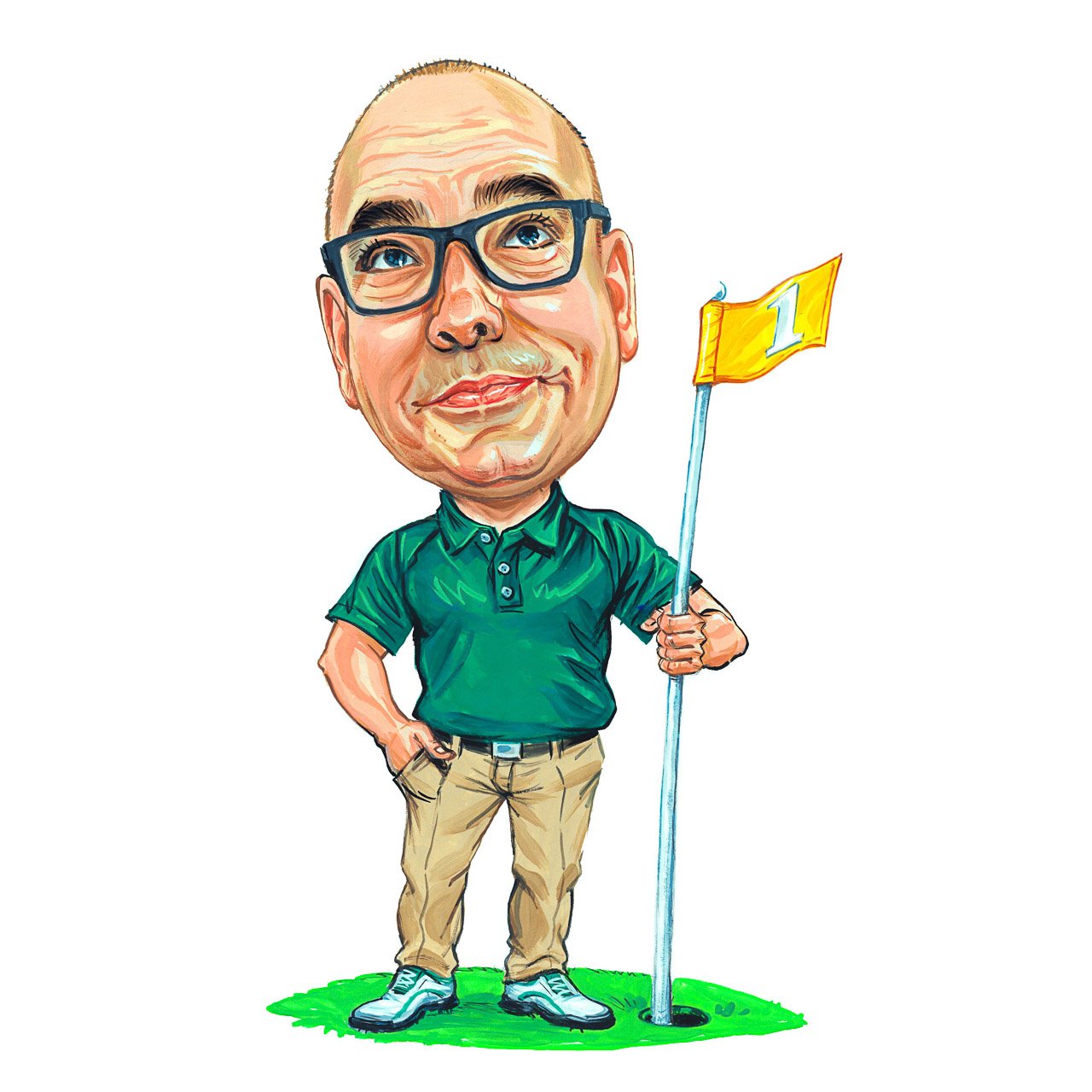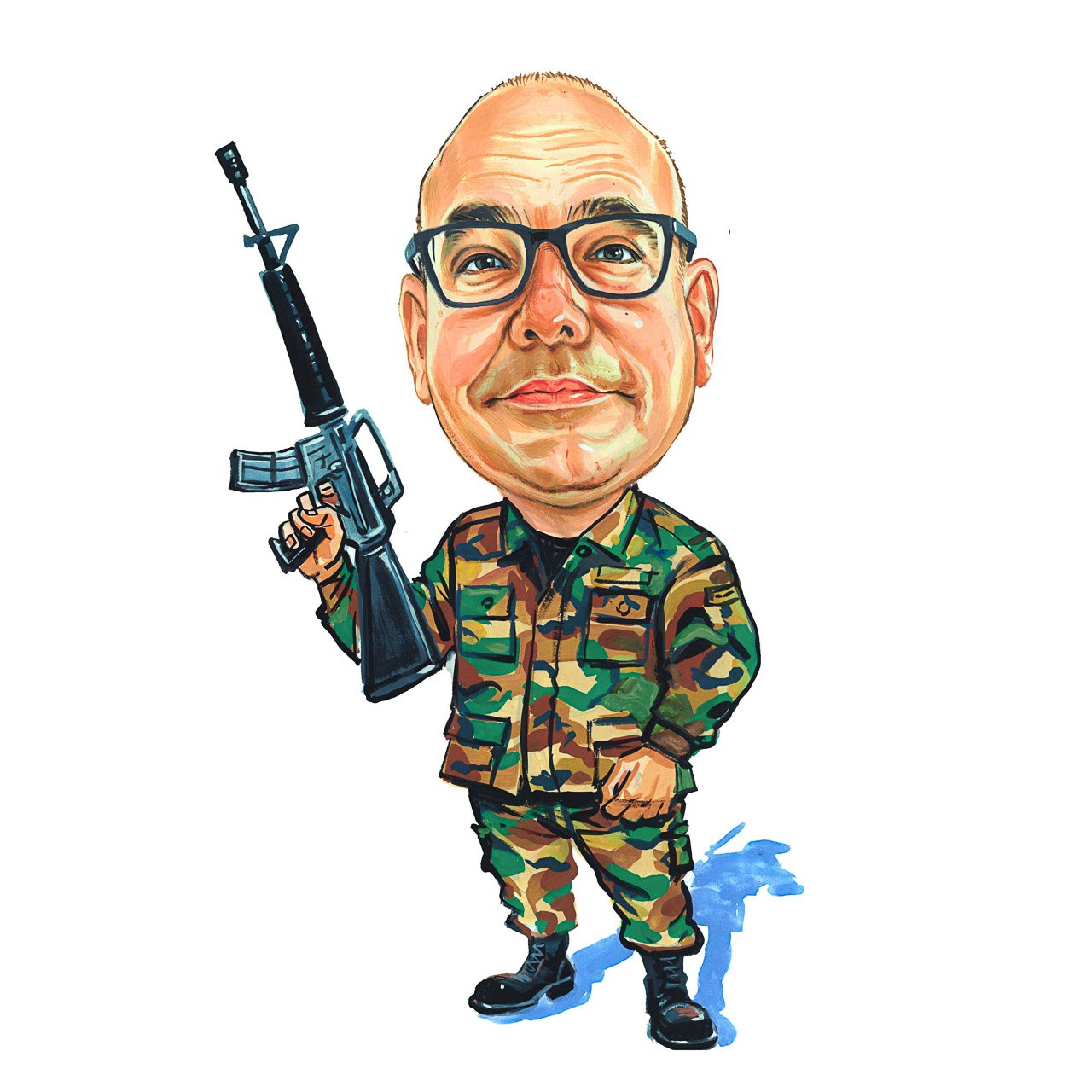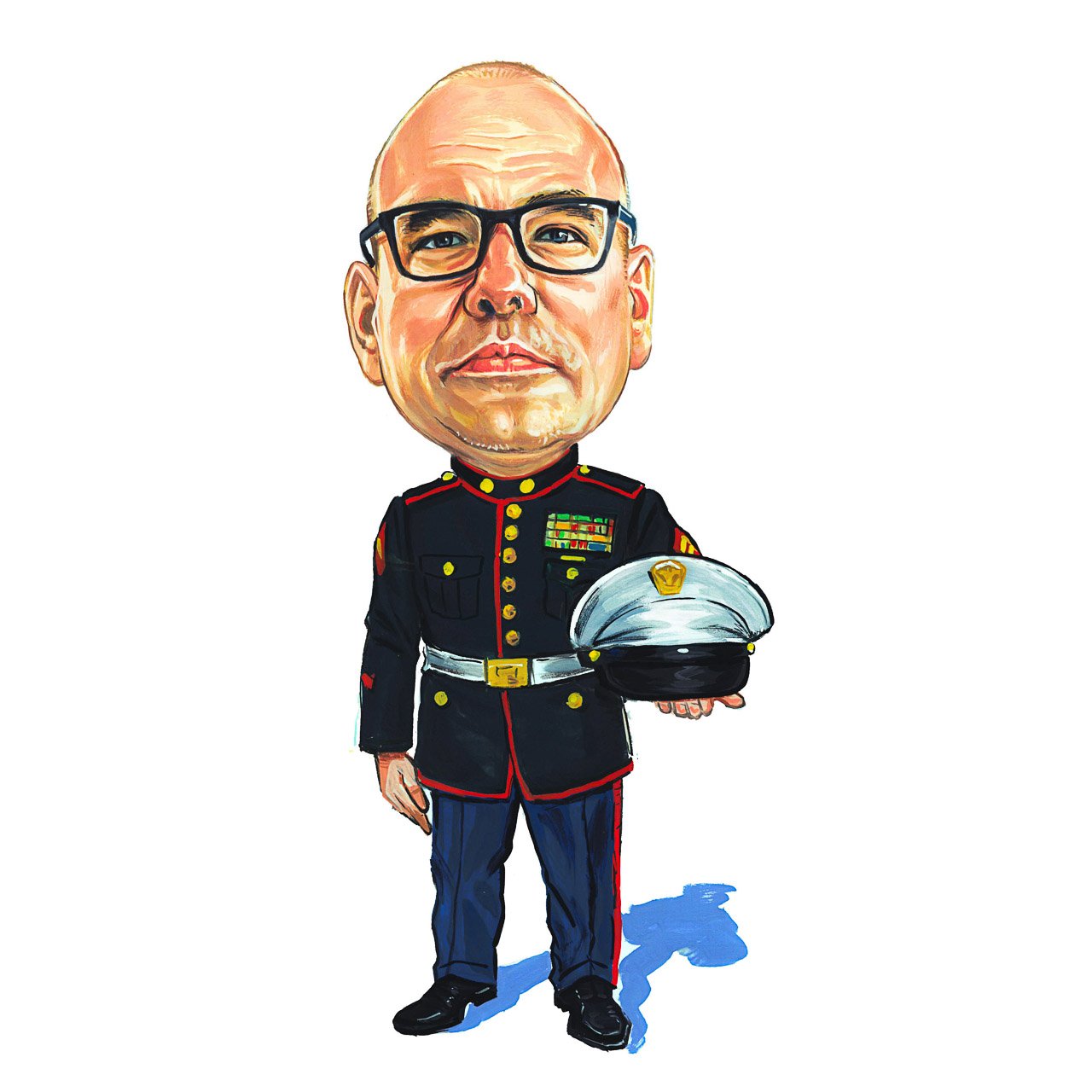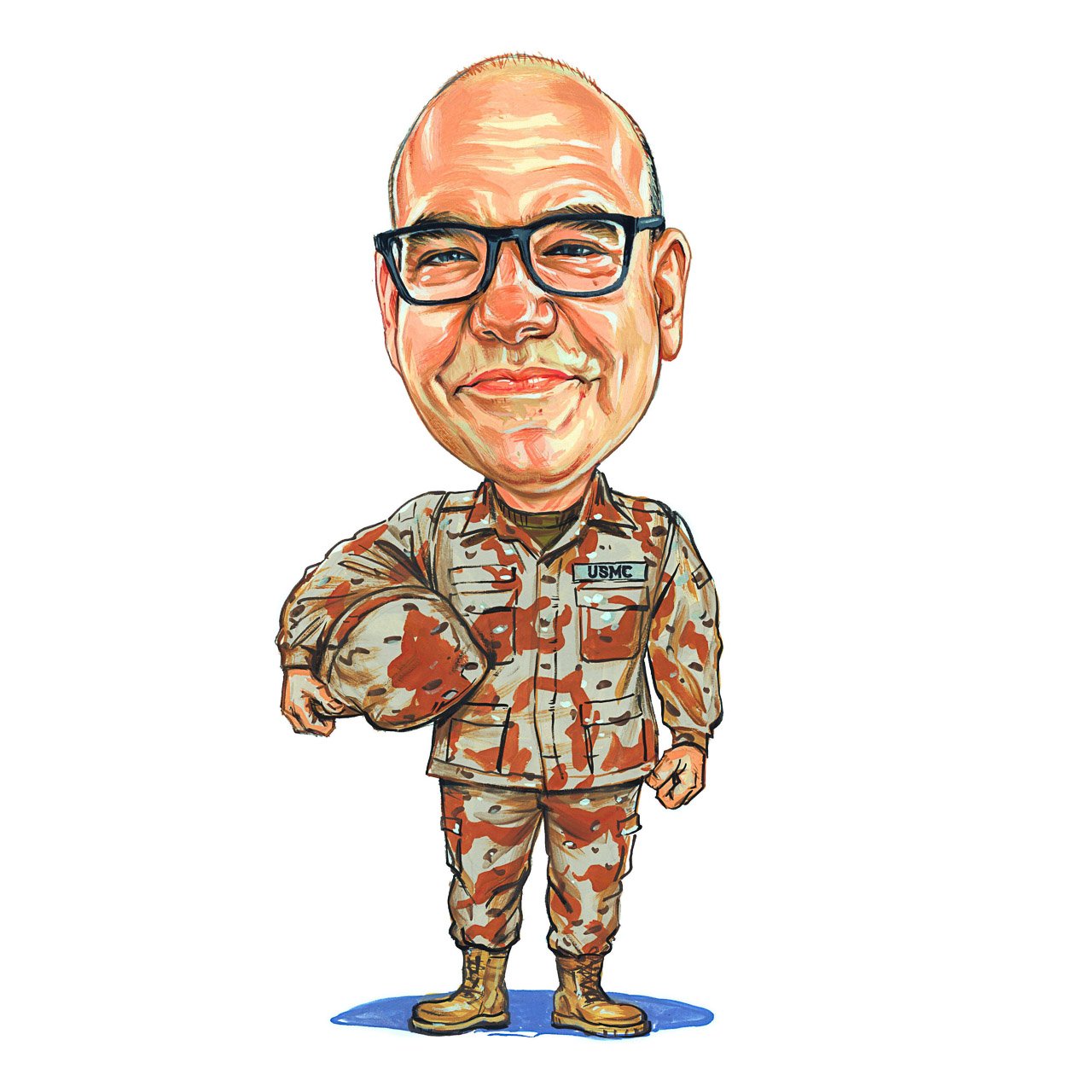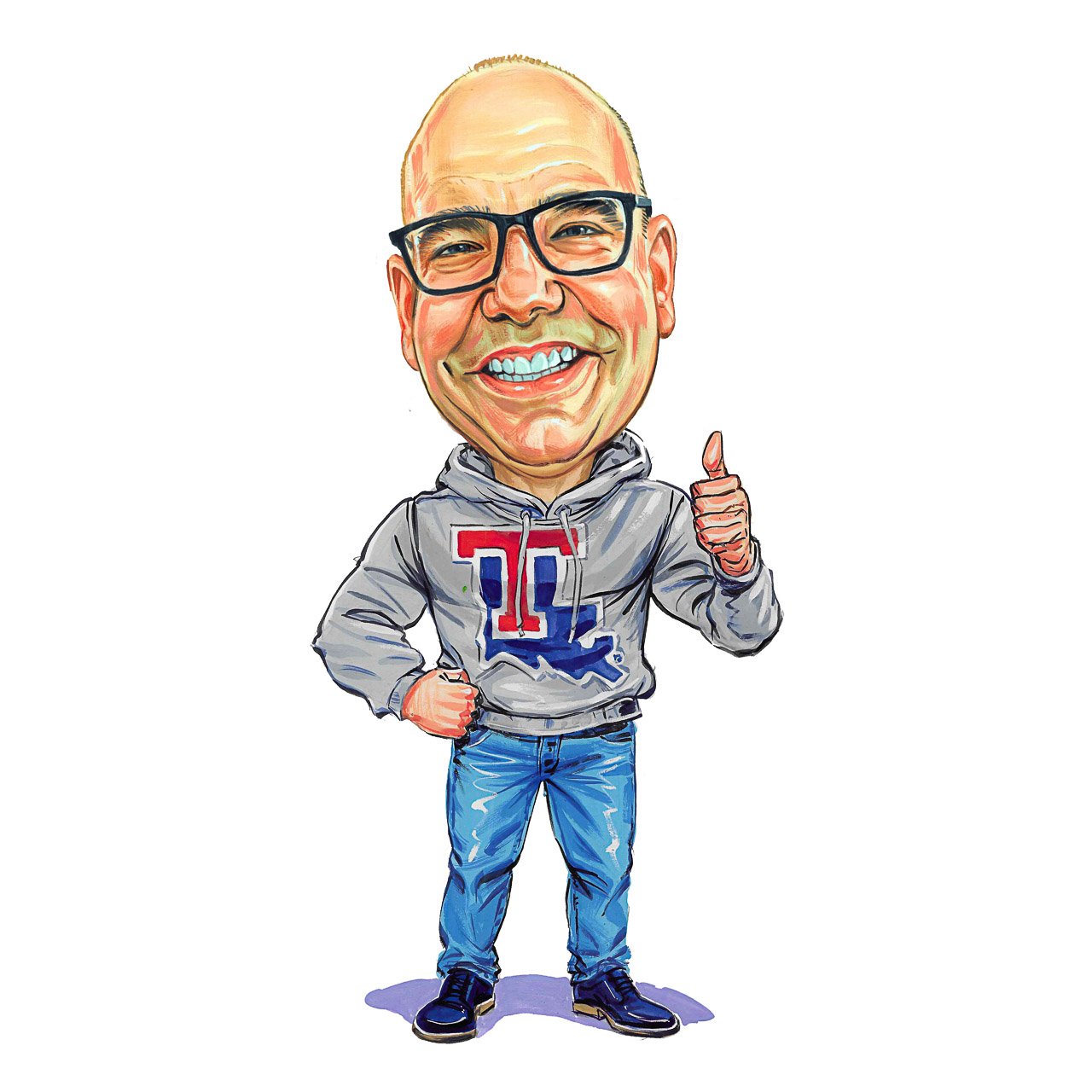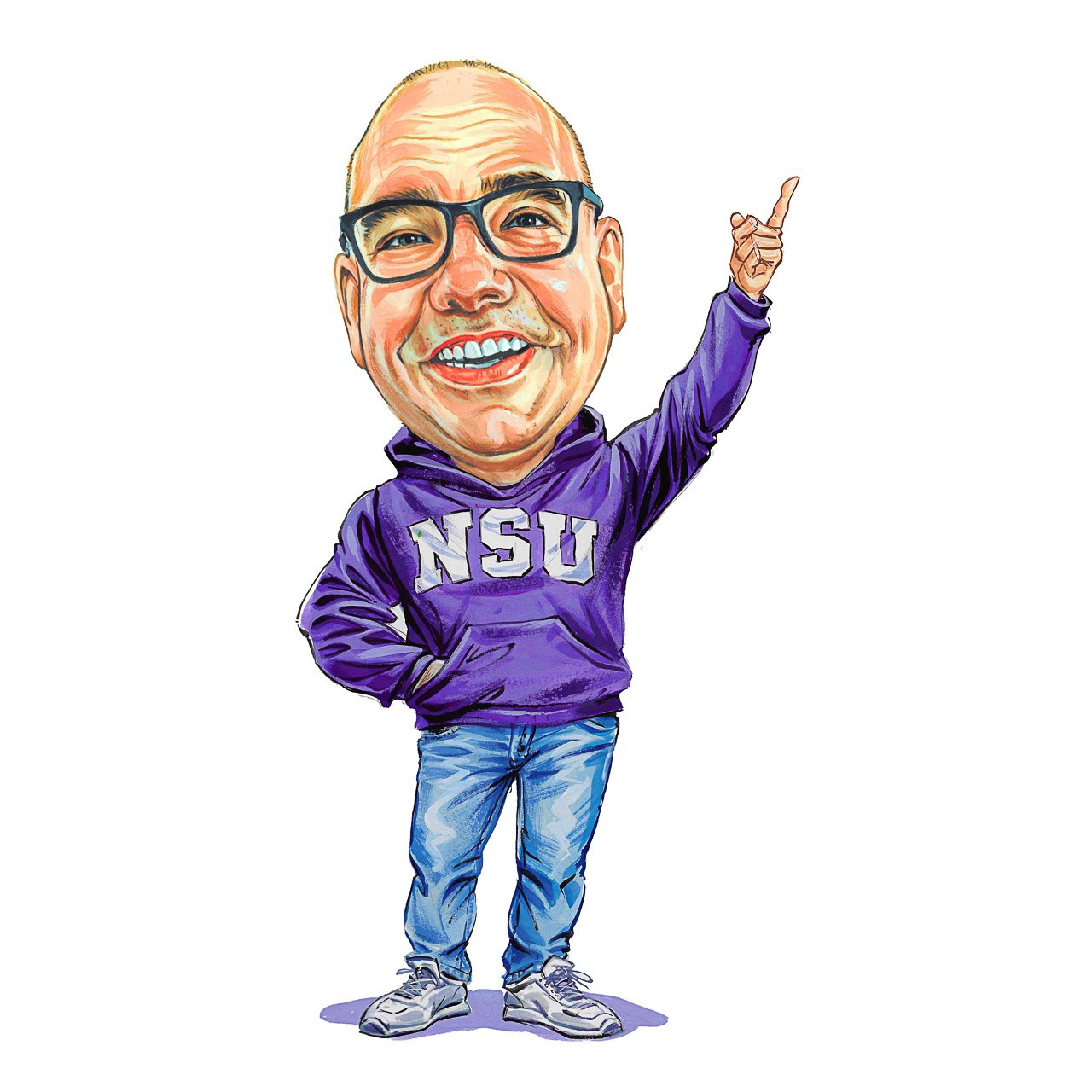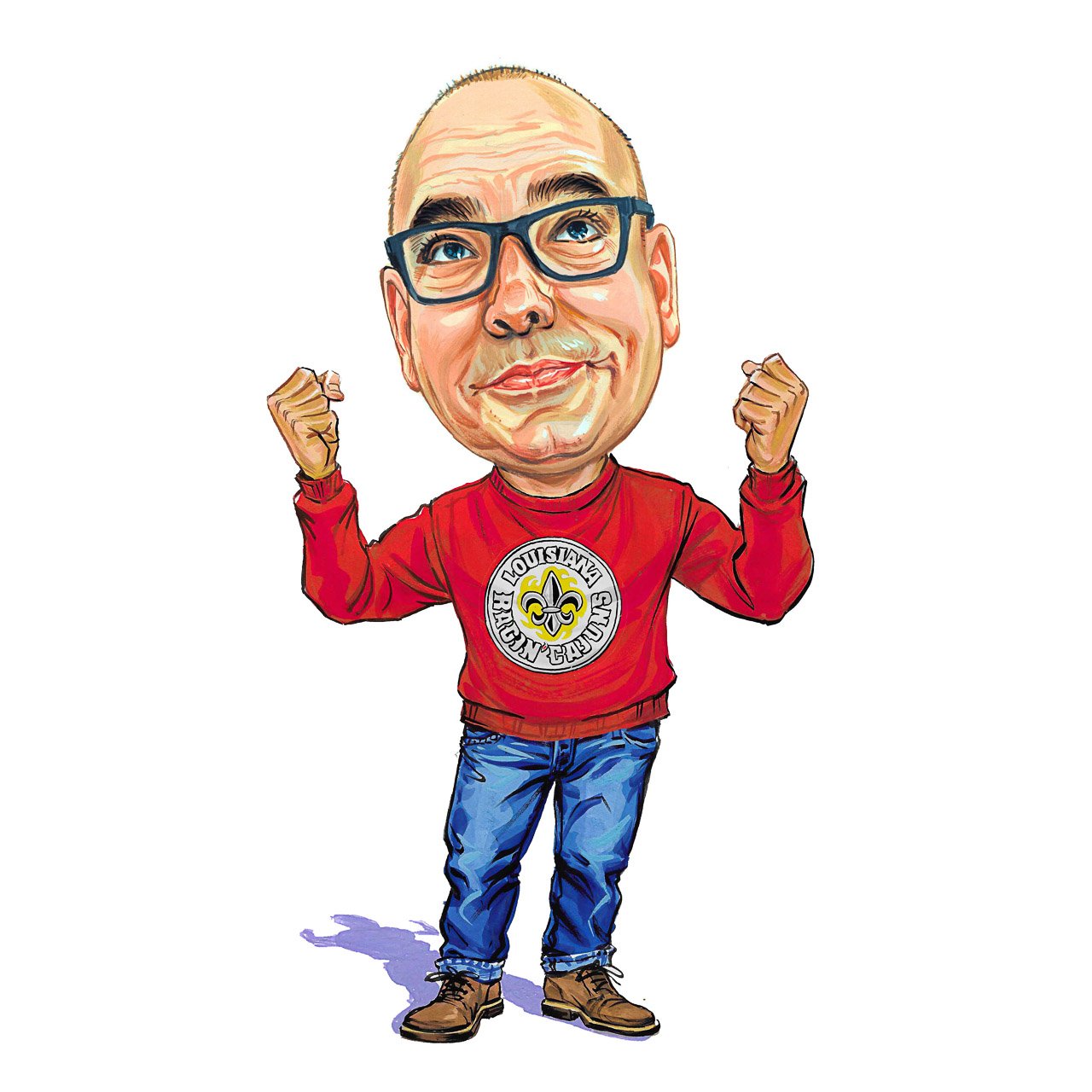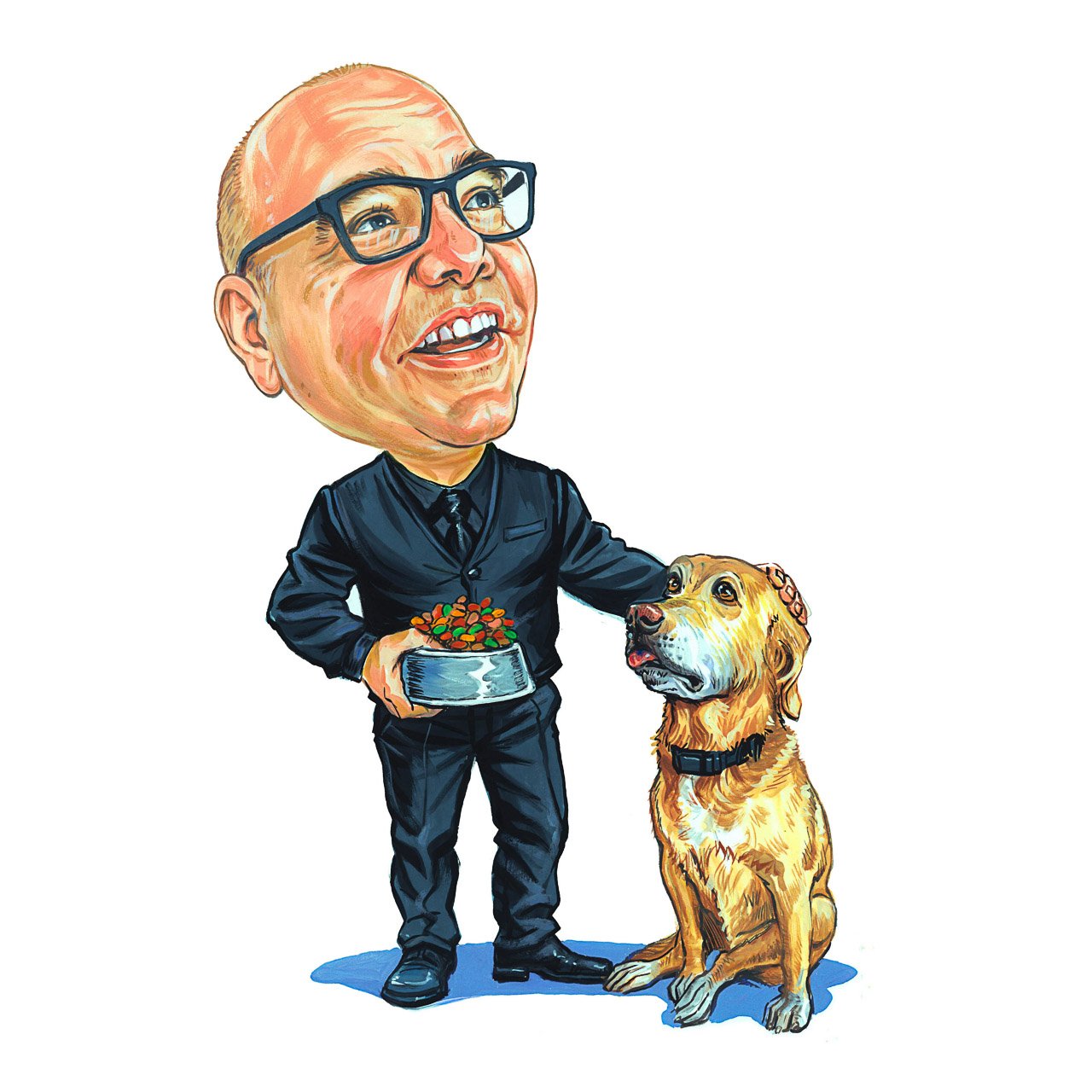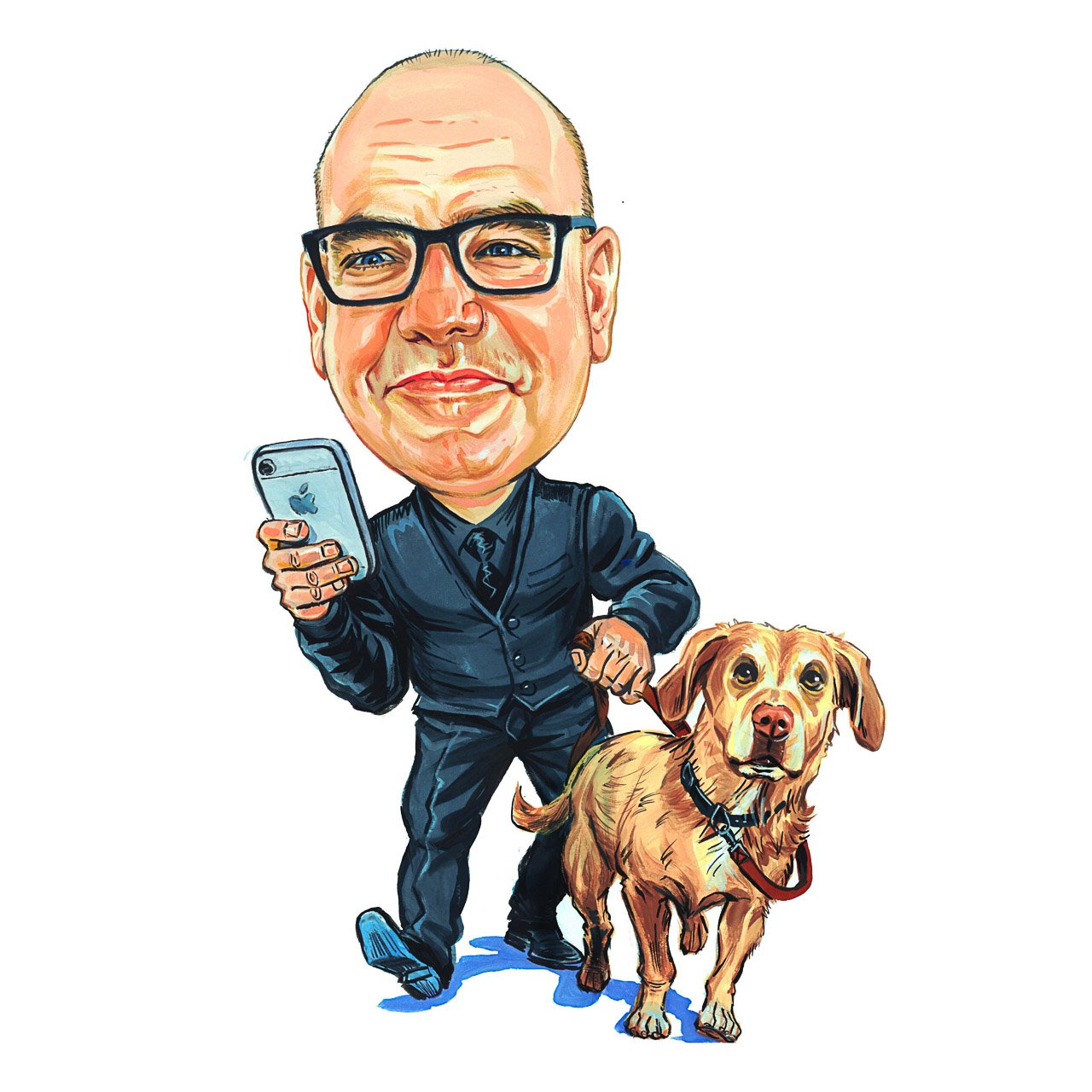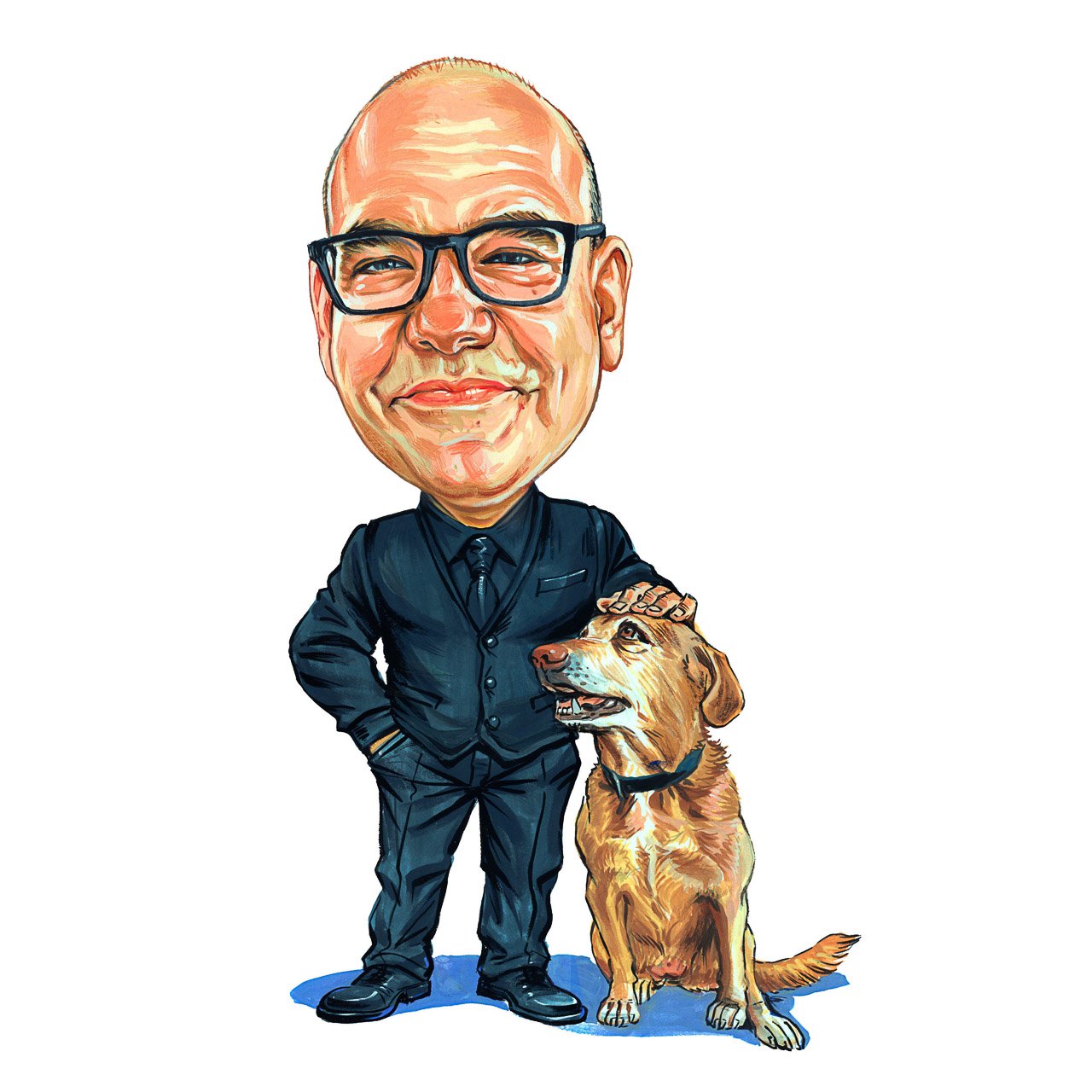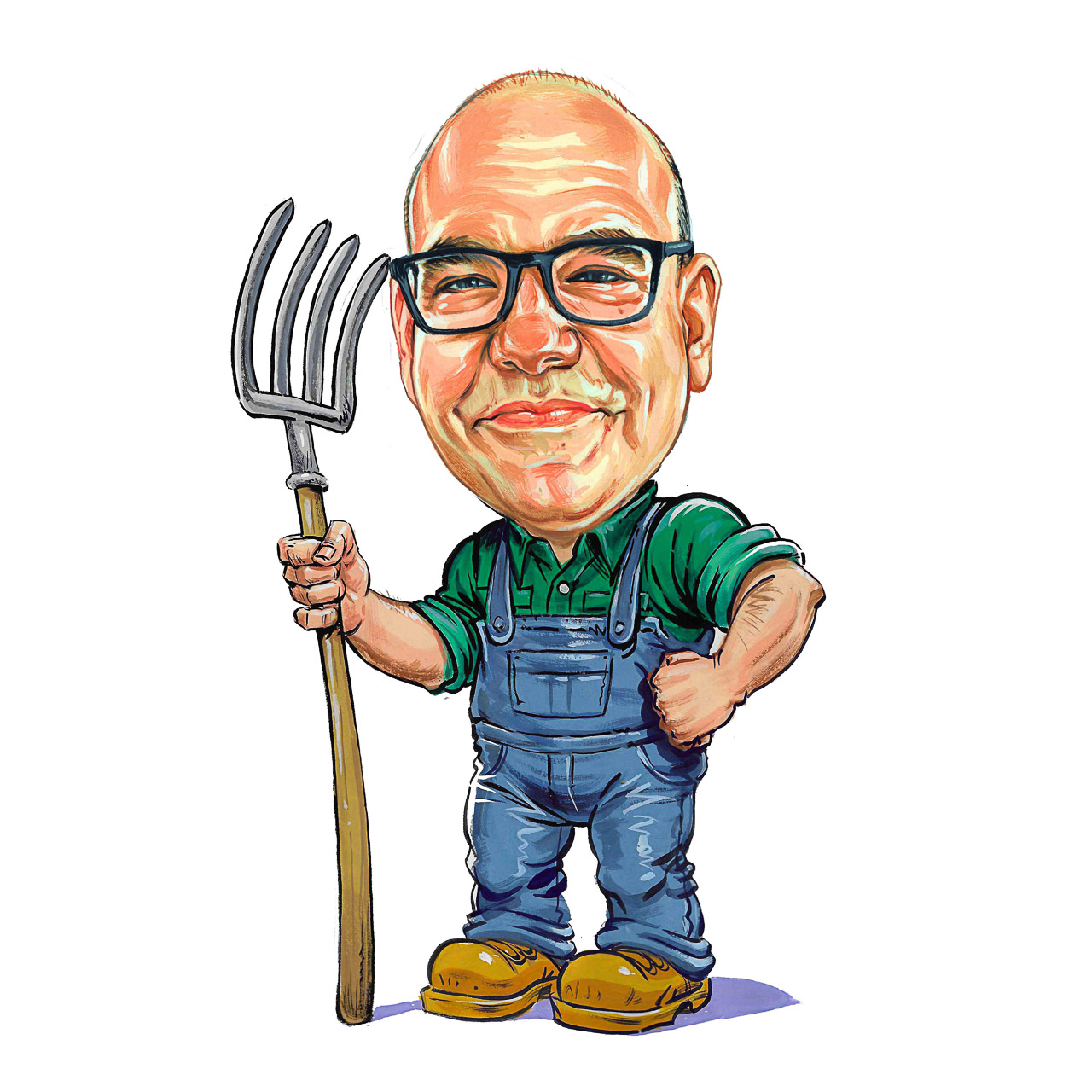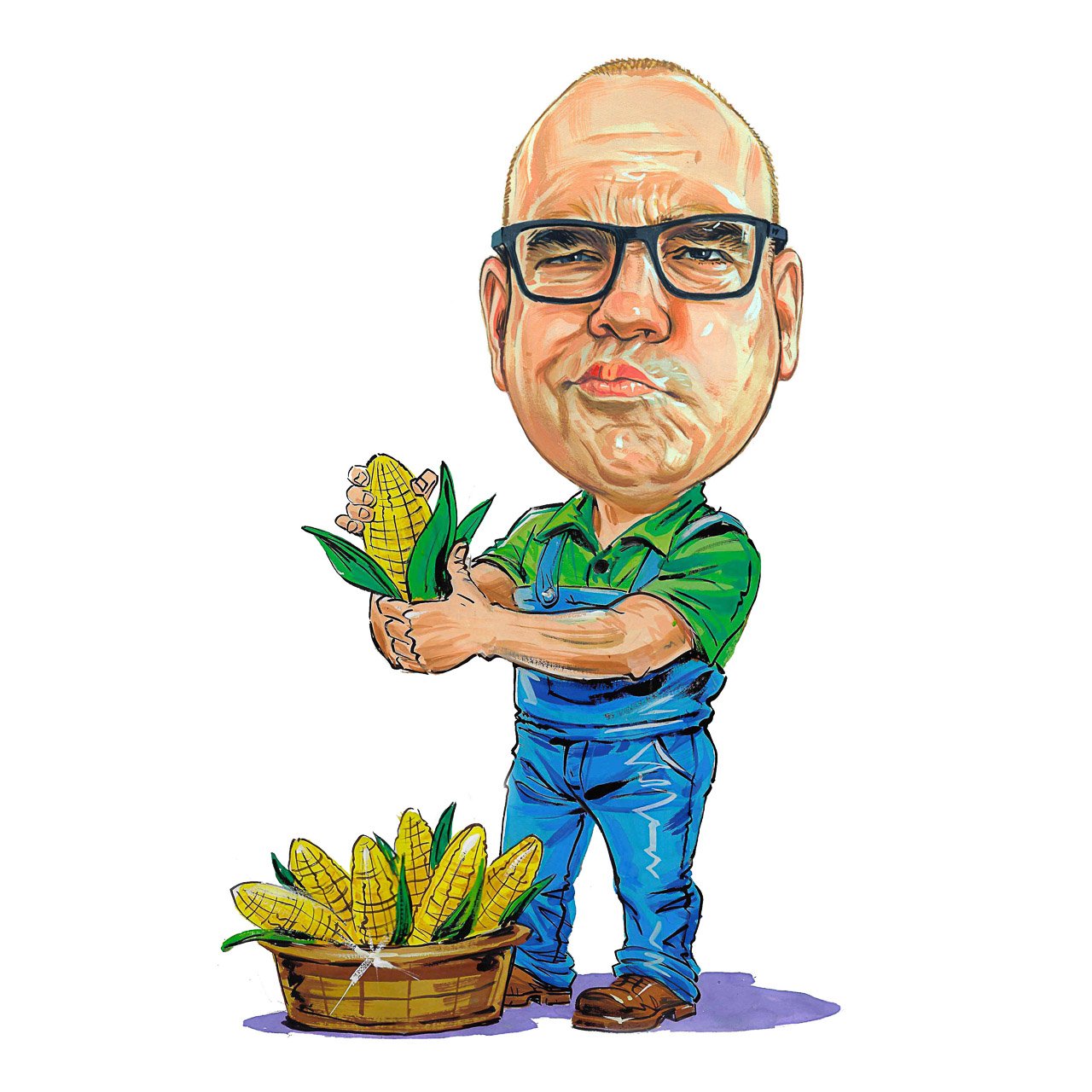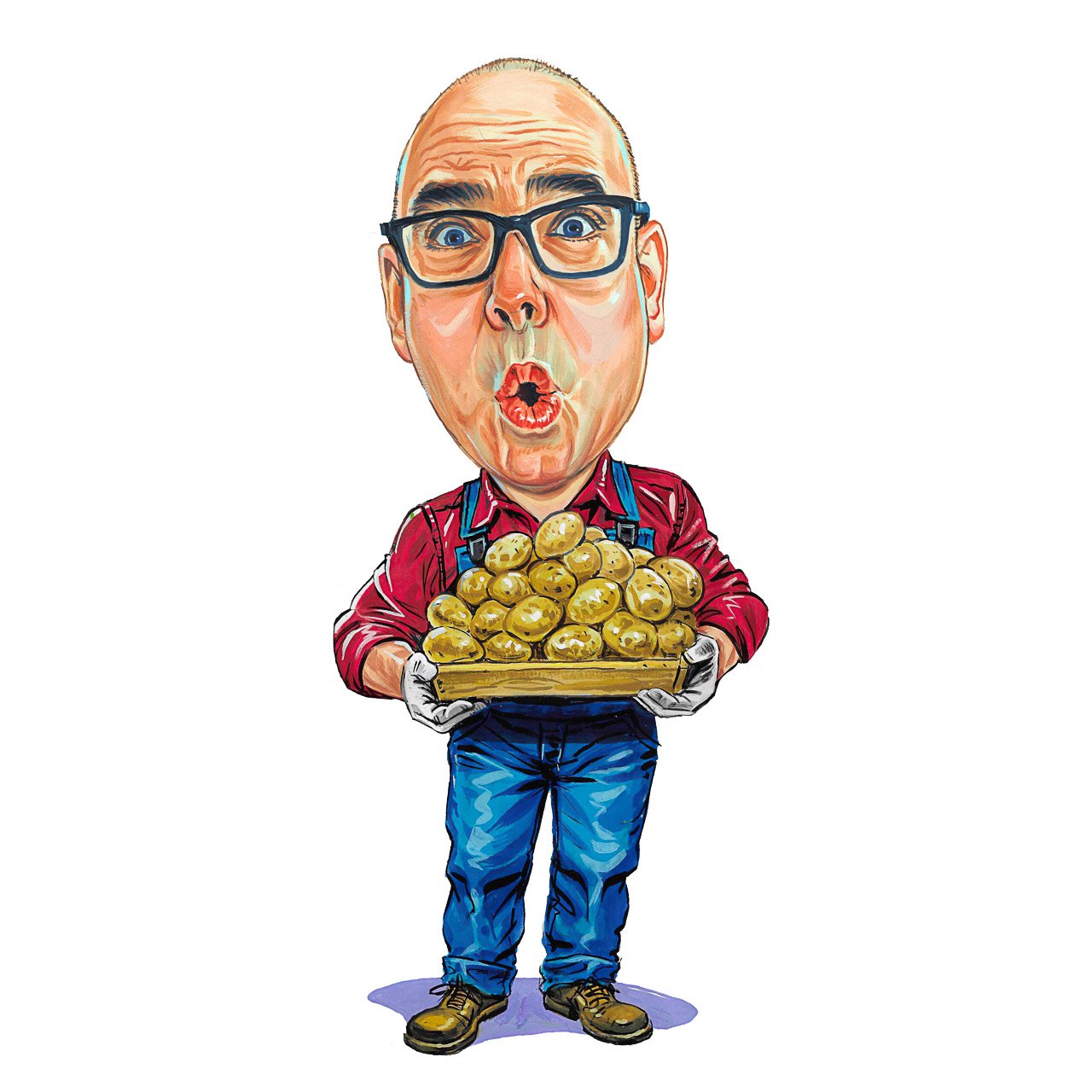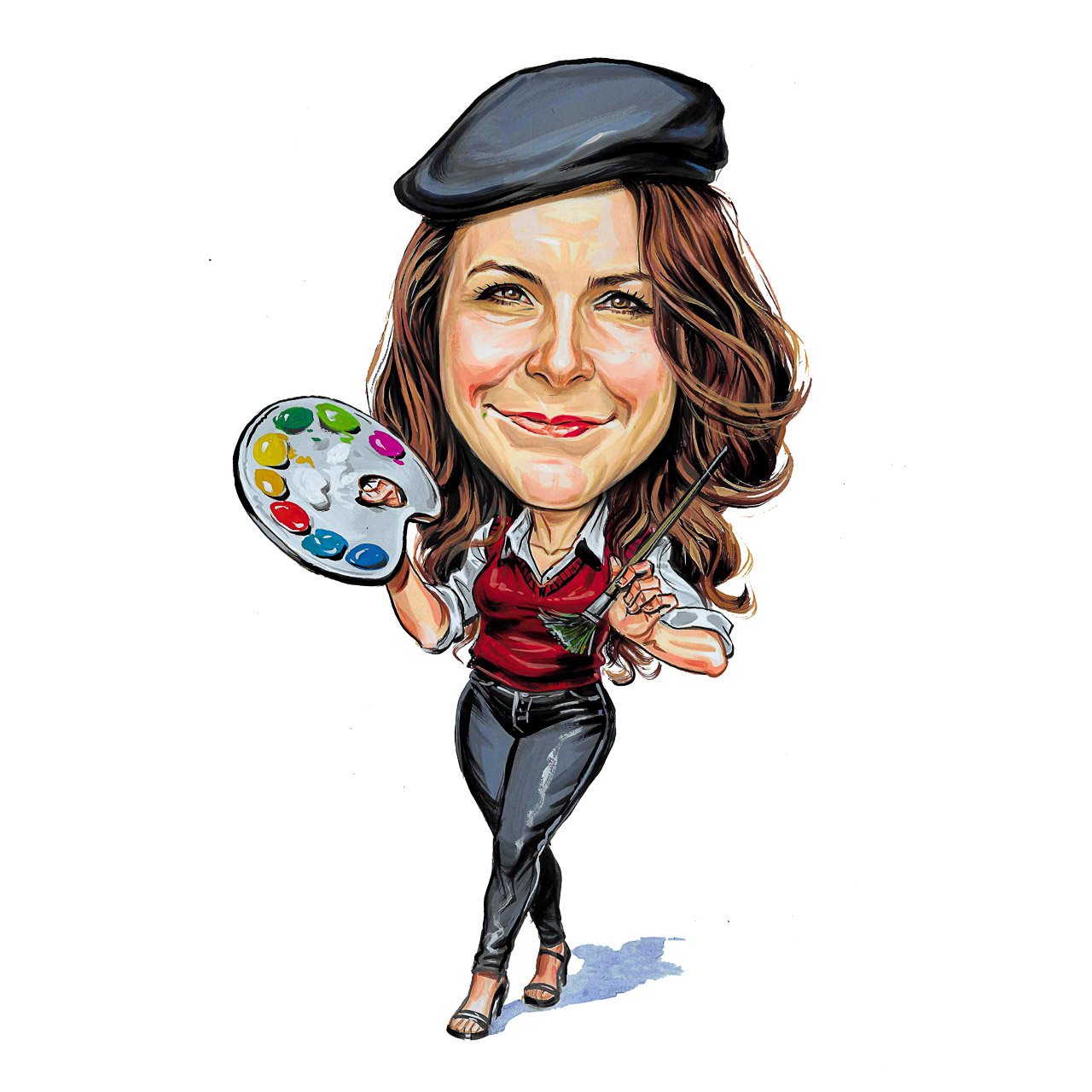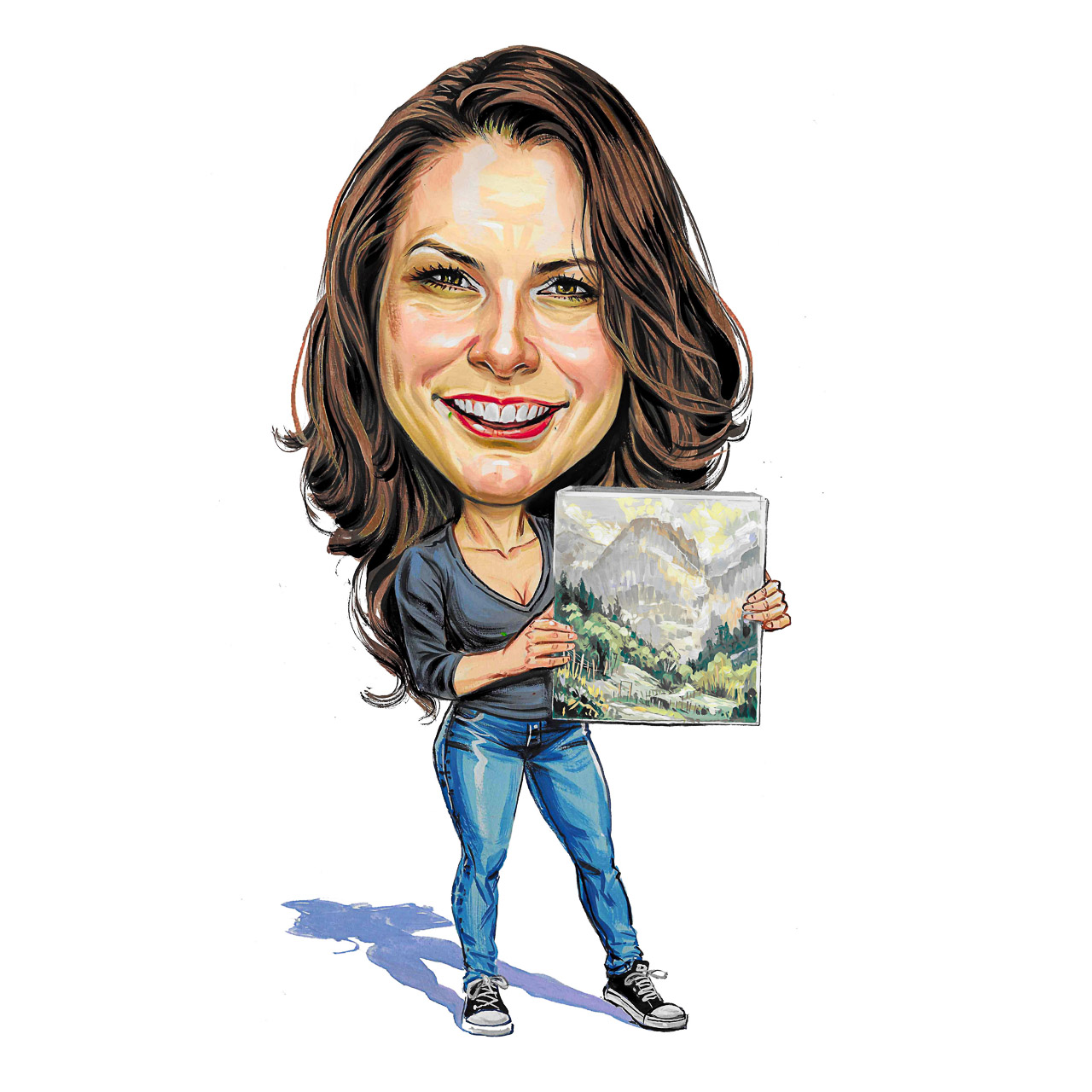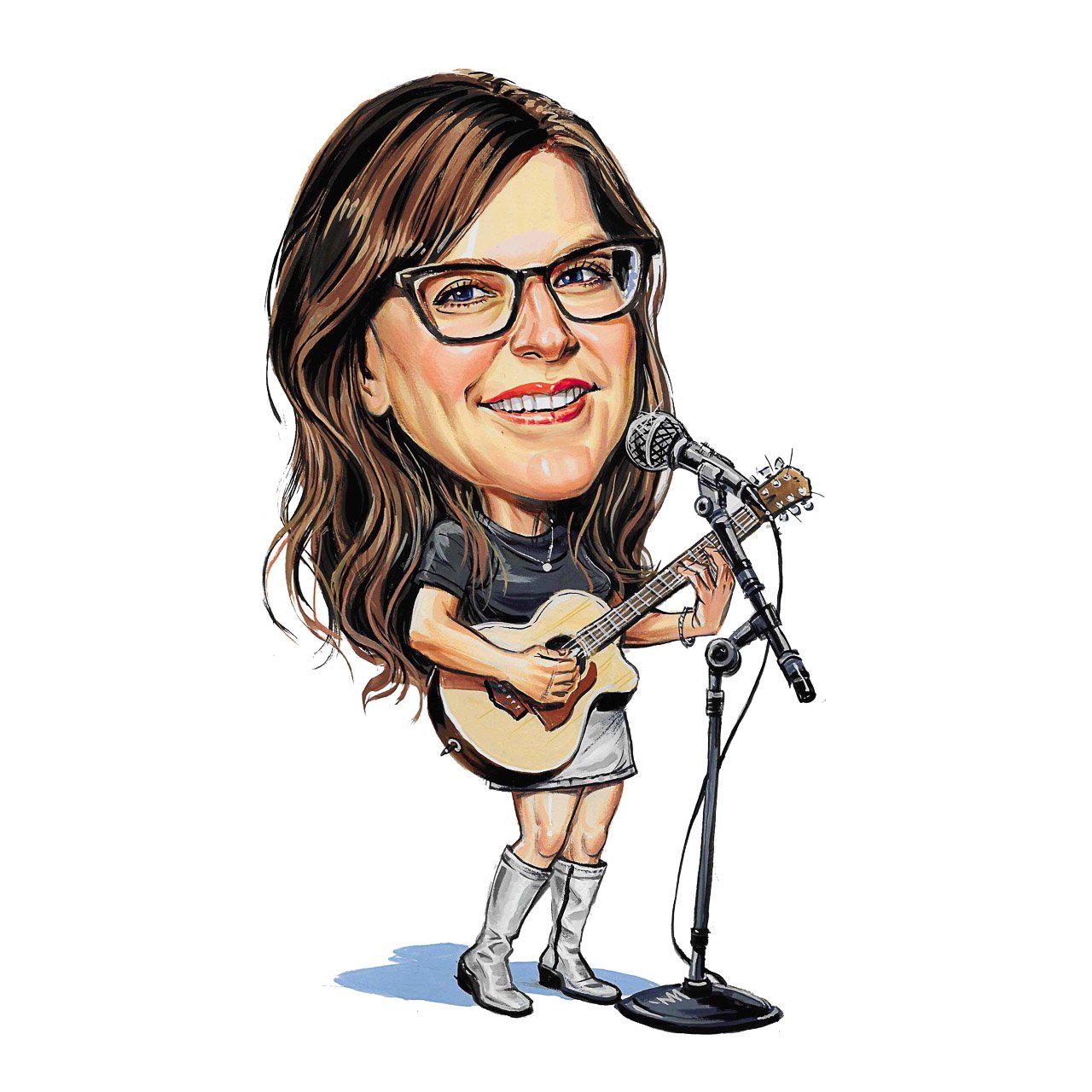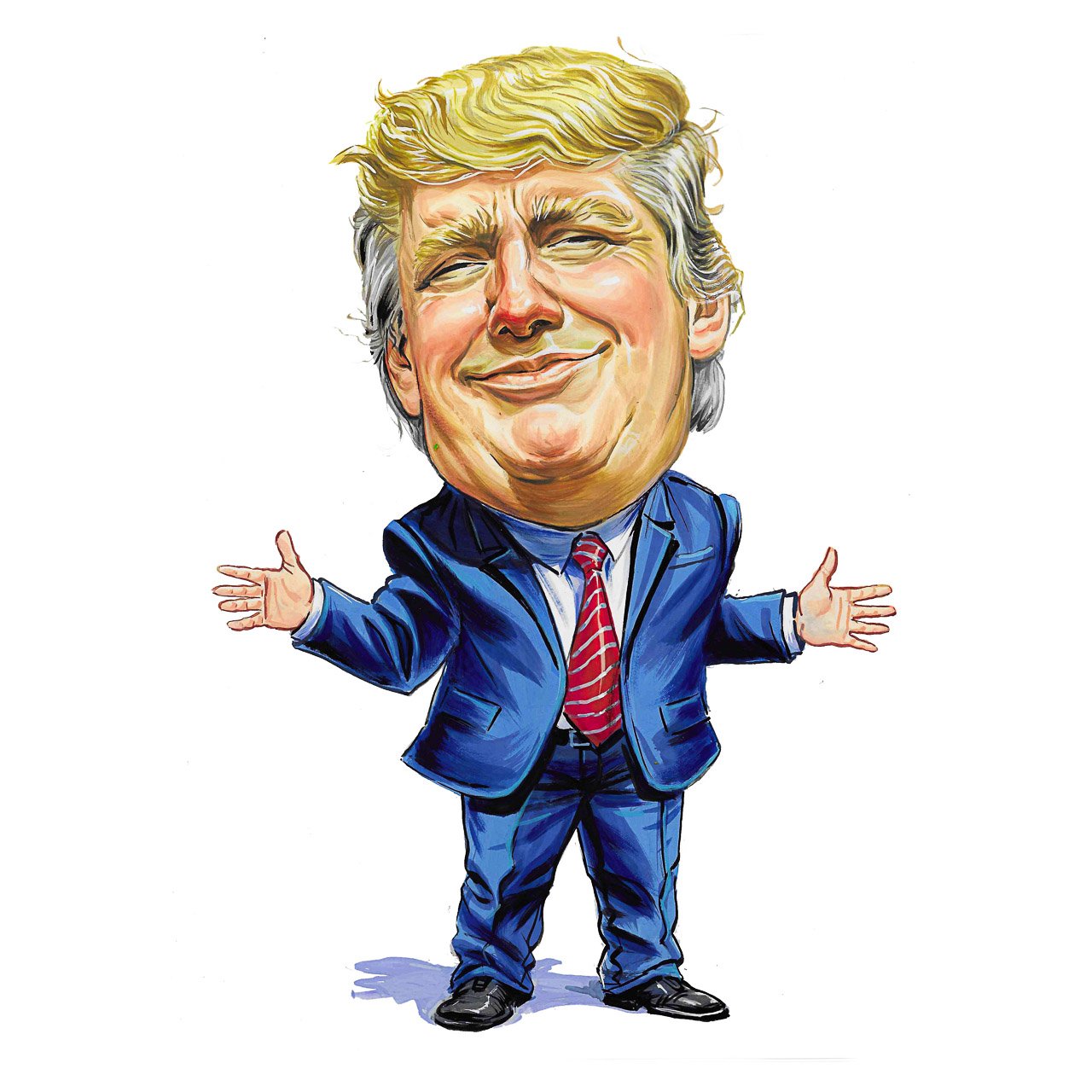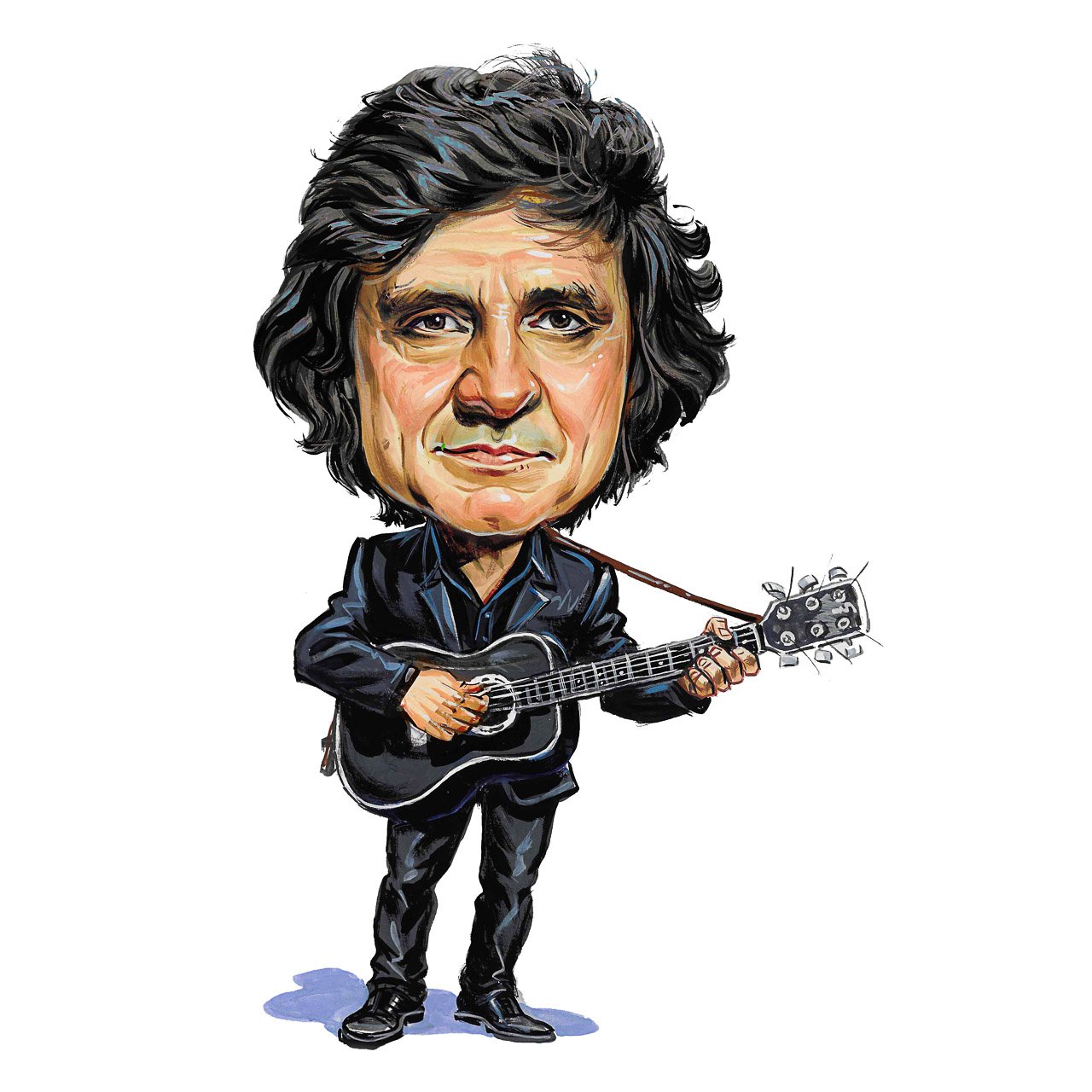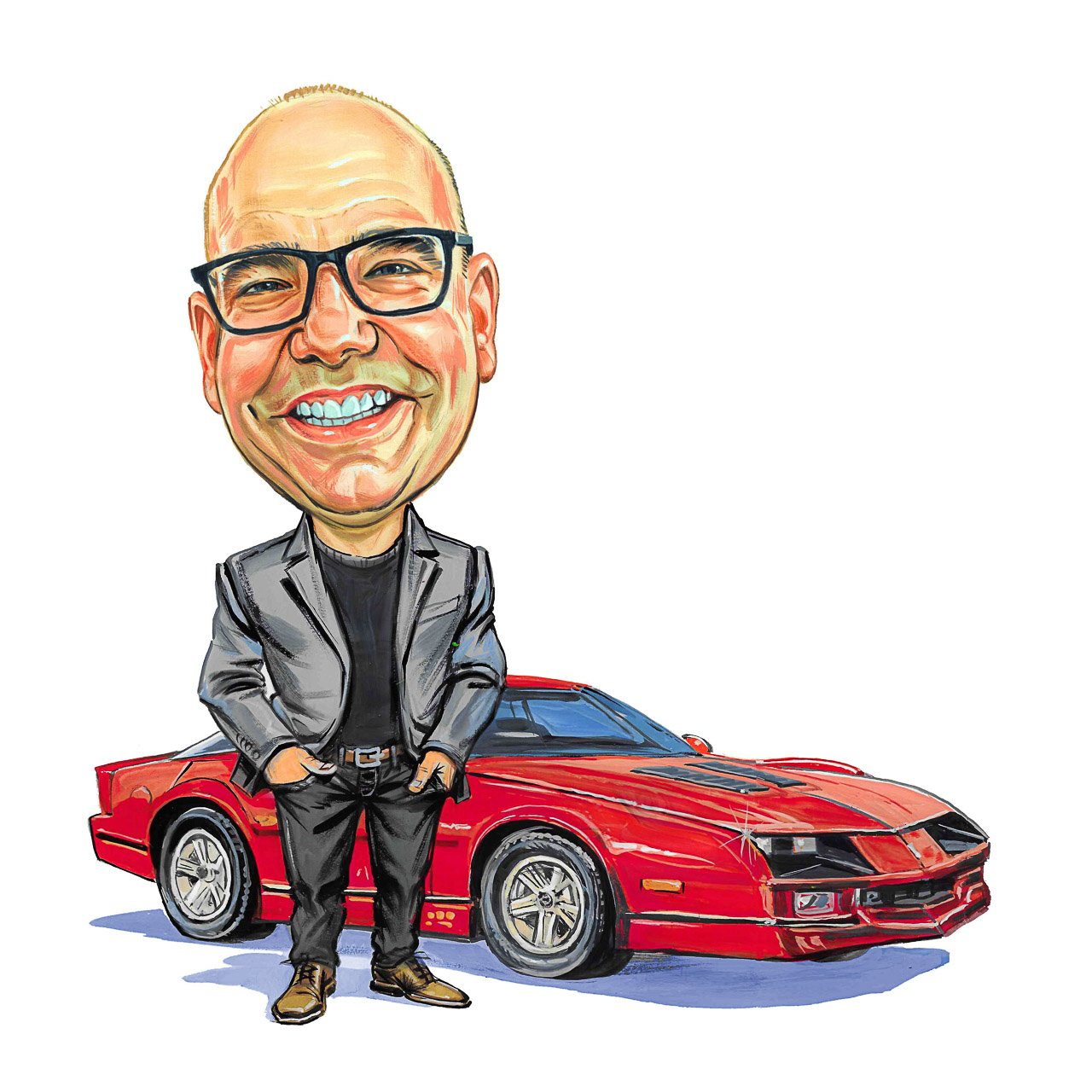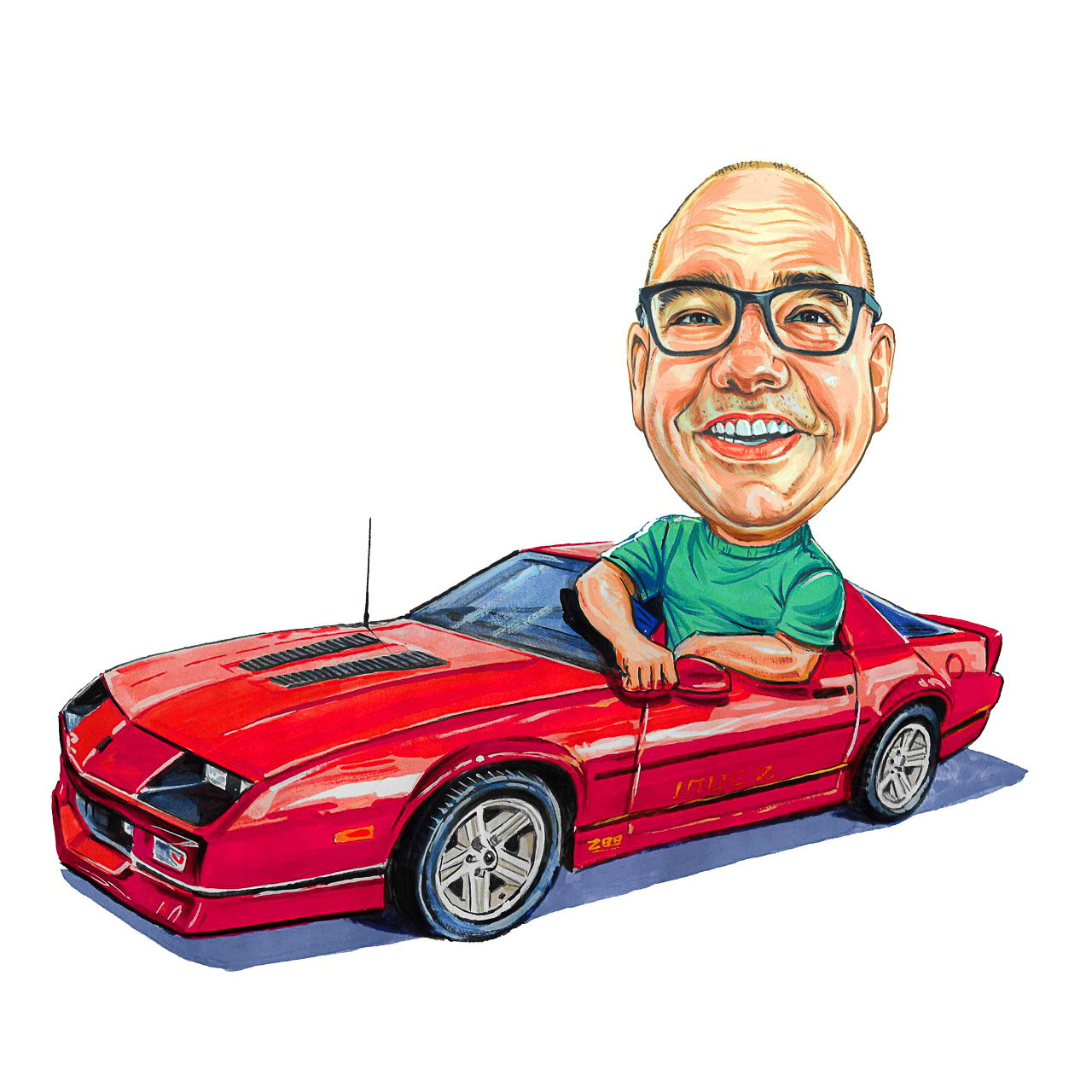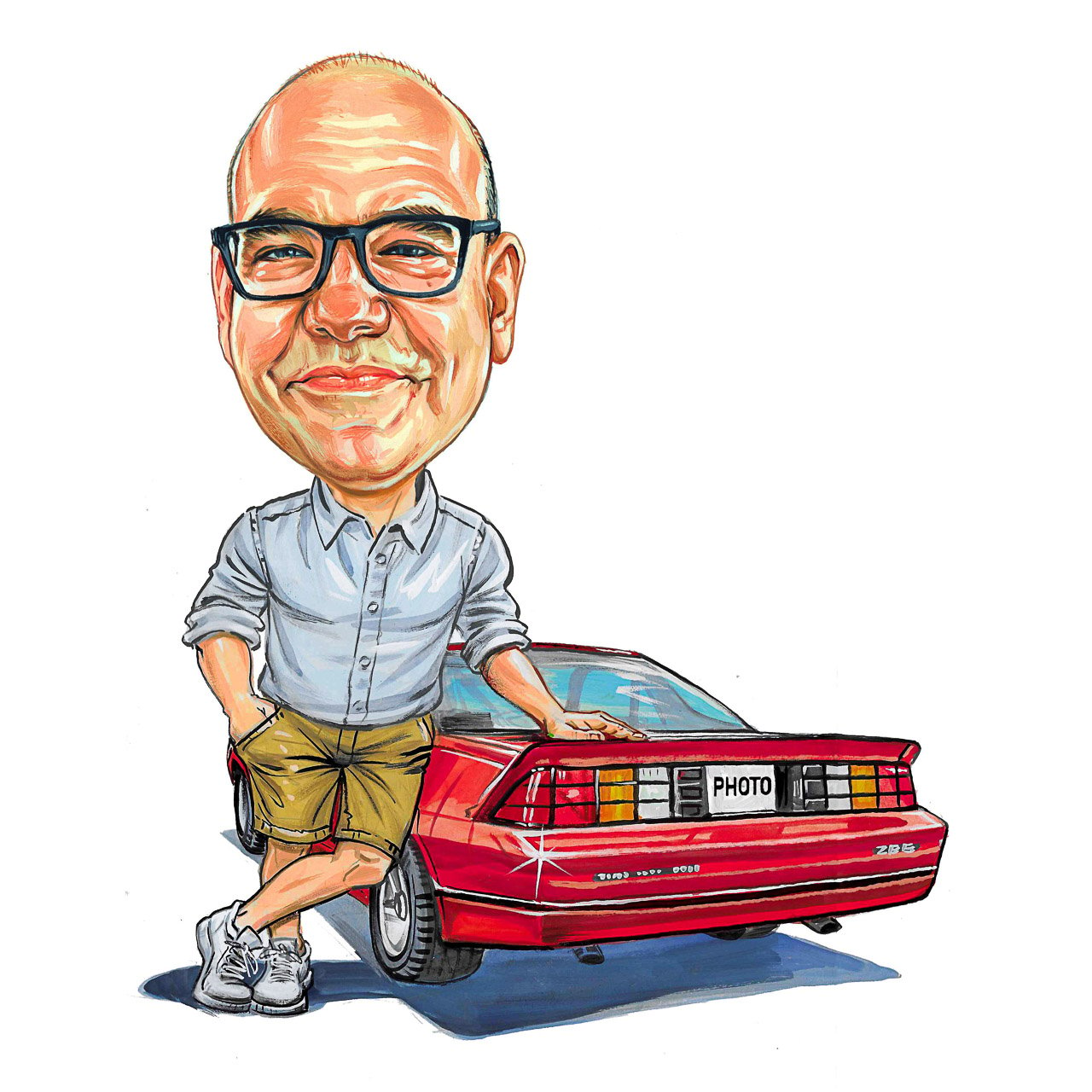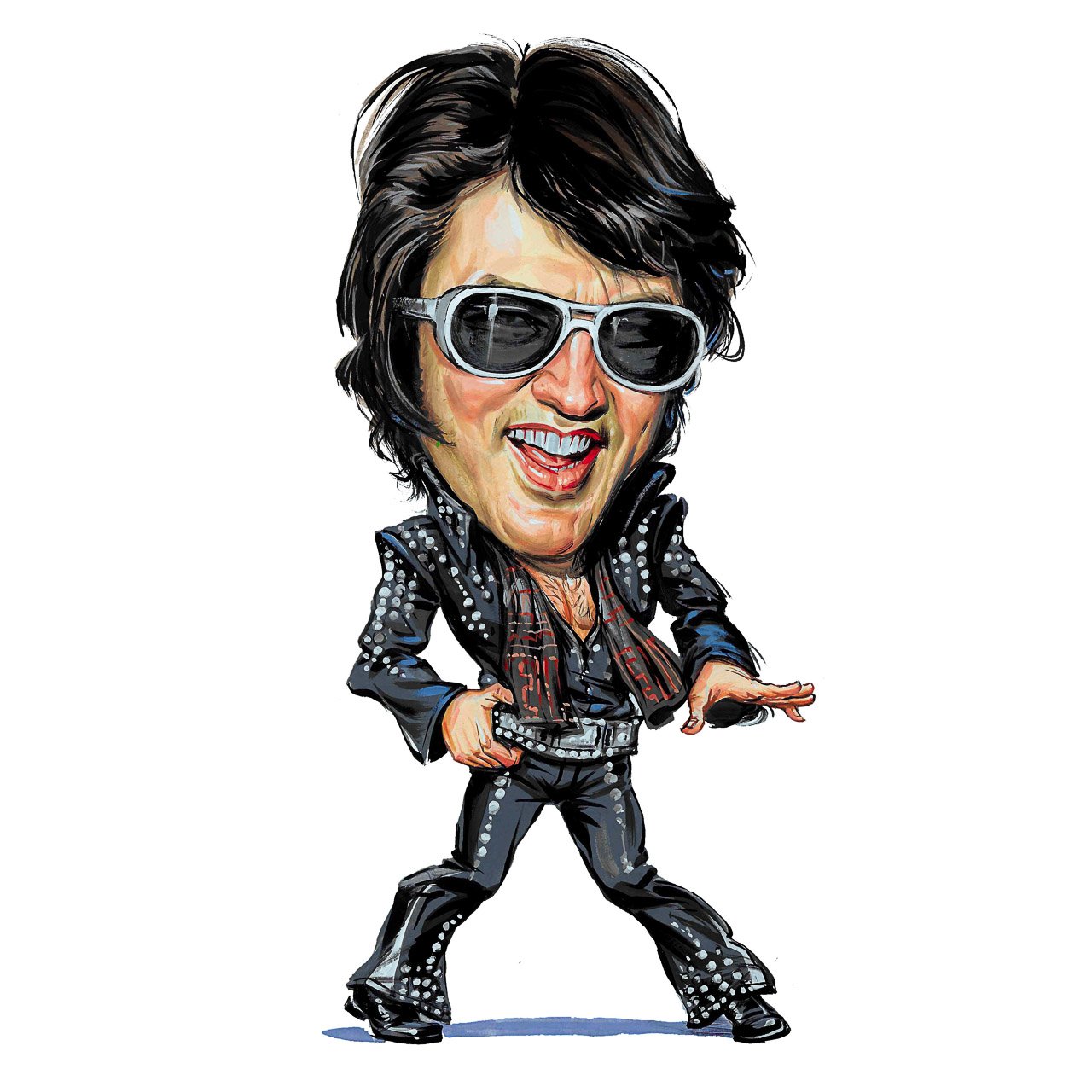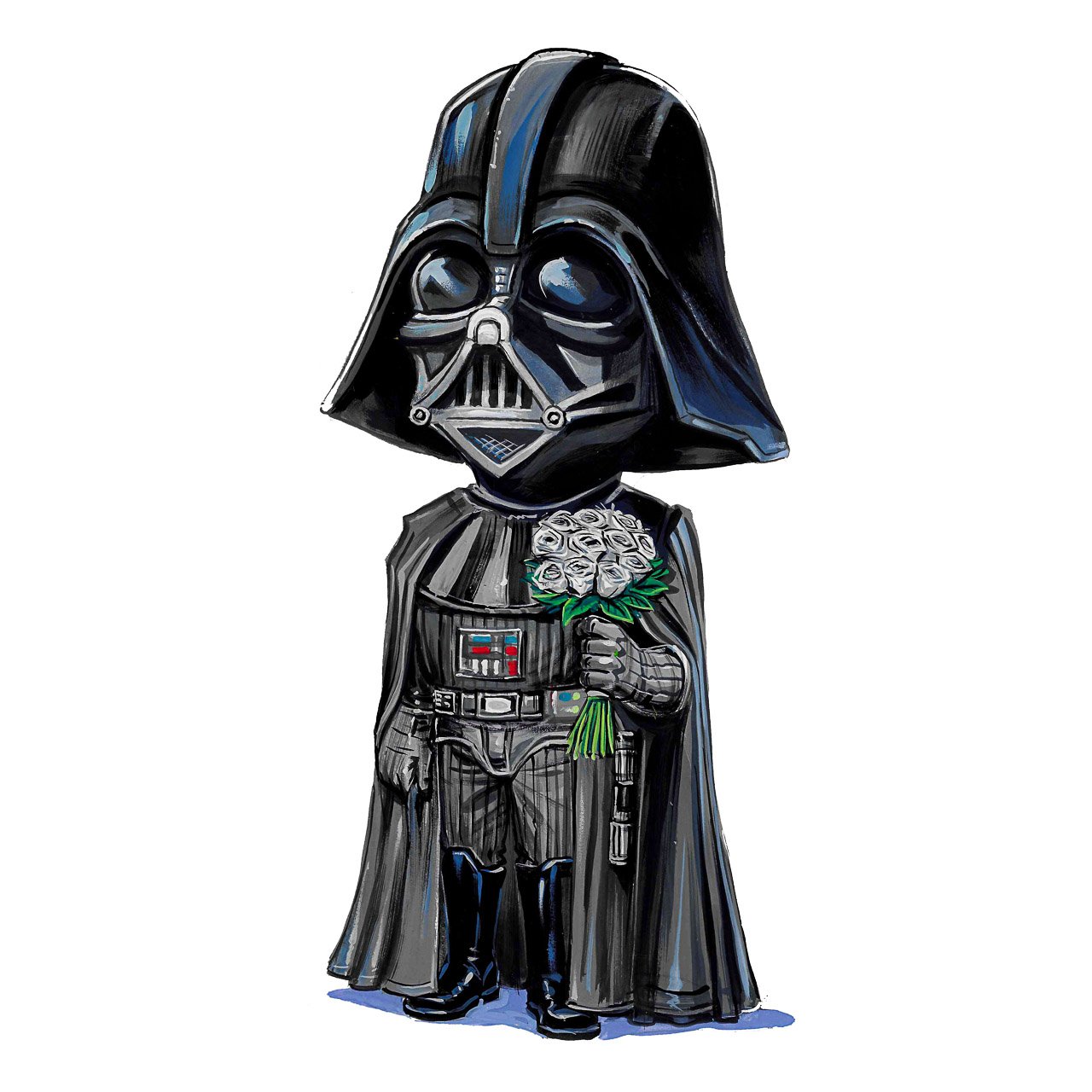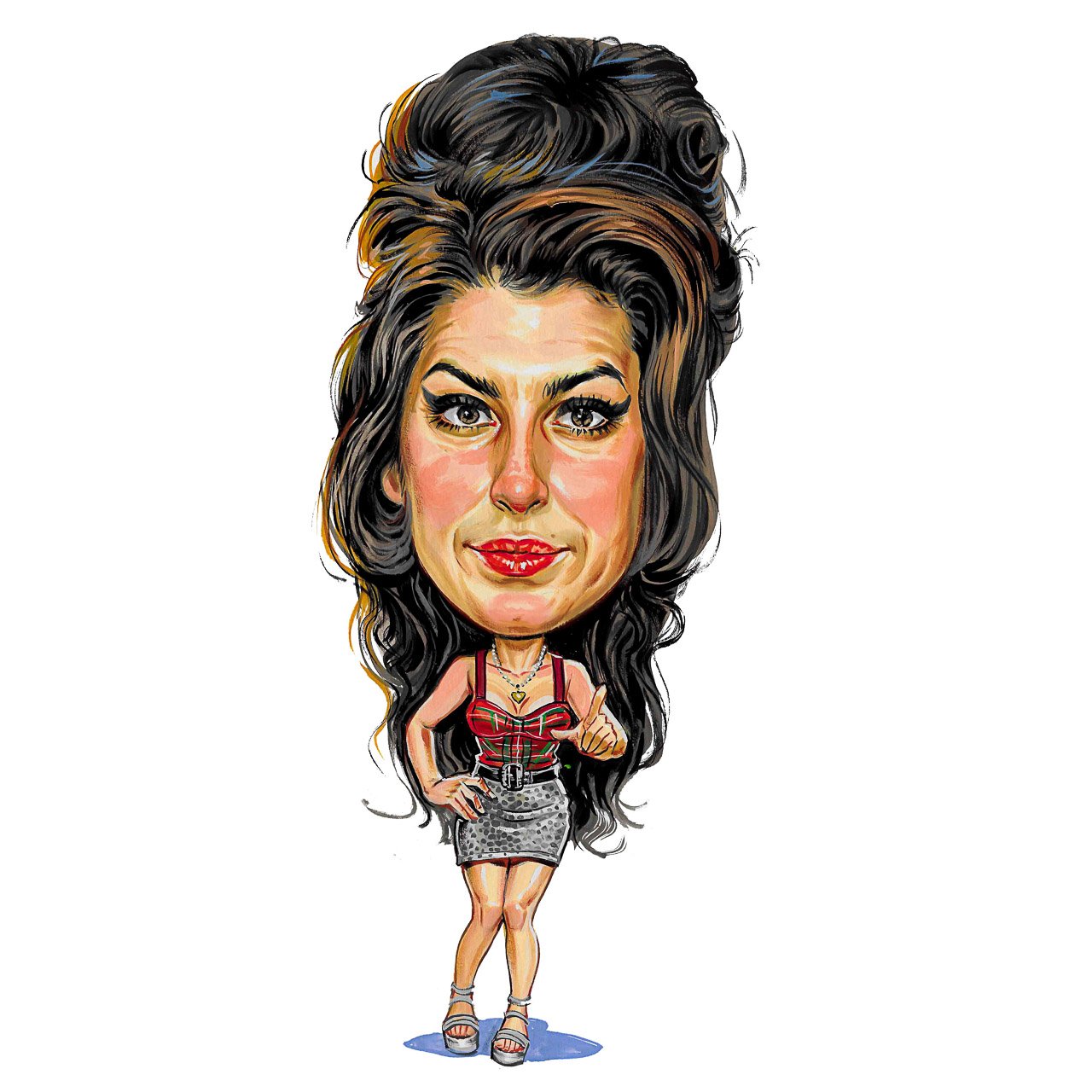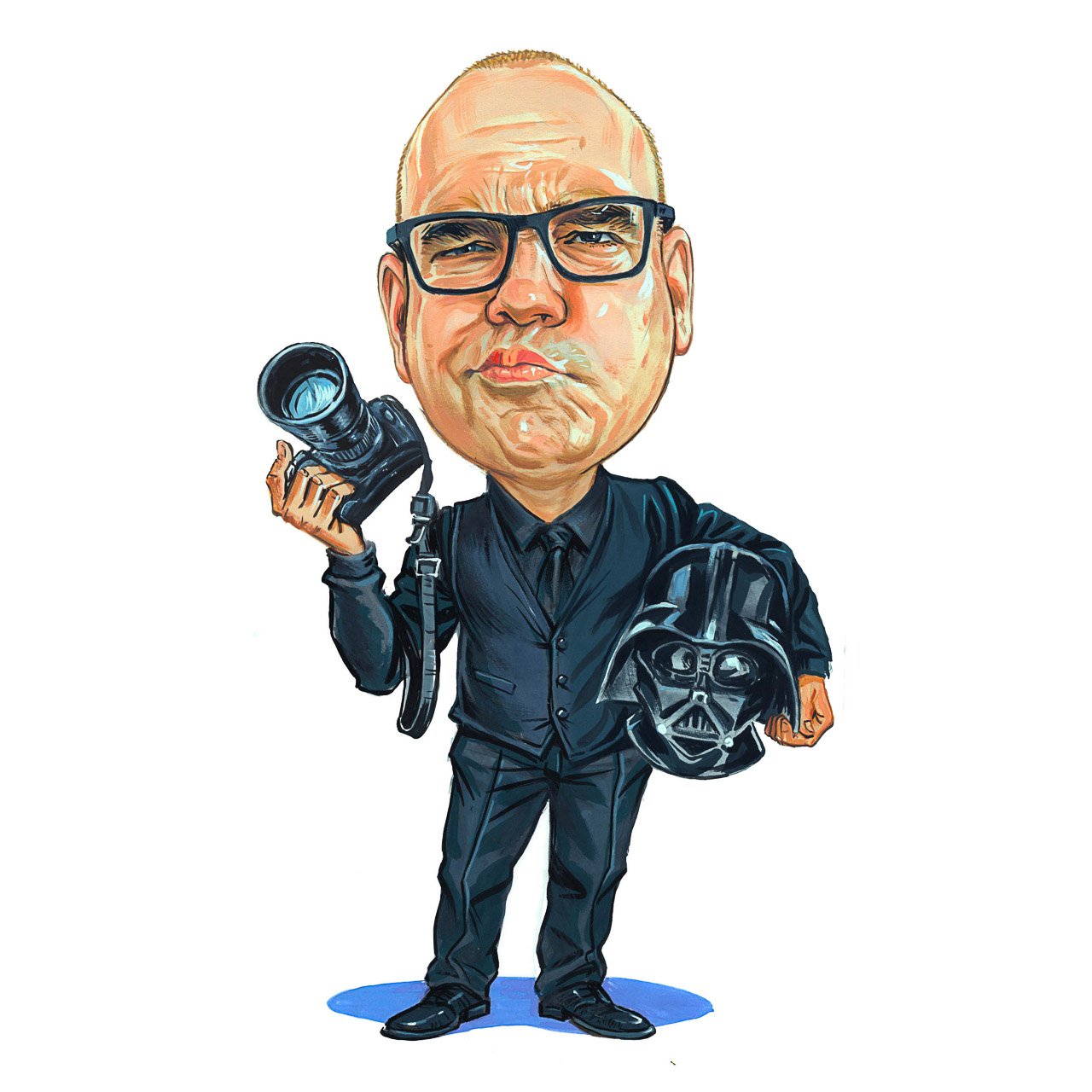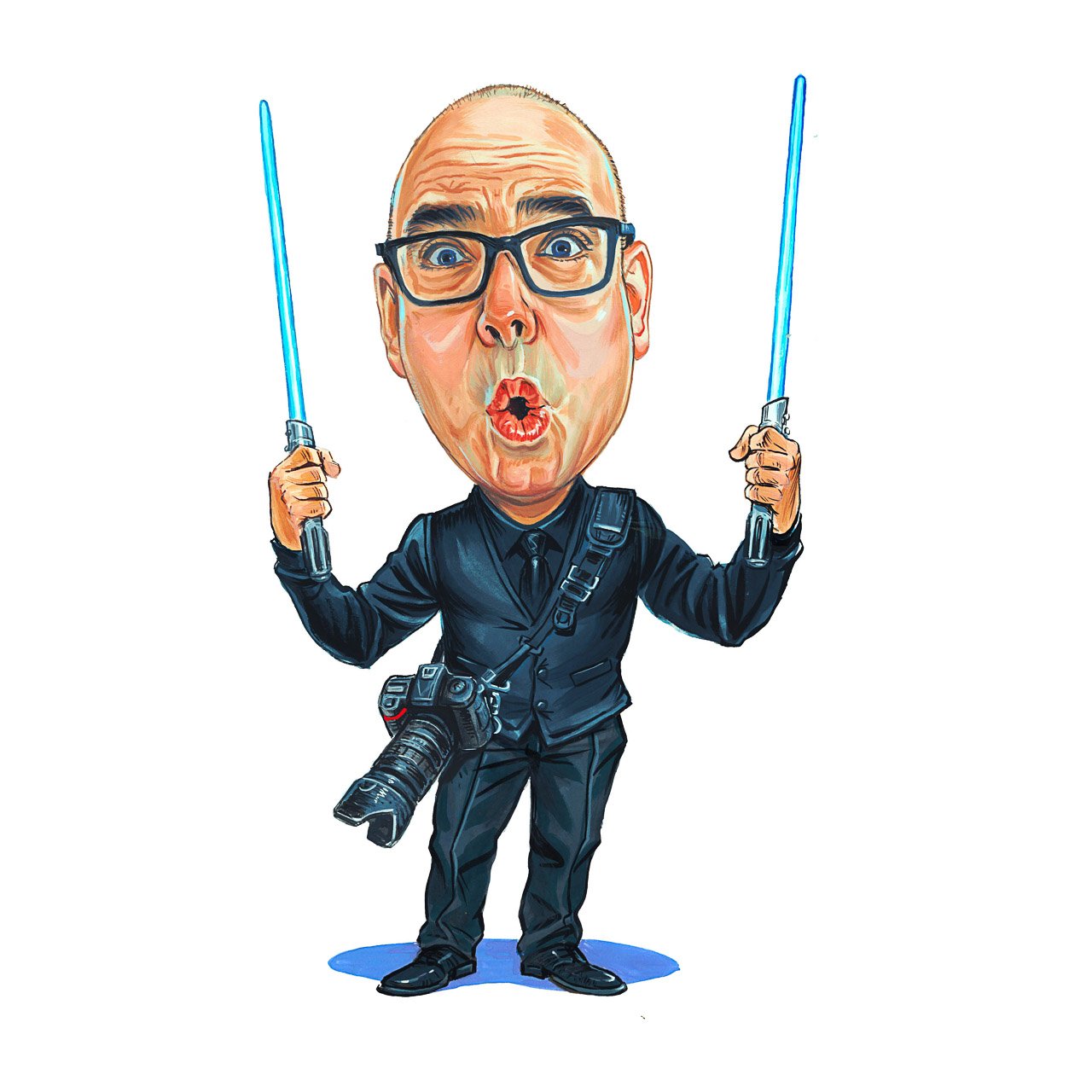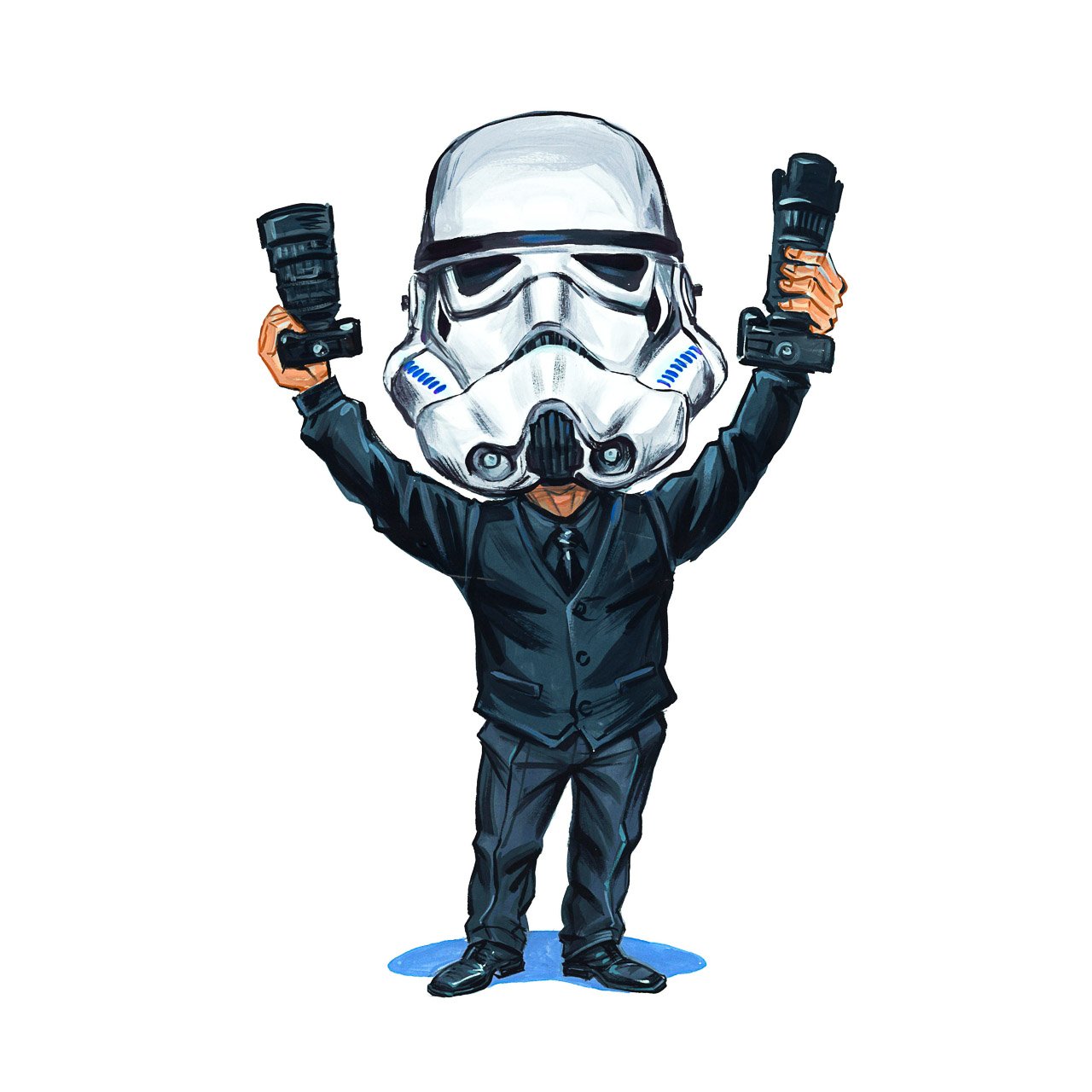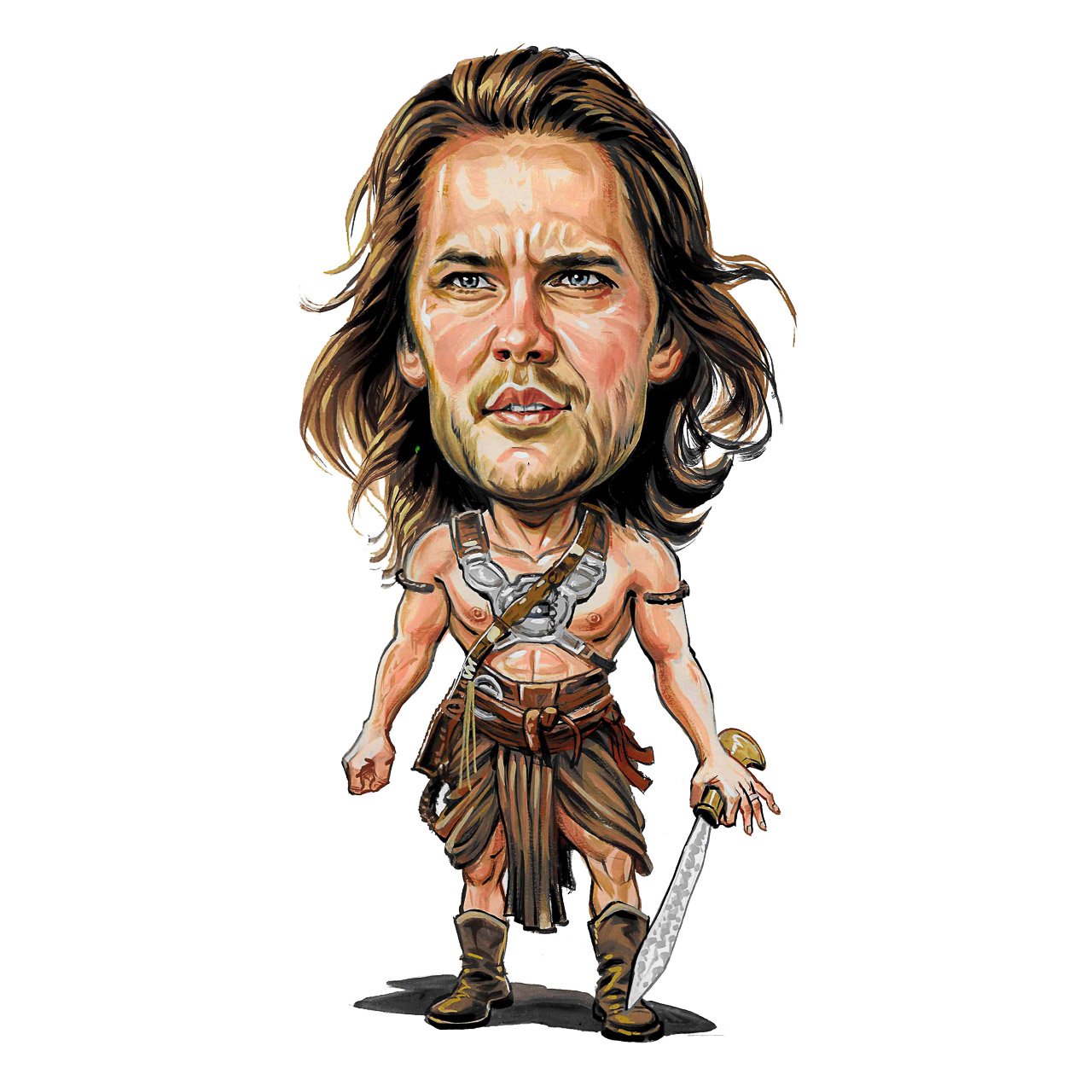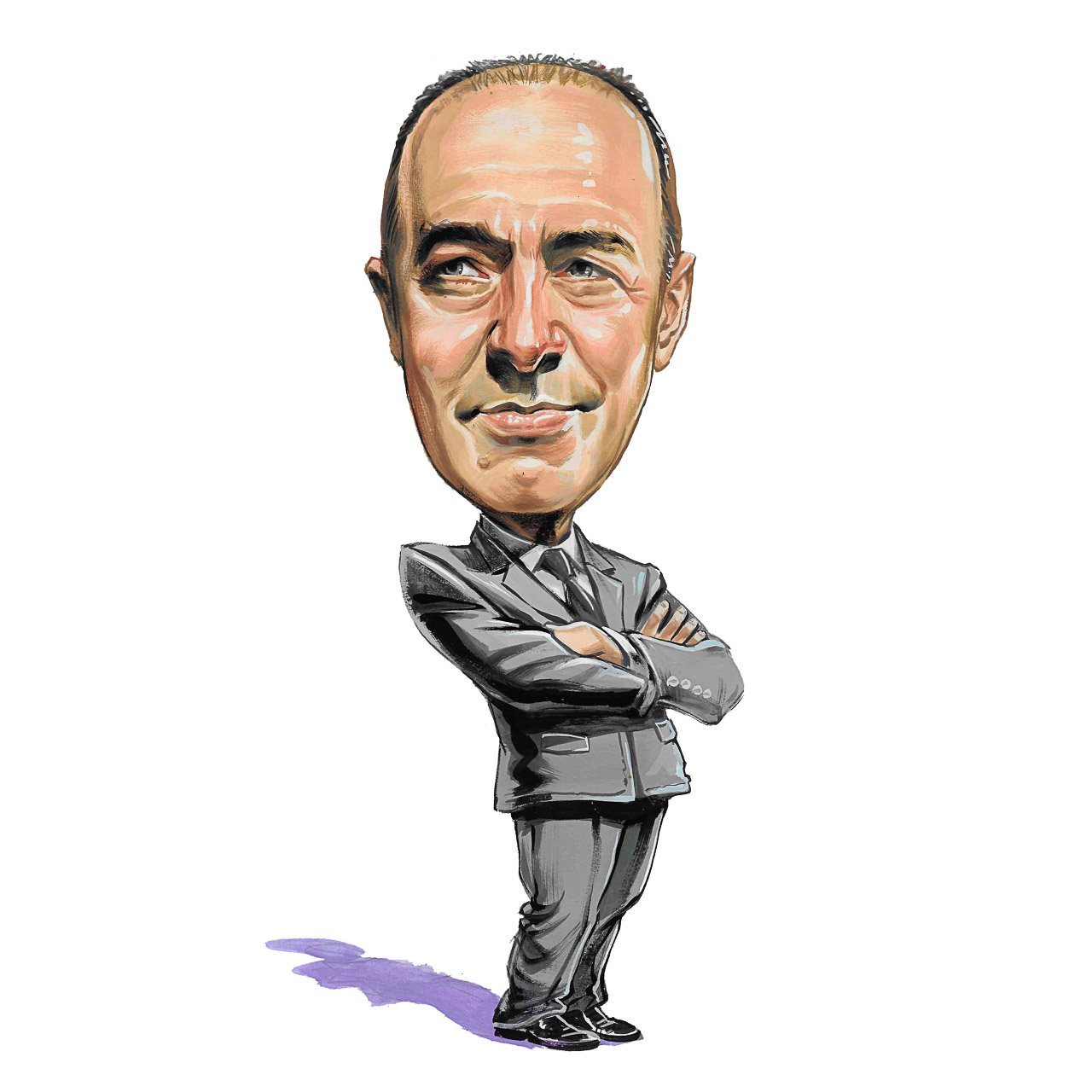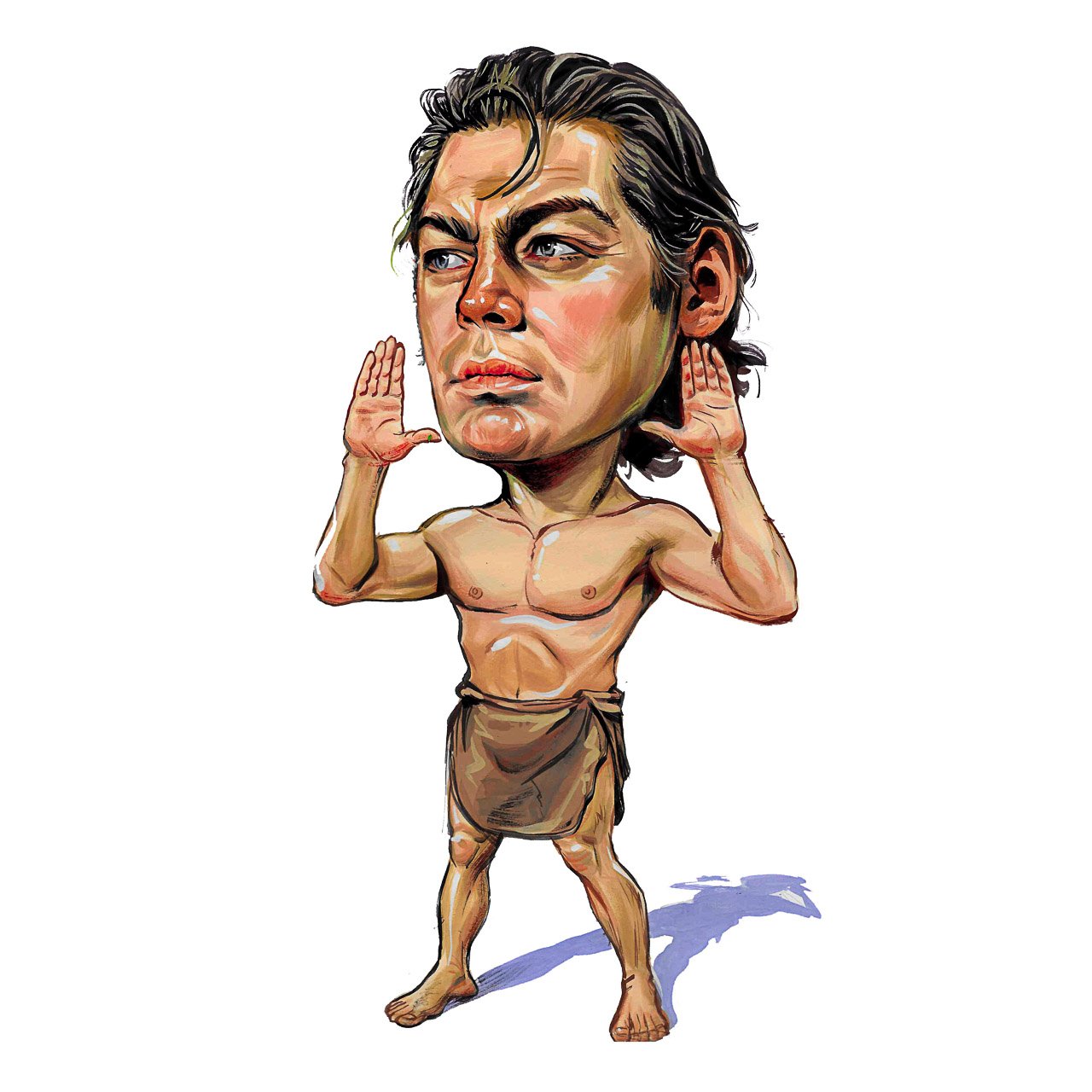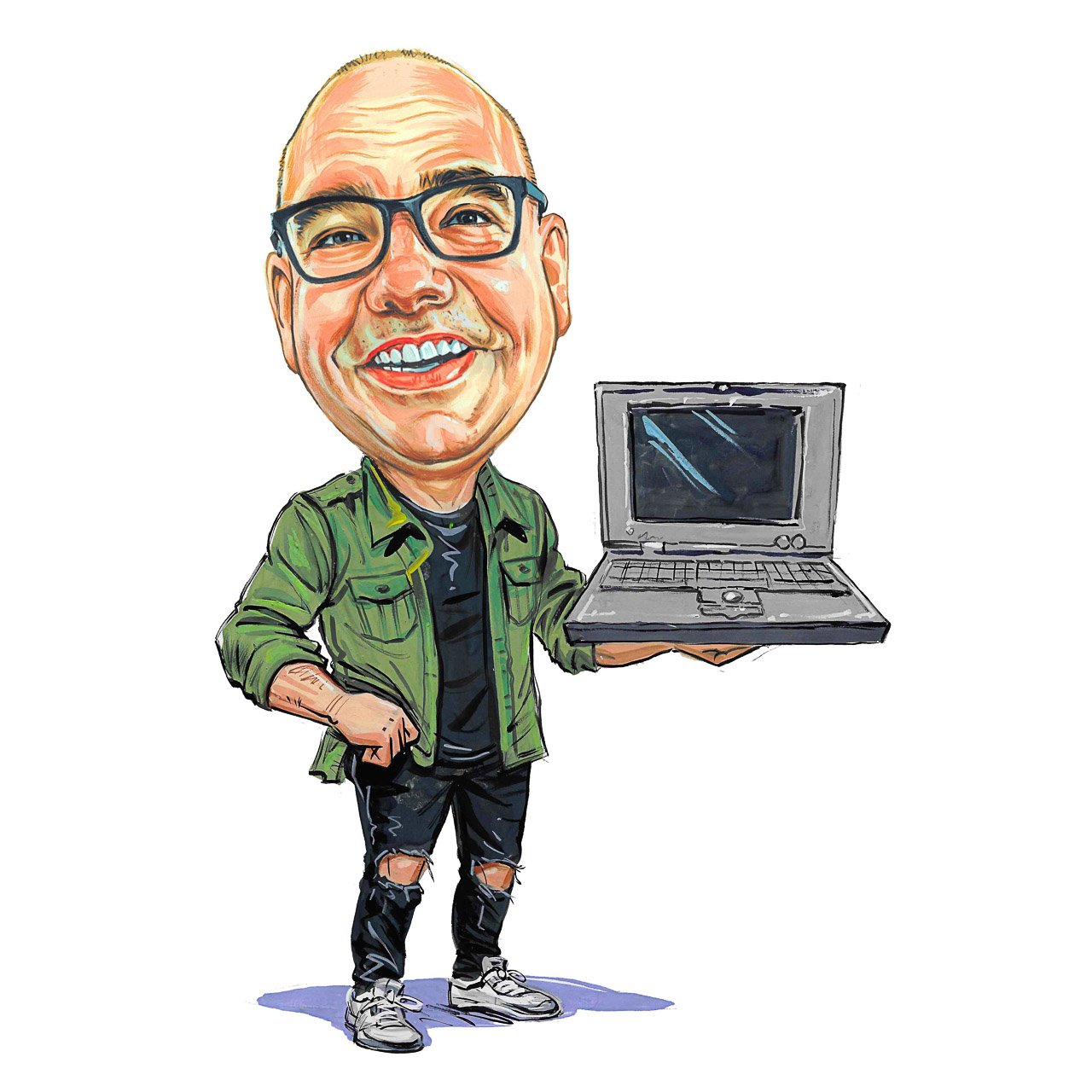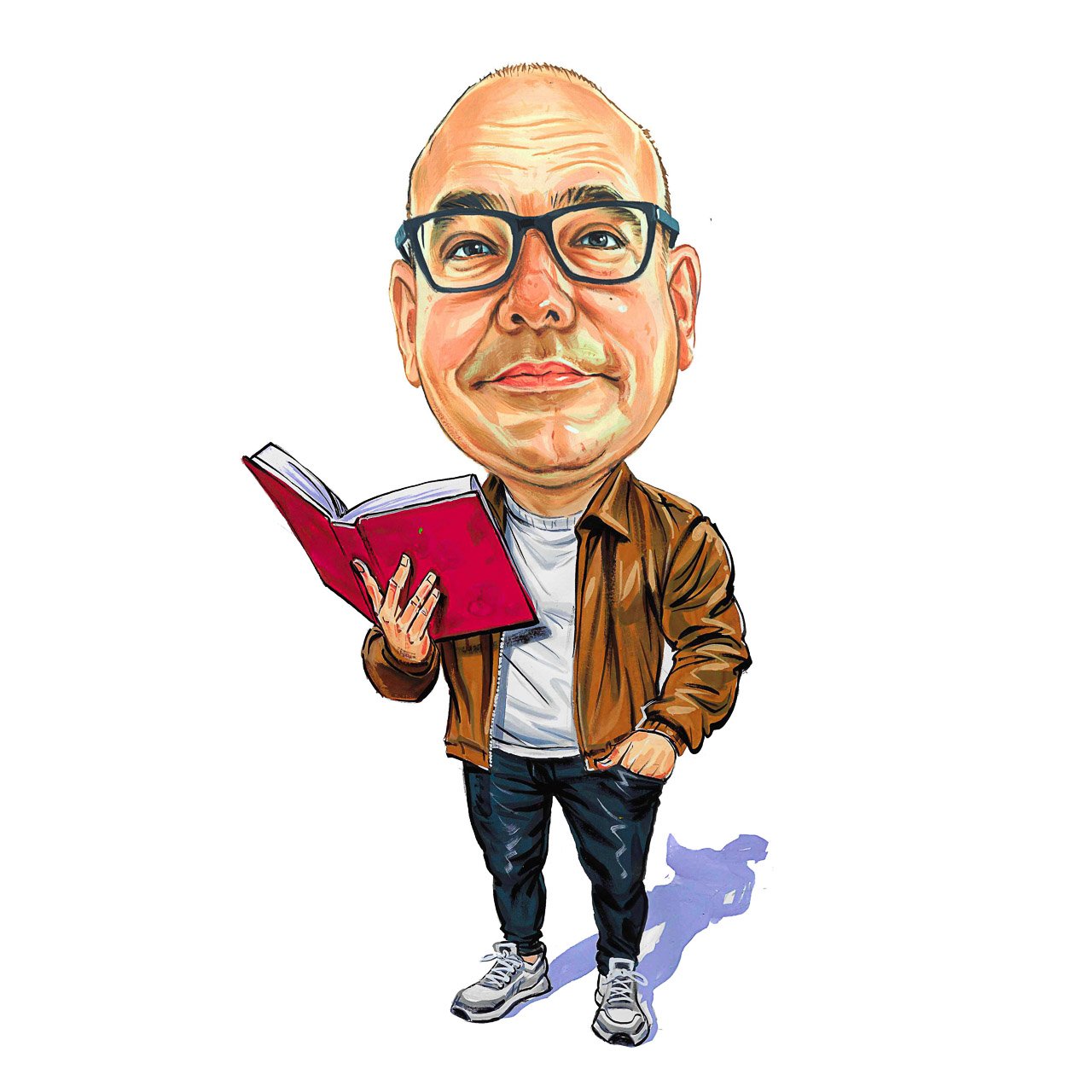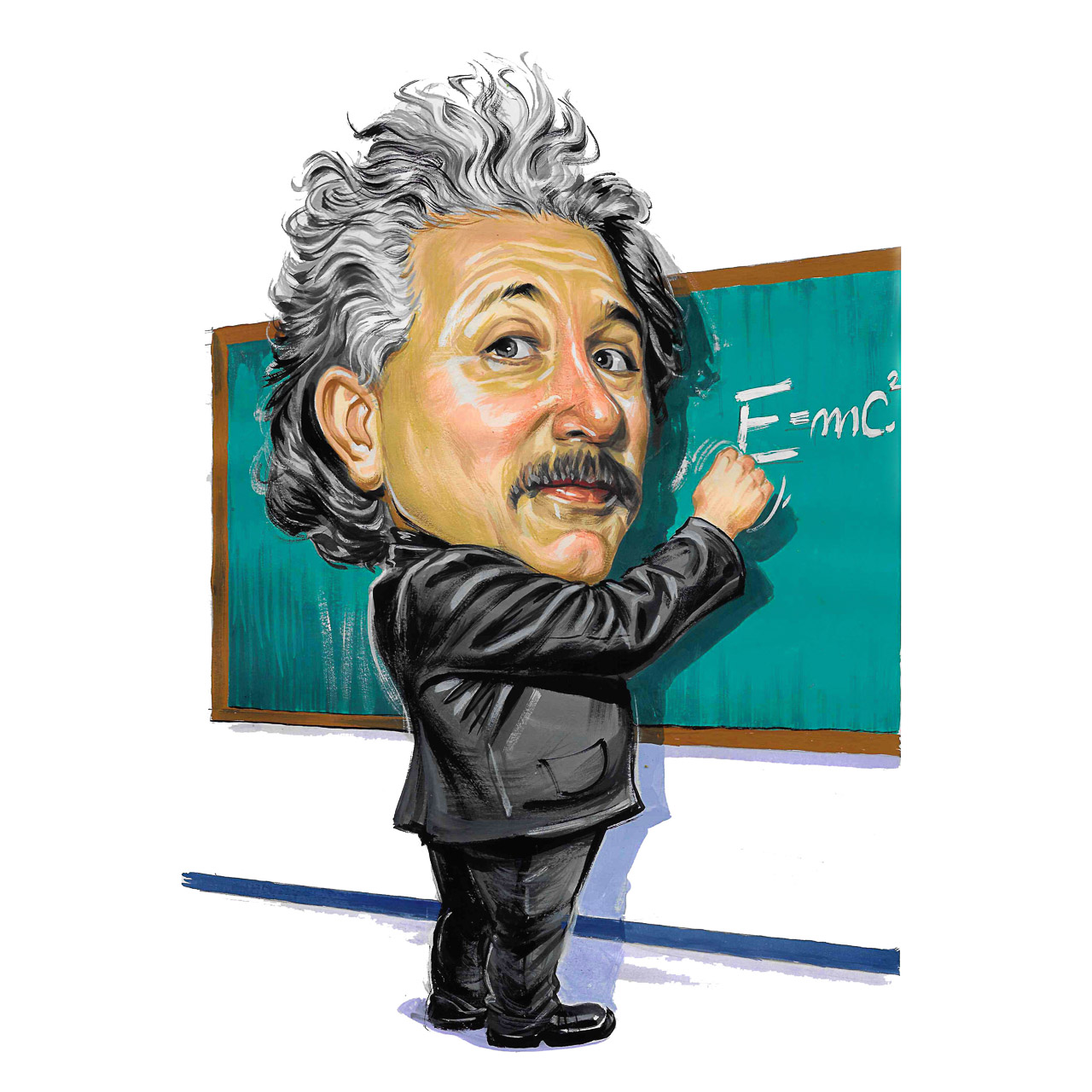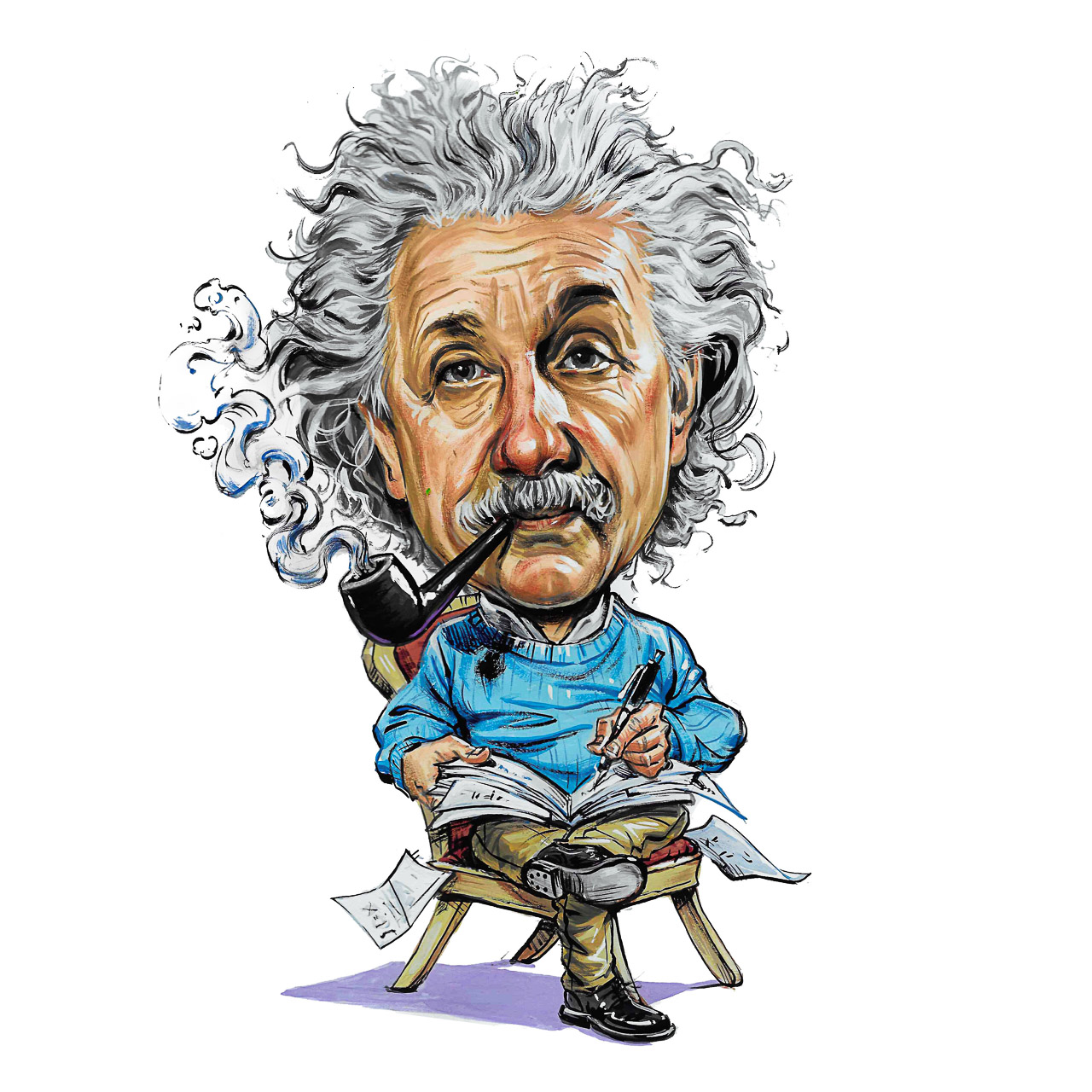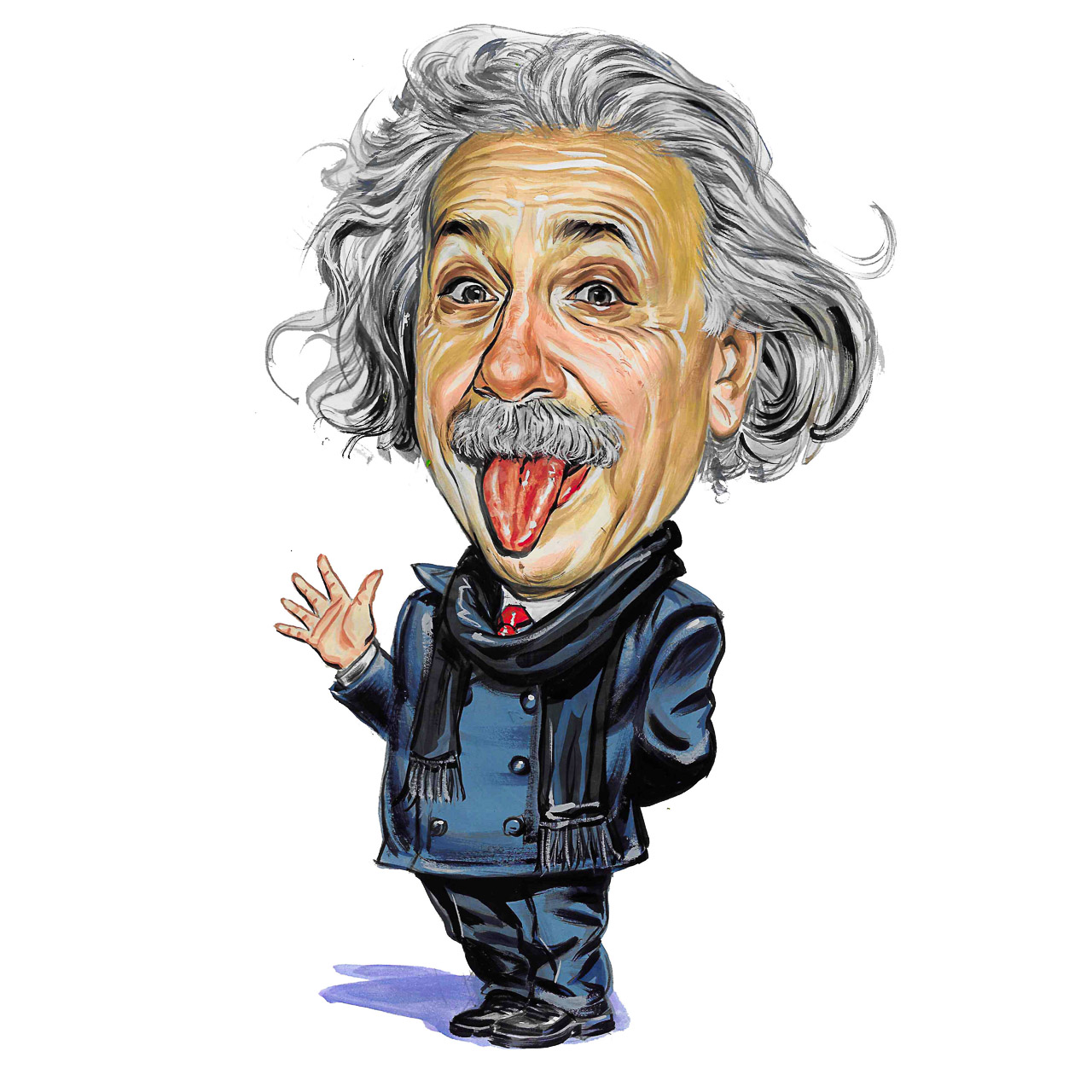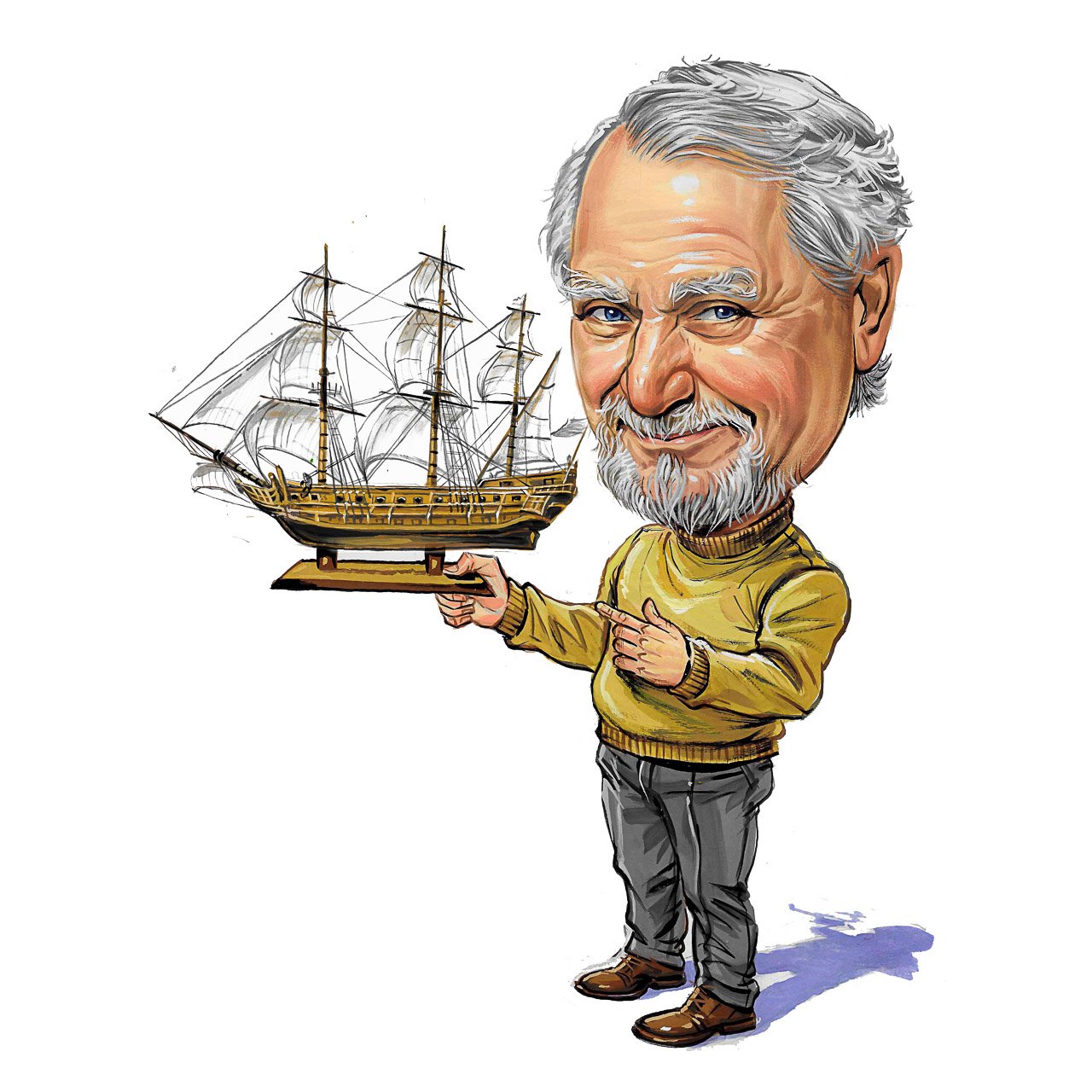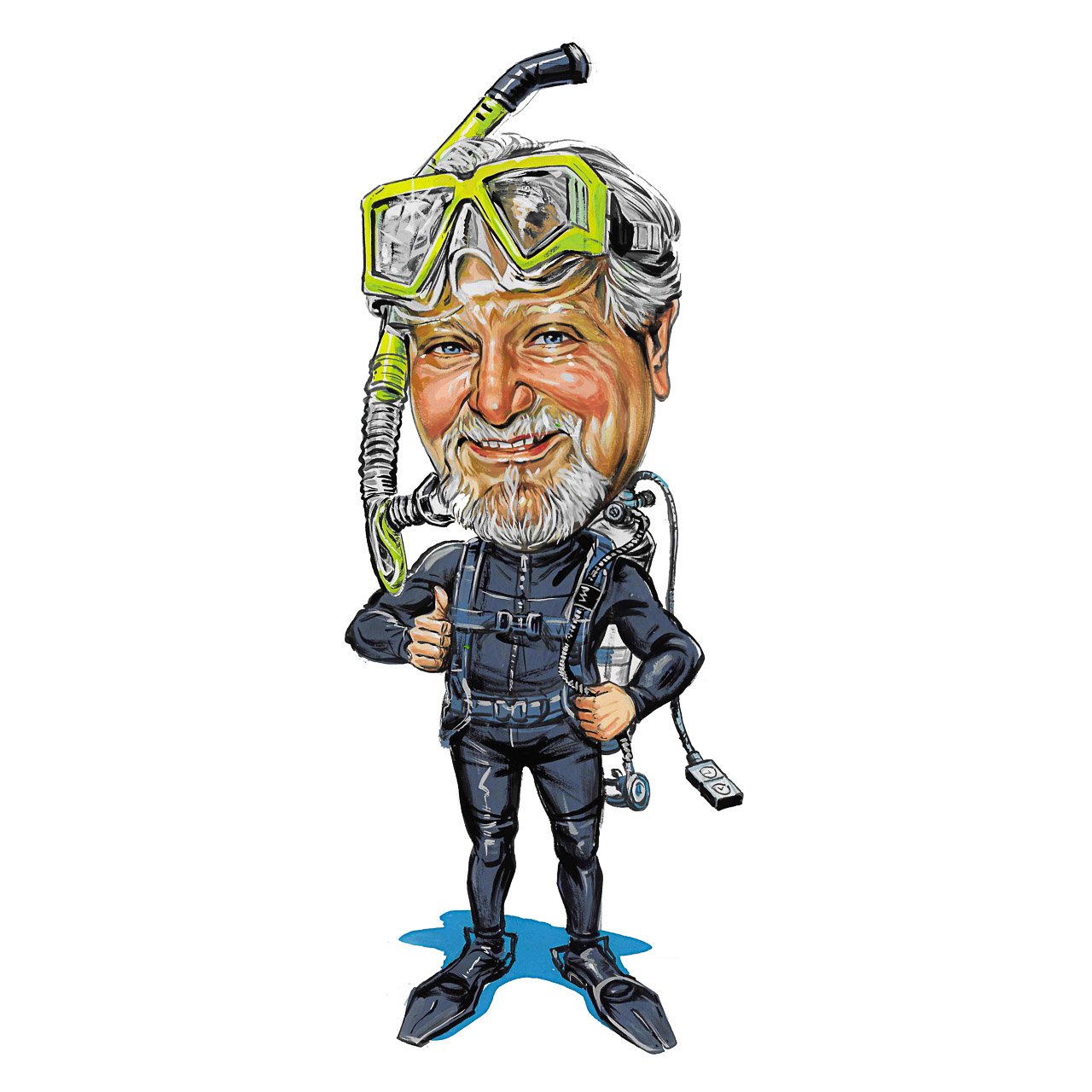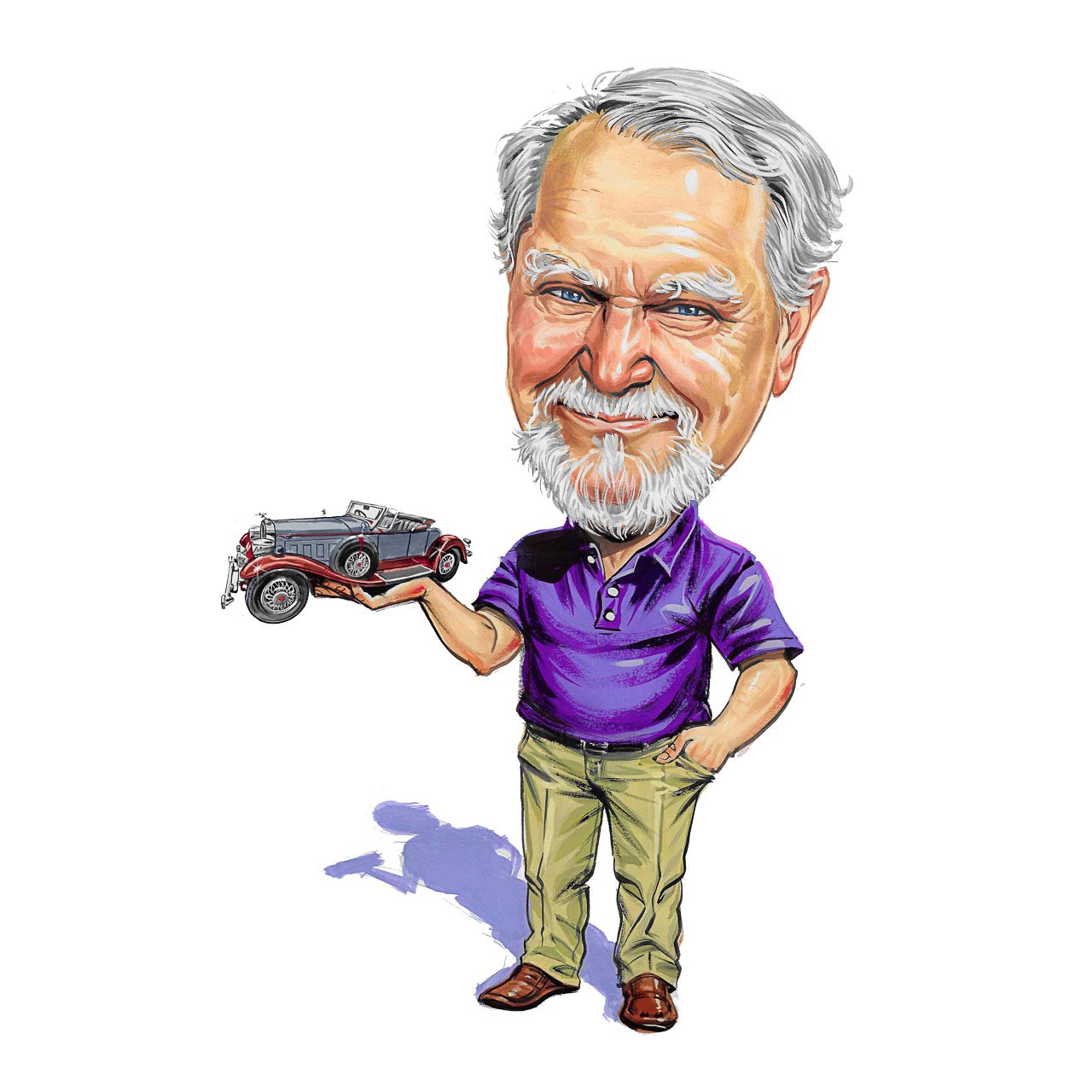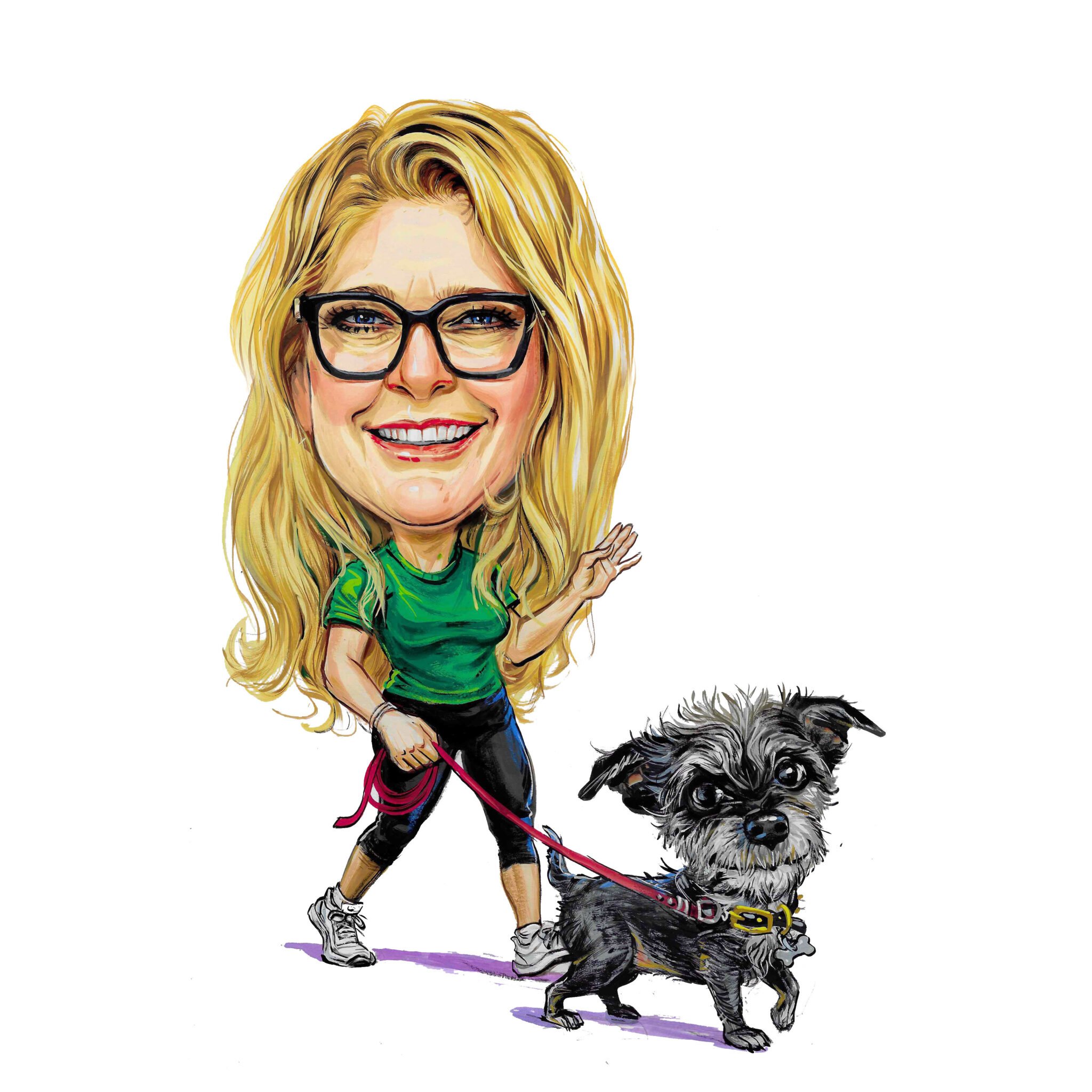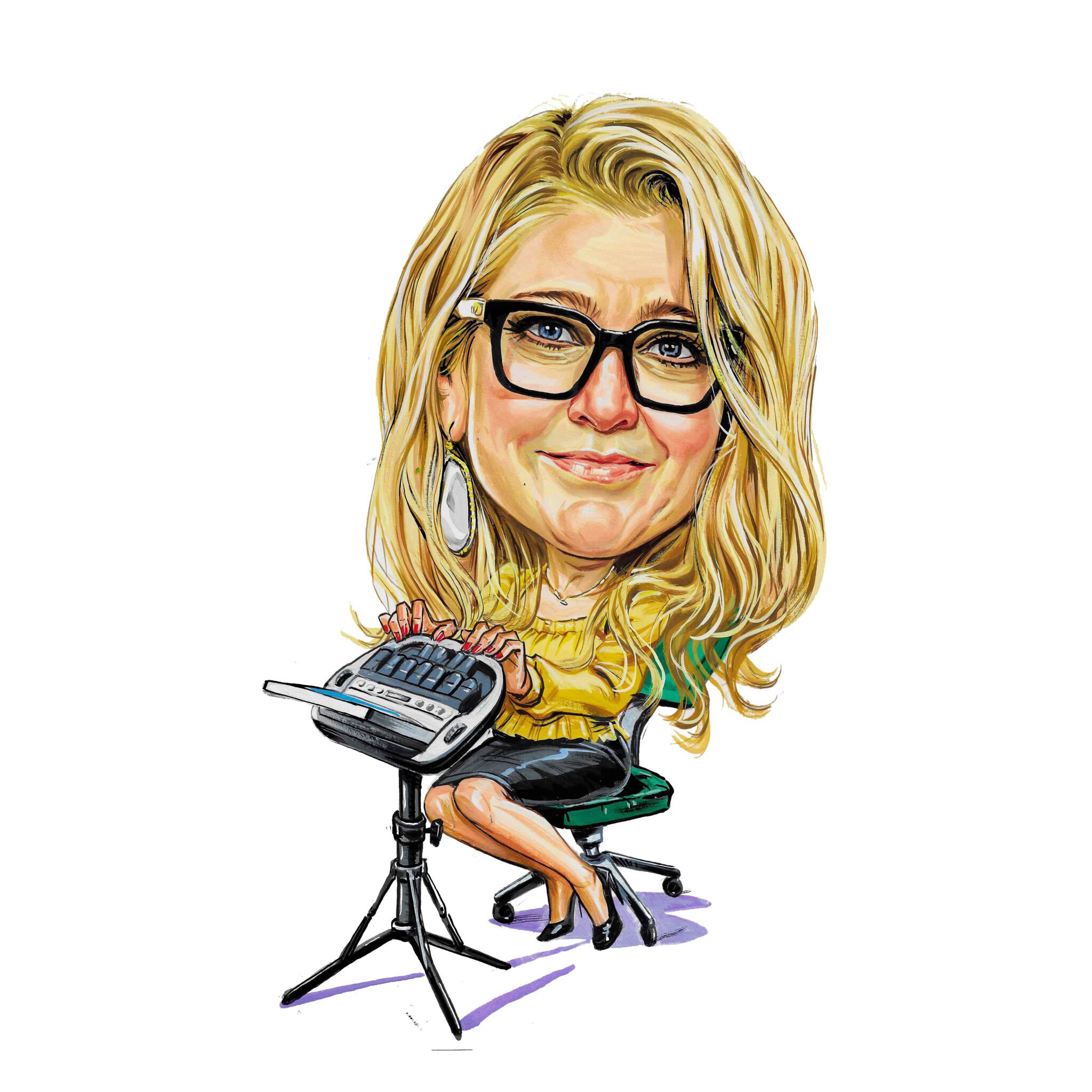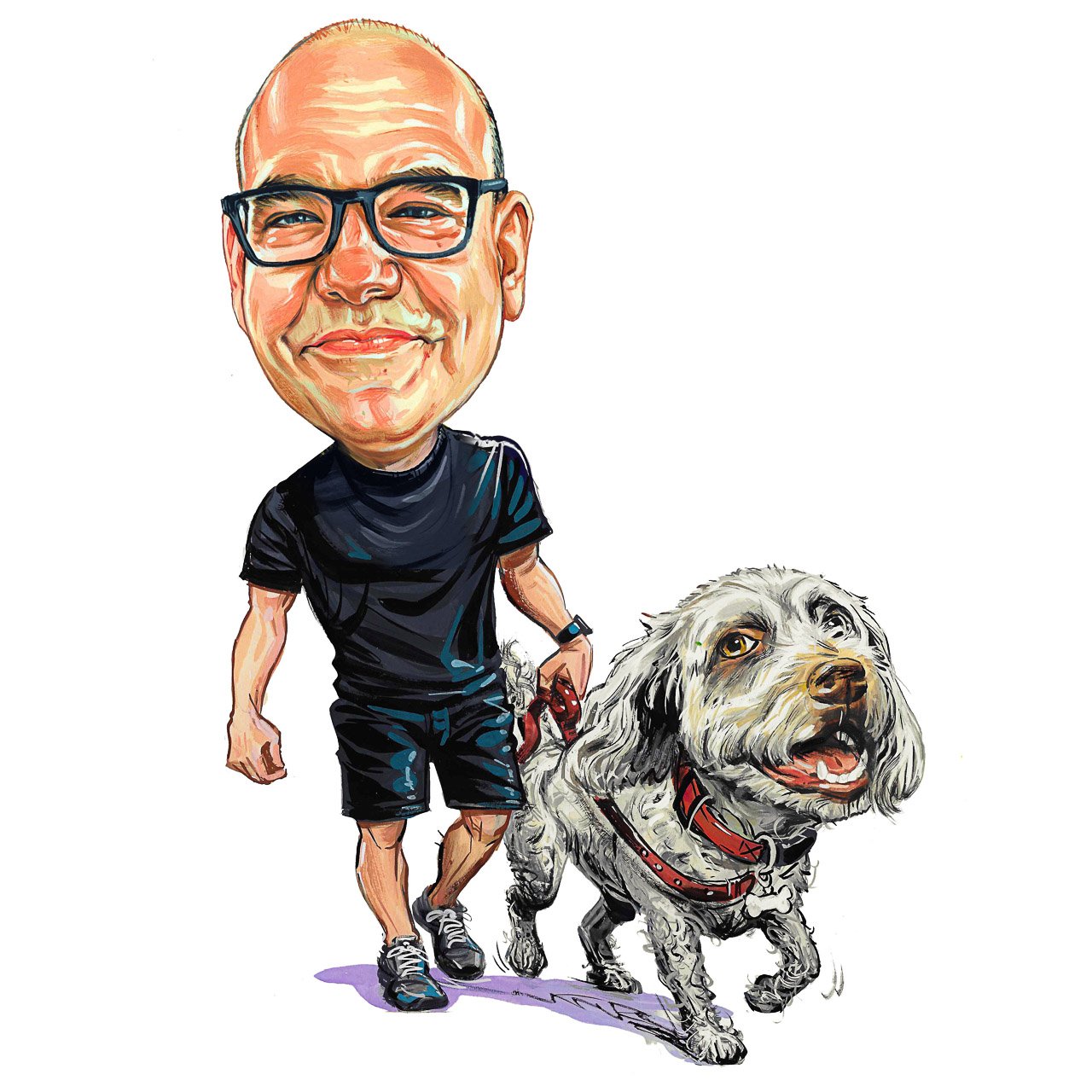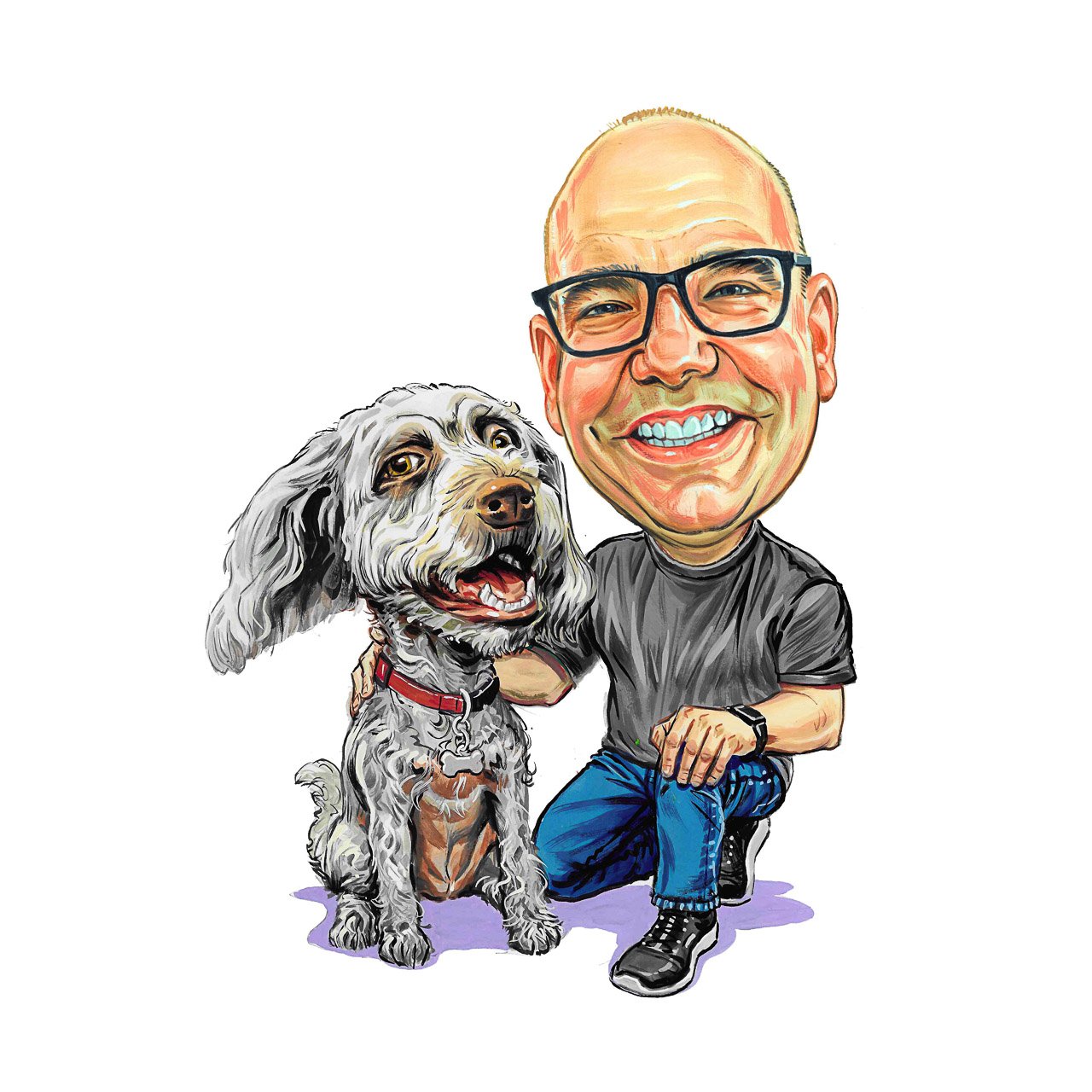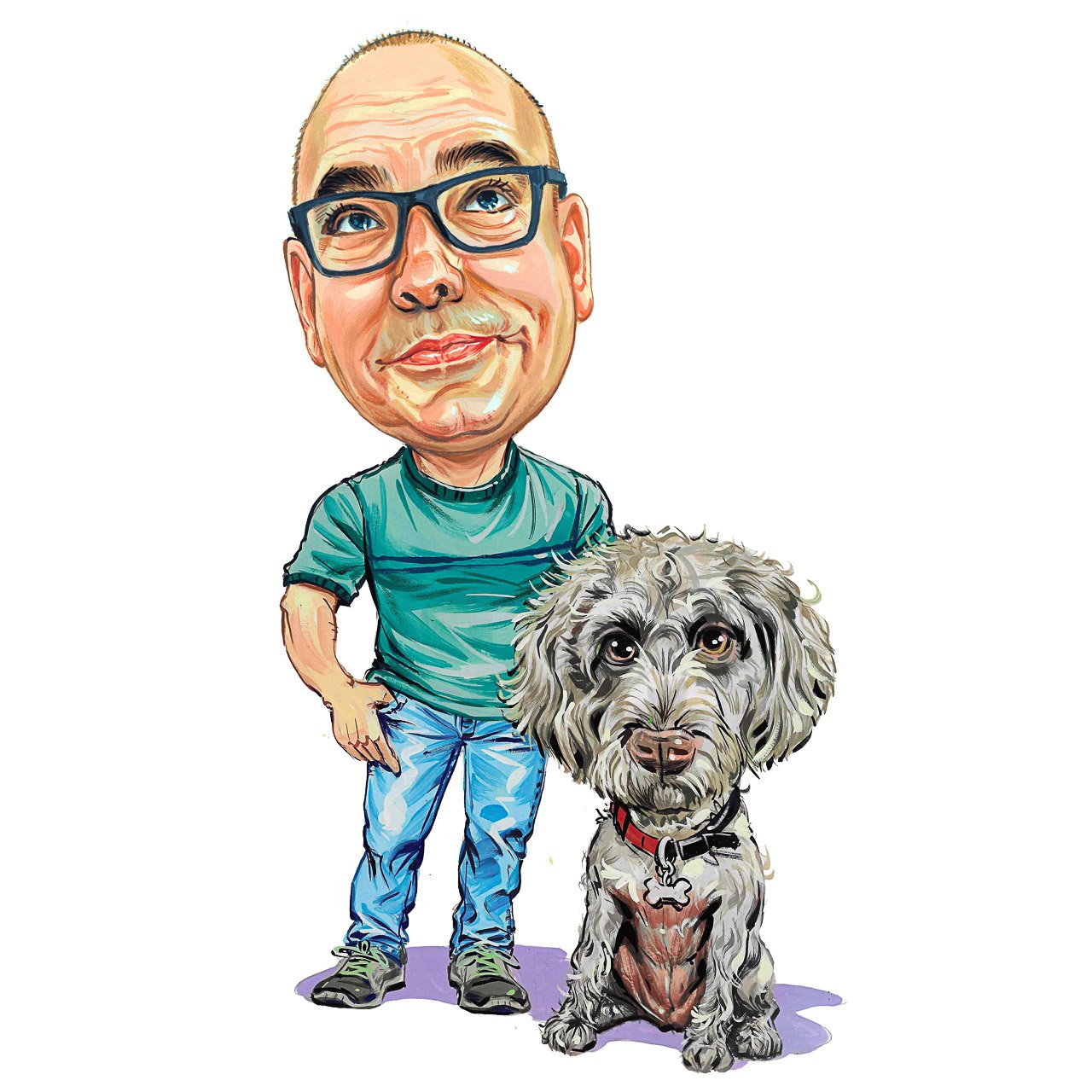About Houston Photographer Rob Greer
I am a Houston photographer specializing in work as a headshot photographer, portrait photographer, event photographer, product photographer, and commercial photographer.
I’m a camera whisperer best known for delivering fun, candid, and beautifully photographed stories that celebrate strong emotional connections. Through my photography, I’ll impress you with my maximum effort, unwavering commitment, and ambitious imagination.

And although I mention that I’m five times better than bacon, I’m only three times better—because bacon is that awesome.
Table of Contents
My Promise
As your photographer, I’ll take the best photographs of you that have ever been taken—or will ever be taken again unless you hire me for a future project. In that case, those photos would be best.
Photography Style
One client compared my work to a Pizza Margherita, saying that my photography is simple, tasty, and made with a minimum number of ingredients.
I strive for uncluttered compositions where you’re isolated from distracting surroundings. Most people see my photography as clean, natural, and modern. I’m happy with those labels.
I find my greatest joy in capturing photos of nature, people, and life.
On Artistry
I consider myself a craftsman—not an artist. Although I employ creativity and seek beauty in my photography, I value the craftsman tradition of repeatable workmanship, technical precision, and objective quality.
This means I’ll consistently deliver great photographs for every client—and especially for you.
Personal Profile
My friends think of me as honest, sharp, witty, friendly, dedicated, tenacious, responsible, intelligent, loyal, and driven, while my sister sees me as a goober.
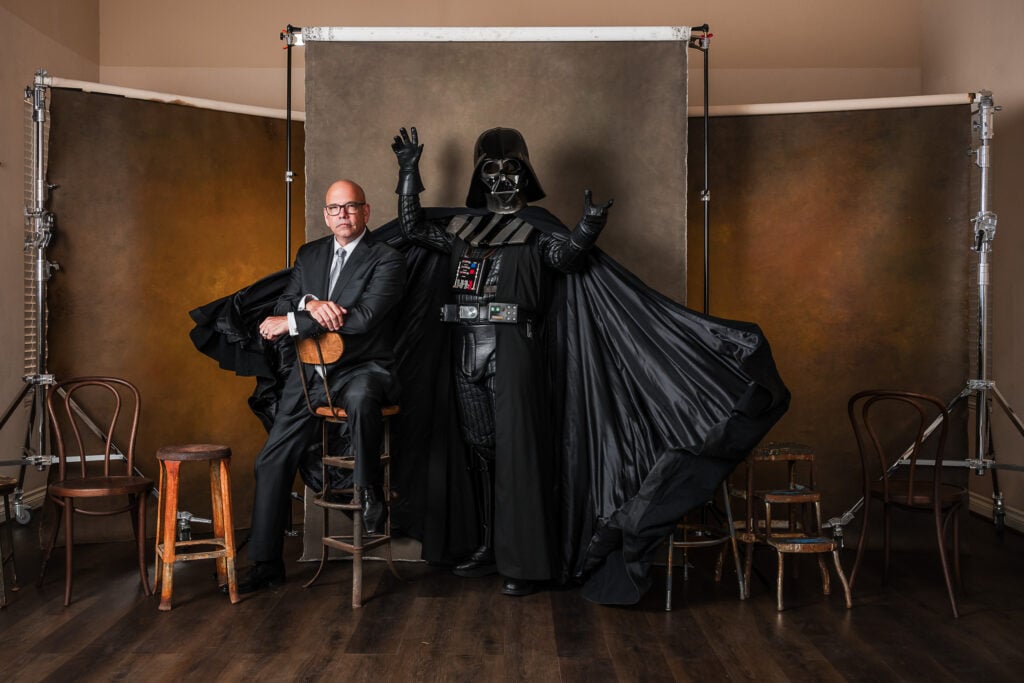
I resonate best with people who share my mild obsessive-compulsive tendencies. Although I enjoy organizing my shirts by color, style, and sleeve length, you don’t need similar determination, organizational skills, or attention to detail. But if we both shared those traits, that would be super neat.
Publications
My photography has been featured in publications including The New York Times, The Wall Street Journal, and the Houston Chronicle. If you’re fascinated by that sort of thing, check out my longer publications list.
I’m also in the running to work for made-up publications, including Better with Bacon Magazine, Eating with Ewoks, Zombie Apocalypse Digest, and the Photographers-With-Super-Long-Bios Gazette.
Clients
I have super-cool individual and business customers who make me a better photographer. Some of my best-known clients are Amazon, AT&T, Dell, Disney, Home Depot, Lowes, Microsoft, Reebok, Samsung, Shell, and Visa.
If seeing who I’ve worked with before makes you feel better about hiring me, check out my extended Photography Clients list. They’re all awesome—just like you.
Photography Awards
I’ve been recognized with hundreds of photography awards. For example, I was named Double Master of Wedding and Portrait Photographers International (WPPI), making me one of only thirty-two photographers in the world who could claim that title (at that time).
To learn more, you can wade through my lengthy, bullet-pointed list of Photography Awards. I also display award badges that might convince you that I’m both artsy and competent.
Celebrity Subjects
Photographing public figures is part of my job, and I’ve been privileged to meet folks I’d never have met if I wasn’t a celebrity photographer. Some past favorites include Arnold Schwarzenegger, Martin Sheen, and Sean Hayes.
If you’re interested in famous, infamous, and not-so-famous folks, check out the celebrities I’ve photographed. I’ve also photographed scores of total strangers, and I want to photograph you, too.
Superpowers
My most important superpower is that I’ll help you relax and look natural in front of my camera. My least important superpower is mixing and then sharing extra-savory, almost-dirty, shaken-until-bruised, three-blue-cheese-olive martinis.
I wish I had superpowers like Wolverine and Superman. Or Bruce Wayne’s money; that would be awesome, too. But, as an aside, have you ever wondered why Marvel movies are rollercoaster rides, while DC movies are brooding, sociology professor lectures?
Public Speaking & Education
I speak on the business of photography at regional, national, and international conferences. My classes are also featured on several online education platforms. I love sharing knowledge.
View my past and upcoming speaking appearances for more information about where I’ve been and where I’m speaking next.
Competition Judge
I’ve served as a six-time photography judge at the WPPI Print Competition in Las Vegas. I’ve also twice judged the National Association of Professional Child Photographers (NAPCP) International Image Competition.
I’ve also judged the ICON International Photography Awards, RISE International Photography Awards, and the I Am Photographer Festival Competition.
And I judge McDonald’s fast food, Walmart shoppers, and people who’ve never seen Star Wars. Does that make me a bad person?
Professional Organizations
I’m a member of Nikon Professional Services (NPS) and Fearless Photographers and a past member of Professional Photographers of America, Wedding and Portrait Photographers International (WPPI), and the WPPI Wedding and Portrait Photography Conference + Expo Advisory Board.
Equally important, in high school, I was an active 4-H member and served as the Electronics Club treasurer.
My Most Valuable Photograph
In my home’s foyer hangs a huge photo of my grandfather. He’s standing to the far left beside the 3005 E3d 4-4-2 Locomotive, wearing a fashionable suit, tie, and bowler hat. His name was Paul Pitt, and that portrait is my most valuable photograph. Family legend says he was an accountant for the New York Central or Pennsylvania Railroad in Buffalo, New York.
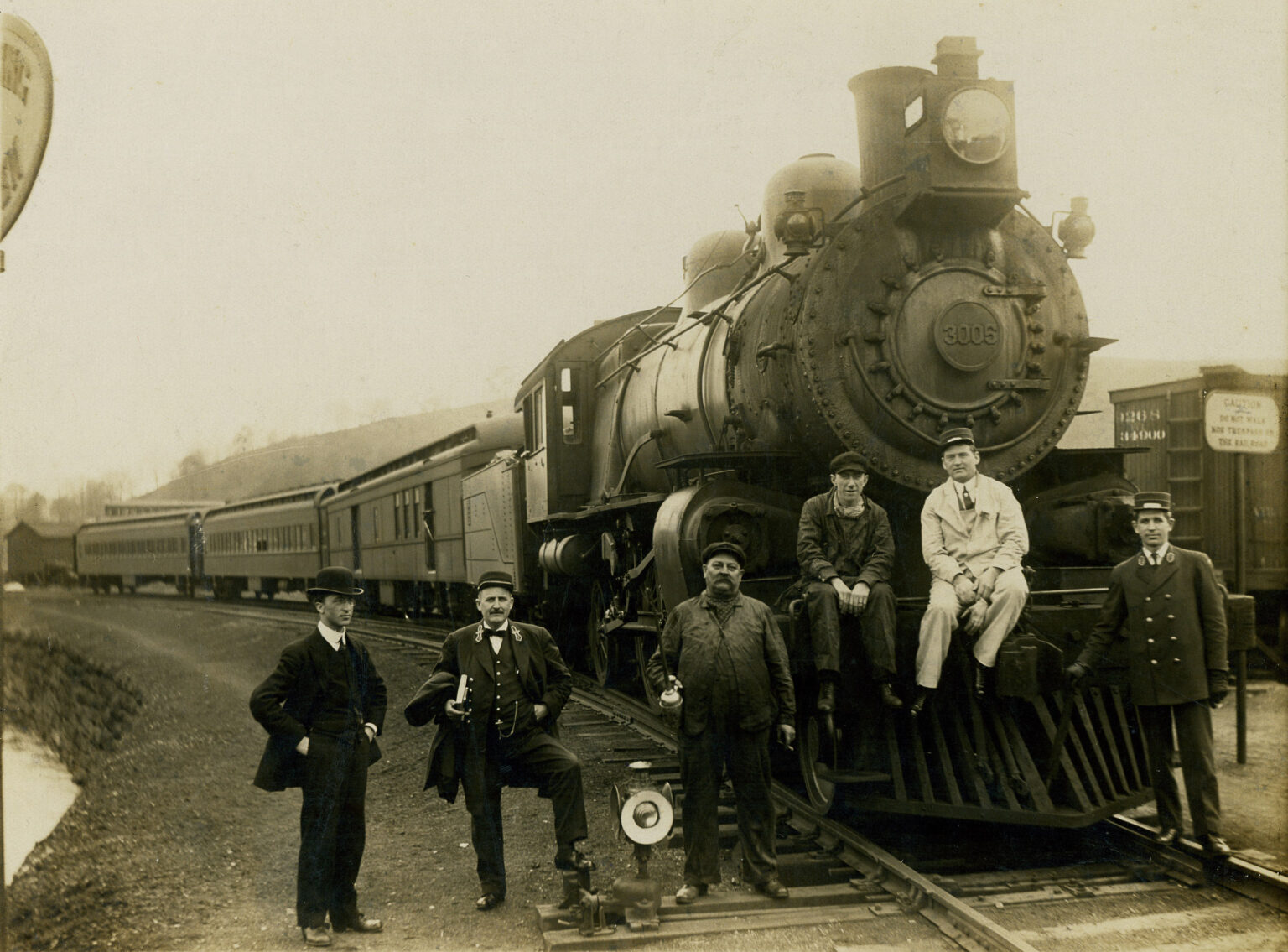
When I think of Grandpa, I always see him standing next to that train. Somehow, that photograph now represents who he was and what he meant to me.
When I create your photographs, I’ll remember the importance of visual heirlooms—whether I’m capturing an individual in-studio portrait or photographing a heavy-industry employee driving a forklift in a manufacturing facility.
My timeless storytelling will provide images worthy of appearing on your walls tomorrow and the walls of your future generations forever. Let me document your most meaningful moments—before it’s too late.
How do you want to be remembered?
Personal & Professional Goals
Here are some of my personal and professional goals. These words aren’t original, but I try to grow and live by them.
Beliefs
I oppose health, social, justice, safety, and opportunity inequities. I won’t tolerate abuse, discrimination, harassment, insensitivity, racism, or violence. Authenticity, empowerment, diversity, and marriage equality are my personal and professional imperatives.
I support people, organizations, and politicians who recognize these mandates. Let’s have difficult conversations and grow together.
I also believe that the moon landings were real, the earth is round, Il Forteto Boschetto al Tartufo is a tasty truffle cheese, and white chocolate chip macadamia nut cookies are best. I also believe in the Oxford comma.
This Public Service message is brought to you by the Professional Bald Photographers of Houston (a made-up group) and the Texas Association of Dairymen (because I love cheese). This 3-way pun covers my love for cheese made from milk, cheesy website comments, and yelling “say cheese” when I photograph small children. Actually, I never ask folks to say cheese, but that claim makes this story better.
Famous Photographers
Some of my favorite photographic artists include Dorothea Lange, Ansel Adams, and Richard Avedon. They’re all rock stars of the photography world.
Dorthea Lange
One of my favorite photographs is Migrant Mother, which Dorothea Lange captured in 1936 on her visit to a migrant worker’s campsite.
A camera teaches you how to see without a camera. — Dorothea Lange
I admire Lange as a photographer because of the compelling aesthetic quality of her work and, more importantly, because her photography helped the public better understand the plight of the desperately poor and almost forgotten migrant farmers during the Great Depression.
Ansel Adams
Although it’s trite for me to cite Ansel Adams as a personal favorite, there is no denying that Adams was a photographers’ photographer. Adams’ groundbreaking work in the darkroom, in the business of photography, and his advanced work in defining photography techniques are legendary.
There are no rules for good photographs, there are only good photographs. — Ansel Adams
Since I’ve visited and photographed the Yosemite Valley, the Grand Canyon, and other locations Adams made famous, I’ve come to have a deeper and closer appreciation for the works of this grand master of photography.
My favorite Ansel Adams photograph is Clearing Winter Storm, taken in Yosemite National Park c. 1942. When I view his work, I feel humbled as a photographer.
Richard Avedon
I admire Richard Avedon and his work based on Avedon’s technical and artistic expertise as a portraitist. Avedon’s greatest strength is his ability to capture expressive portraits using consistent lighting and framing in simplistic settings.
All photographs are accurate. None of them is the truth. — Richard Avedon
Because of his photographic style, Avedon’s images consistently leap to life. His portraits are so much more than a moment in time; they’re raw emotion. My favorite Avedon images are of Kareem Abdul-Jabbar at 16, Navajo Harrison Tsosie, oilfield workers Stan Riley + James Law, and coal miner James Story.
Photographer Influencers
John Quincy Adams wrote that if you’re a leader, your actions will inspire others to dream more, learn more, do more, and become more. Those words speak to the leadership shown by great creatives who have helped me in my professional photographer journey.
Countless photographers have challenged, inspired, and guided me over the years. Jerry Ghionis, Vanessa Stump, and Dina Douglass are three of the most notable.
Jerry Ghionis
Jerry Ghionis is a Nikon Ambassador and one of the most influential wedding photographers of the 21st century. He’s also one hell of nice guy.
If you want to be a better photographer, be a better person — Jerry Ghionis
I attended one of Jerry’s two-day wedding photography classes at the 2007 Wedding and Portrait Photographers International Conference in Las Vegas. My work changed overnight. No other person has done more to help me become the photographer I am today. I’m forever grateful to call him both a mentor and a friend. And in 2024, he photographed my wedding.
Vanessa Stump
Vanessa Stump is a spectacular food photographer—and my best friend. She’s also the kindest person I’ve ever met.
My food photography is super yummy, just like the best meal you’ve ever had. — Vanessa Stump
We’ve photographed hundreds of weddings together. She’s my professional confidant and behind-the-scenes champion, and I wouldn’t be the success I am today without her.
Dina Douglass
Dina Douglass is a fantastic photographer. She created groundbreaking work in South Asian wedding photography and more recently started publishing the 80s punk rock photography she captured as a teen.
Nothing makes me happier than creating images that make people happy. — Dina Douglass
She was my sounding board for many years, and I was hers. Few photographers have the business acumen she does and whose professional sensibilities so closely match mine.
History: My Story
I entered this world with a camera in my hand. My first photos were an autobiographical, photojournalistic birth essay published in National Geographic. Not really.
Here’s some more fascinating personal information—much of it copied from my inactive Match.com profile. For my entire work history, check out my résumé.
Hobbyist to Professional
My story as a professional photographer began in early 2004. As a nature photography enthusiast who loved photographing landscapes and flowers, I enjoyed fancy cameras—really fancy cameras. I discovered I could save money when itemizing taxes if I claimed that expensive camera equipment.
With that singular goal in mind, I became a professional portrait photographer and later sought work as a wedding photographer.
And after that, here you are—reading this stupidly long photographer bio and thinking about ice cream. My favorite Baskin-Robbins flavors are Caramel Turtle Truffle, Reese’s Peanut Butter Cup, and Jamoca. Do you have favorites? Inquiring minds want to know!
Farmer to Technocrat
My first real-world employment was as a farmhand in Louisiana. This demanding work taught me responsibility, self-sufficiency, and a strong work ethic. And that arguing with cattle is pointless.
In my later teenage years and through college, I held many jobs, including Domino’s Pizza phone operator, hotel front desk clerk, rent-to-own repossession expert, radio station DJ, busboy, lifeguard, swim teacher, pizza maker, grocery store produce clerk, grant writer, and Subway sandwich artist.
I’ve also been a technical writer, private college instructor, computer software trainer, and software product manager. Plus, I invented the world’s first web-based grade book for K-12 school districts. Katy ISD and Montgomery ISD were two of our clients.
Entrepreneur
I co-founded Golfballs.com during the dot-com boom. For that reason, I believe in mulligans and unconditionally support graphene improvements in golf ball construction. But I’m a terrible golfer. For these same reasons, I’m an amazing golf photographer.
I also founded Einstein Digital Media, one of the first web design companies in Louisiana, and Good Gallery, a software company that provides photographers with website content management tools. After serving as Managing Director for 13 years, I sold Good Gallery.
Military Veteran
As a Marine Corps veteran, I still enjoy making fun of people in the Navy. My ribbons and medals include the Combat Action Ribbon, Joint Meritorious Unit Award, Navy Unit Commendation (two stars), Selected Marine Corps Reserve Medal, and the National Defense Service Medal.
Also, the Southwest Asia Service Medal (two stars), Humanitarian Service Medal, Sea Service Deployment Ribbon, Saudi Arabia’s Liberation of Kuwait Medal, and the Kuwait Liberation of Kuwait Medal.
Given that experience, you can rest easy knowing that I operate effectively in high-stress environments, including those that might occur when I photograph your project or event.
High School
I attended secondary school at Grant High School in Dry Prong, Louisiana. Dry Prong is so small that it’s just a village.
Drawing students from a parish covering 665 square miles, my graduating class included fewer than 125 students. One of those students is now Dry Prong’s mayor—impressive proof that I know powerful people.
When writing this section, I was having trouble thinking of nice things to say about my old hometown, so I asked AI for five interesting facts about Dry Prong. Sadly, none of the answers were interesting. And that’s Dry Prong.
College
I began my college education at Louisiana Tech University. I later earned a master’s degree in English from Northwestern State University. I began my Ph.D. work at the University of Louisiana at Lafayette but didn’t complete my studies.
But don’t let my background worry you; I’ll never correct your grammar. Unless you hire me to correct your grammar.
Fun Facts
You can hum the Sesame Street theme song as you read these tidbits. Or scan this list while rolling your eyes sardonically. Both work for me. You do you, boo-boo.
I was featured on the pilot episode of Save Our Shelter, a CW reality TV series that features animal shelter renovations. I adopted my dog Newt during the taping. The show sometimes appears on Netflix; add it to your watchlist!
I spent my teenage years as a farm laborer harvesting potatoes, corn, tomatoes, butterbeans, mustard greens, and hay—for $20 a day. In case you didn’t know, farm work is hard.
My sister Suzie Greer Baker is a well-known professional oil painter in The Woodlands. She teaches workshops and has received many industry awards.
The first time I sang karaoke, Lisa Loeb stood next to me, beating a Donald Trump piñata. My song selection was Johnny Cash’s “Ring of Fire.” There are pictures to prove it.
My most dramatic near-death experience was when I drove my 1985 Camaro Z-28 under a semi-trailer one dark and stormy night. #duck
In 2024, I married my dearest friend, Cheryl, in Las Vegas. Elvis was our officiant, Darth Vader was my best man, and Amy Winehouse was Cheryl’s maid of honor. Want to see the photos?
After photographing hundreds of events and celebrities, I have more cool stories. I’ve documented some of those tales on my website.
Milestones
Since you’re this deep into my About Me page, let’s reward you with brief snippets describing my life—although, admittedly, “reward” might be a bit of a stretch.
1969 — Born as Blaine Lawrence Campbell to my birth mother, Isabelle Campbell, in Ontario, Canada at The Ottawa Hospital Civic Campus.
1970 — Adopted by American parents Carol and Robert Greer. My adoptive father was a Marine stationed at the United States Embassy in Ottawa. They changed my name to Robert Greer. My family called me Robbie. I later shortened my name to Rob because one syllable is easier to say than two.
1971 — My parents adopted my sister Suzie, also a Canadian. Her birth name was Erica Lynn Greatrix. According to baby-book records, this was also the year I learned how to use the potty.
1972 — My father, a Gunnery Sergeant, was transferred to Marine Corps Base Camp Pendleton in Southern California. My family lived in a modest Oceanside home.
1973 — My father retired from the Marine Corps, and we moved to Pineville, Louisiana, a small rural town. My father chose this location because it was near his childhood home of Deville, a census-designated place that today has fewer than 1,000 residents.
1974 — I began my education at J.I. Barron Elementary School. On my first day of kindergarten, during lunch, I offered Todd Everett my chocolate milk in exchange for his friendship. He refused my tasty chocolate milk—and my friendship.
1975 — I kissed a girl for the first time in the back corner of the school playground. Stacey Jowers ran away—crying. I still feel terrible about it.
1976 — Second grade was when I was first identified as a problem student. I blame my teacher, Mrs. Franklin. I talked too much. My verbal diarrhea was a recurring issue throughout elementary school.
1977 — My parents divorced. I was disappointed that our Disneyland summer vacation was canceled. I saw Star Wars Episode IV: A New Hope in an Arizona movie theater.
1978 — The coolest kids in school owned computerized, handheld Mattel Classic Football games. I wanted to be popular too. So I saved every penny and bought a handheld Mattel Soccer game. But nobody wanted to play Mattel Soccer. I remained unpopular.
1979 — Mrs. Dunbar was a mean teacher. This was my least happy year in elementary school. She suggested that I be tested as a slow learner. Test results proved I was just bored in class. Another recurring theme.
1980 — I was suspended from school for singing incorrect lyrics out loud to Queen’s Another One Bites the Dust. I misunderstood the stanza, “Out of the doorway the bullets rip” to be “Out of the doorway f&$king shit.” Oopsie.
1981 — My mother remarried and bought a home in Grant Parish, Louisiana, near the rural community of Prospect. I attended Dry Prong Junior High School, where I earned the nickname Cricket for eating one on a $20 dare.
1982 — Started work as a farm hand at Rance Robertson Produce. The Fair Labor Standards Act (FLSA) approved agricultural work for minors so I was only 12 years old when I began harvesting potatoes, tomatoes, corn, and hay—for $20 a day.
1983 — Played on the Grant High School Freshman Football Team. Go Cougars. My game-day participation typically involved bench warming.
1984 — The school librarian introduced me to Edgar Rice Burroughs, creator of Tarzan and John Carter of Mars. My college master’s degree thesis was titled, From Africa to Mars: The Moral and Social Commentaries of Edgar Rice Burroughs. All theses require long and pretentious titles.
1985 — I bought my first vehicle, a rusty 1969 Ford pickup truck. The truck didn’t run. Lewis Griffis and I bought junkyard parts and spent the summer reassembling the engine. When we finally started the engine, it instantly threw a rod, ruining it forever. Sadly, I sold my first vehicle to a junkyard, never having driven it.
1986 — Joined the High School Drama Club’s production of Shakespeare’s Twelfth Night. I was cast as Malvolio—a sad man of high self-regard and remarkable ambition. The irony isn’t lost on me. I’m still not black in my mind, but yellow in my legs.
1987 — Graduated high school and left for the Marine Corps Recruit Depot (MCRD) in San Diego, California. I graduated from MCRD and transferred to Camp Pendleton for Infantry School, where I specialized in Dragon anti-tank missile systems and demolitions.
1988 — Returned to semi-civilian life as a Marine Corps reservist, where I continued my service one weekend a month and for two weeks each summer. Admitted to Louisiana Tech University, where I majored in English, minored in History, and joined Sigma Pi Fraternity, Delta Lambda Chapter.
1989 — Our Sigma Pi chapter resembled National Lampoon’s Animal House, so it’s not surprising that our charter was revoked. I then transferred to Northwestern State University, joining my best friend Marc Poniatowski. He had cool friends who threw great parties.
1990 — My Marine Corps TOW Missile Platoon was among the first reserve units activated as part of Desert Shield. I withdrew from college, flew to Camp Pendleton, embarked on an LCAC, and boarded the naval ship U.S.S. Anchorage (LSD-36). Thus began my journey to the Persian Gulf.
1991 — My platoon executed an LCAC beach landing at Ra’s al Mish’ab, Saudi Arabia with 4000 other Marines. We moved into Kuwait where I served in a ground combat role during Operation Desert Storm. Upon returning home, I was released from active duty and returned to college at Northwestern State University.
1992 — I graduated from Northwestern State University with a mediocre college GPA. Surprisingly, I was accepted into their master’s degree program. I wanted to be a college professor.
1993 — When I wasn’t in class, I worked as the Front Desk Night Clerk at the Best Western Hotel in Natchitoches, Louisiana. Strange, interesting, and dangerous things happened in the middle of the night at hotels located near major interstates. I also taught myself LPC programming while playing Kobra MUD.
1994 — I graduated with my master’s degree in English from Northwestern State University. Then I moved to Lafayette, Louisiana, where I taught English and Computers at Remington College. Back then, people still needed computer education.
1995 — Leaving Remington College, I worked at USI Microage selling computers and training office workers on Microsoft applications like Windows, Word, Excel, and PowerPoint. I also built small business websites most evenings. I was tapped as Co-founder of Golfballs.com.
1996 — I co-founded Einstein Digital Media, a website design company. One of my partners suggested the name Einstein because we could leverage the idea that Einstein was super smart. So smart.
1997 — We sold Einstein Digital Media to ICON, with me staying on to manage the website division. Just a few months later, ICON rolled up into a publicly traded professional services company known as Brightstar. I then served as the national Managing Director of Ecommerce.
1998 — Through my role at Brightstar, I helped build websites for companies like Walmart, Dillards, Conoco, Schlumberger, and NASA. I also pitched Hallmark and Sears, but we weren’t selected for those accounts.
1999 — Prince’s “1999” deservedly received tons of airtime. I won’t see another New Year’s Eve quite like it. I also visited Disney Studios for a Disney’s Tarzan preview.
2000 — Although I prepared for the Y2K millennium bug, I was relieved that computers didn’t stop working. But I got stuck with too many leftover disaster supplies. MREs for life.
2001 — I moved from Lafayette, Louisiana, to Pasadena, California, having accepted a new job where I served as VP of Product Management for SchoolSense. It was there that I developed the world’s first web-based grade book for K12 school districts. In my spare time, I also played Burt Dinwitty in a West Hollywood Sunset Strip theater production of Dark of the Moon.
2002 — Although my passing and setting skills were lousy, I played two-person beach volleyball four days a week in Santa Monica. I endured terrible traffic driving to and from the west side to play all day on weekends and every Tuesday and Thursday night. I once even played in a competitive round-robin tournament where I placed first—but that victory was earned in the least-skilled bracket.
2003 — I became the online manager for Clive Cussler and his National Underwater and Marine Agency (NUMA). Clive once called me the real Hiram Yeager of NUMA which were super cool words to hear. I held that role until 2018, when I finally passed the torch. Also, the Canadian government put me in touch with my birth mother. And I saved two guys from a burning SUV.
2004 — I started as a professional photographer under the Rob Greer Photography brand. I also photographed my first wedding.
2005 — Hurricane Katrina destroyed my vacation property in Gulfport, Mississippi—leveling it to the foundation. It was never rebuilt. The people of New Orleans fared far worse.
2006 — I met author George R. R. Martin at San Diego Comic-Con, where he signed one of my books—an edited anthology. Had I known then what I know now, he would have been signing a copy of A Game of Thrones, now worth thousands.
2007 — I attended an all-day wedding photography class taught by Jerry Ghionis. My photography would never be the same. I point to this day of education as the turning point in my photography career.
2008 — I moved into a 4000 square foot live-work photography studio near downtown Los Angeles in the former Southern California Edison Electric Power Station #3 (built in 1903). My Los Angeles Brewery studio was noisy and had no climate control, but it was one of the coolest photography studios Los Angeles has ever seen.
2009 — My Brewery Artist Complex studio was discovered by Hollywood location scouts and was sometimes rented for filming. It was once featured as a murder scene location in a CSI Miami episode. I witnessed David Caruso taking his sunglasses off.
2010 — I purchased a 1920s Craftsman bungalow located near the historic Bungalow Heaven district in Pasadena. People would visit and comment on my succulents; some would walk away with free clippings, some stolen and some gifted.
2011 — Combining everything I know about websites and photography, I founded Good Gallery, a SaaS company that provided better websites for photographers.
2012 — Nothing important happened this year.
2013 — This was the first year I taught search engine optimization at a national photographer conference. And the rest is history.
2014 — Sean Hayes asked me to photograph his wedding. Best known for his role on Will & Grace, Sean married Scott Icenogle in an intimate backyard ceremony. Sean searched for “quirky los angeles photographer” and found me on Google. This was my first celebrity wedding.
2015 — I adopted my best friend Newt from a Burbank animal rescue. I loved her more than anything in the world. Also, that year, the Supreme Court voted to allow same-sex marriage nationwide. As a vocal, long-time proponent of marriage equality, this was amazing news.
2016 — My favorite Los Angeles bookstore closed after 40+ years of continuous operation. Mystery & Imagination will be missed forever.
2017 — When I was photographing Vince Gilligan, the creator of Breaking Bad, Bryan Cranston stopped in and asked me to help him run lines. Not really, but I did photograph Vince Gilligan.
2018 — I was asked to photograph Bob West, the voice of a loveable purple dinosaur named Barney. ♪ ♫ ♪ I love you, you love me, we’re a happy family. ♪ ♫ ♪
2019 — I left Los Angeles and moved to Houston, Texas. I opened my photography studio in downtown Houston. I also met Cheryl, a stenographer who would one day become my wife.
2020 — Coronavirus sucks.
2021 — The great Houston freeze left everyone without power or water for a week. I appeared in Clive Cussler’s novel, The Devil’s Sea, starting on page 204. My father died.
2022 — I attended my first Houston rodeo. Russia invaded Ukraine. I was photographing a private meeting when the former ambassador to Ukraine told the heads of ten major oil companies that the war would last a long time. I scoffed because I was sure it would be over in months. He was right; I was wrong.
2023 — This was the hottest summer of my life. And it was the year of my first colonoscopy, my first hospital stay (perforated appendix), and my first surgery (appendectomy).
2024 — Newt crossed the Rainbow Bridge. I married Cheryl in Las Vegas. Elvis was the officiant, Darth Vader was my best man, and Amy Winehouse was her maid of honor. See our photos here. We also adopted Sage, a goofy Goldendoole.
2025 — Big things are happening. Check back next year and find out more!
How to Hire Me
I love telling stories through my photography and I hope that my next story is yours. If you’re still reading this incredibly long biography, you’re amazing. Please contact me now, mention your accomplishment, and ask for your special prize!


